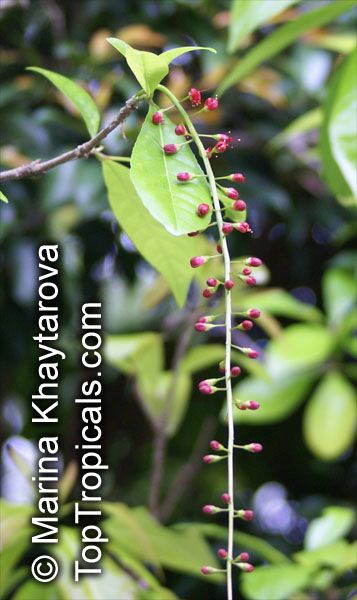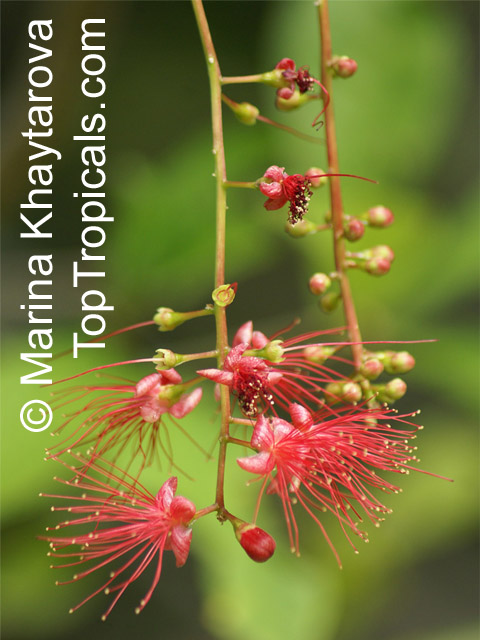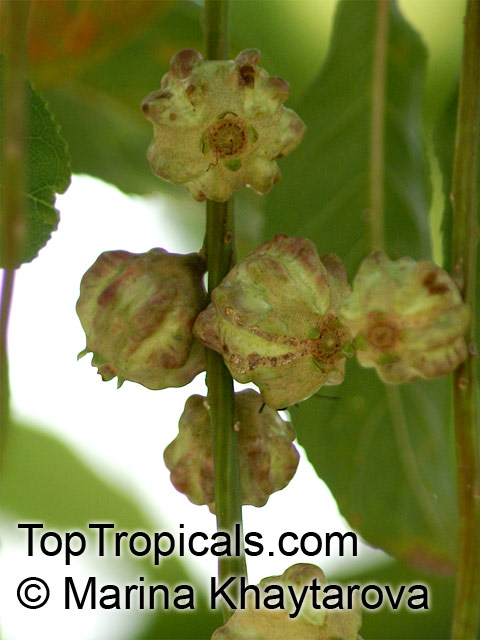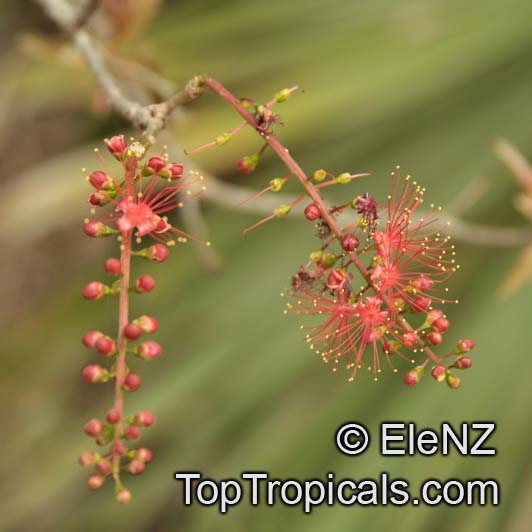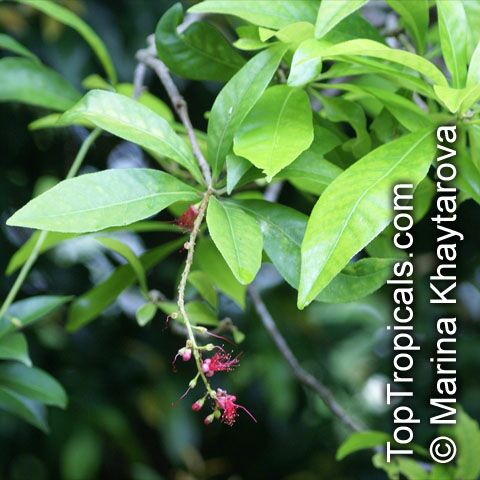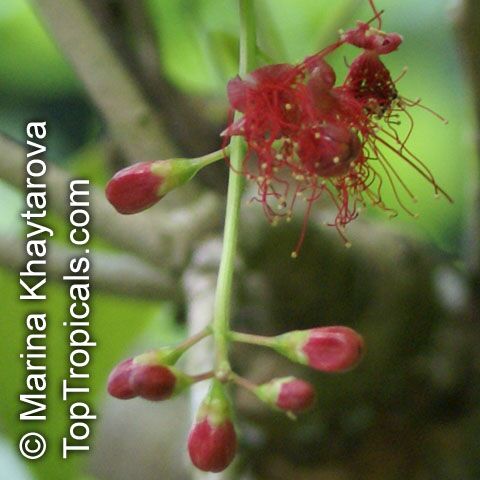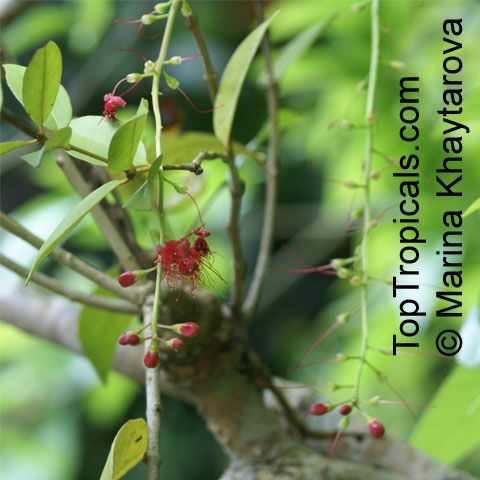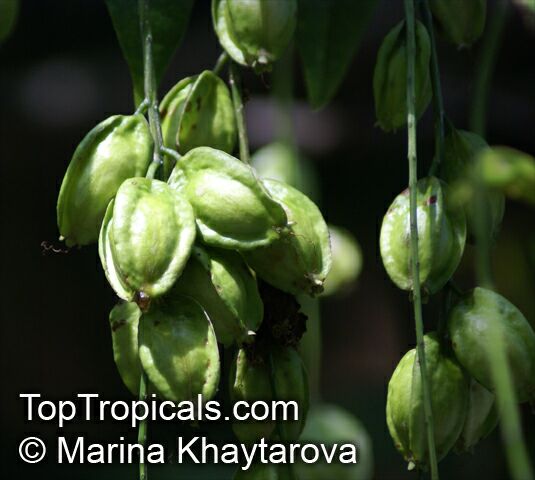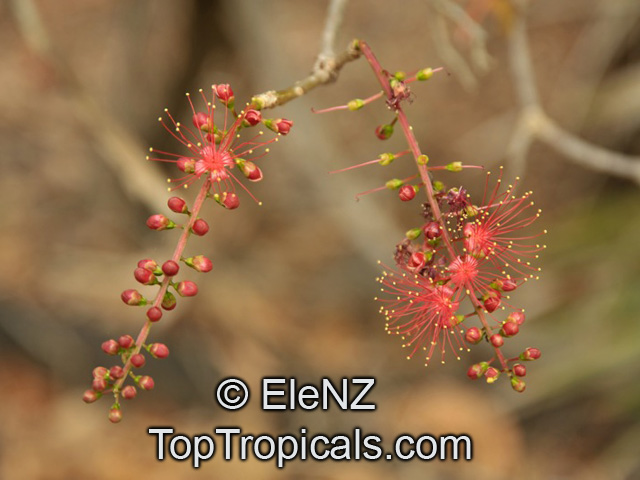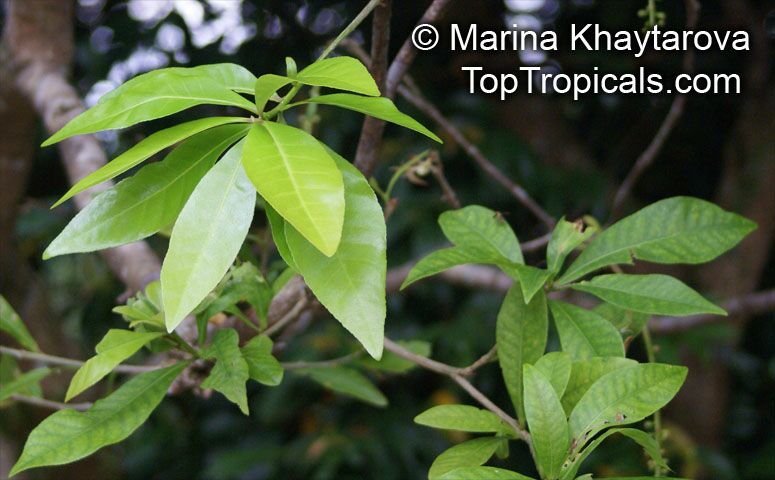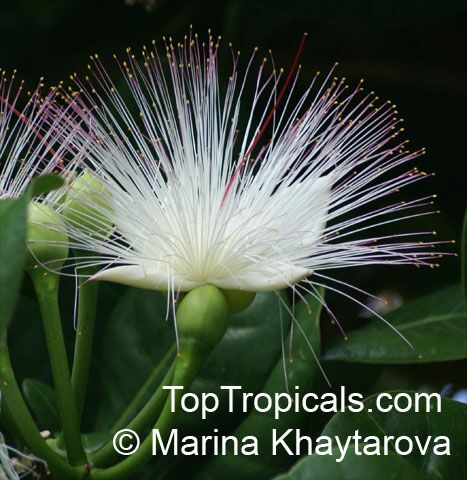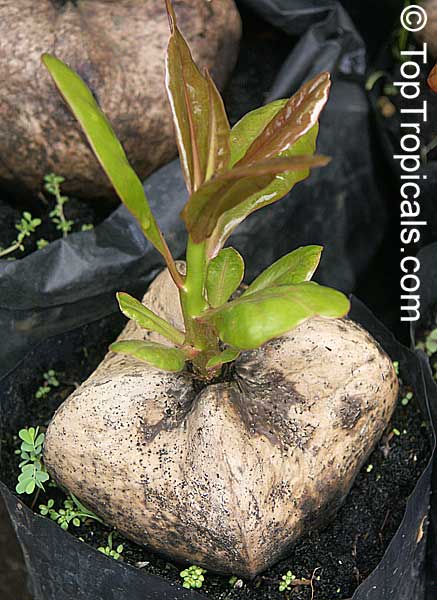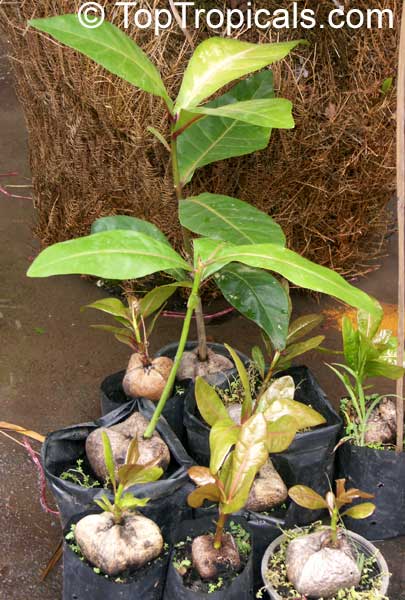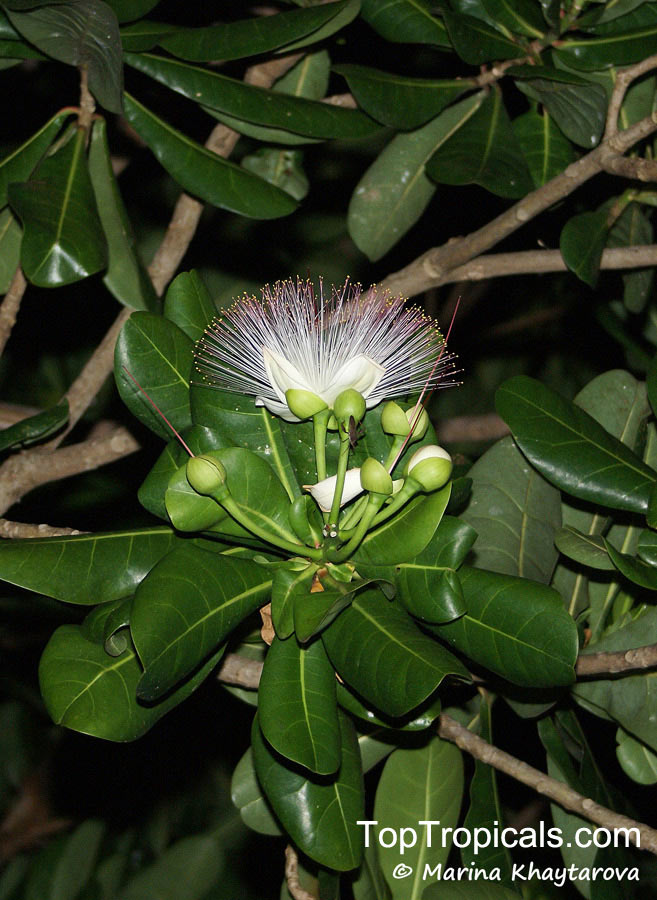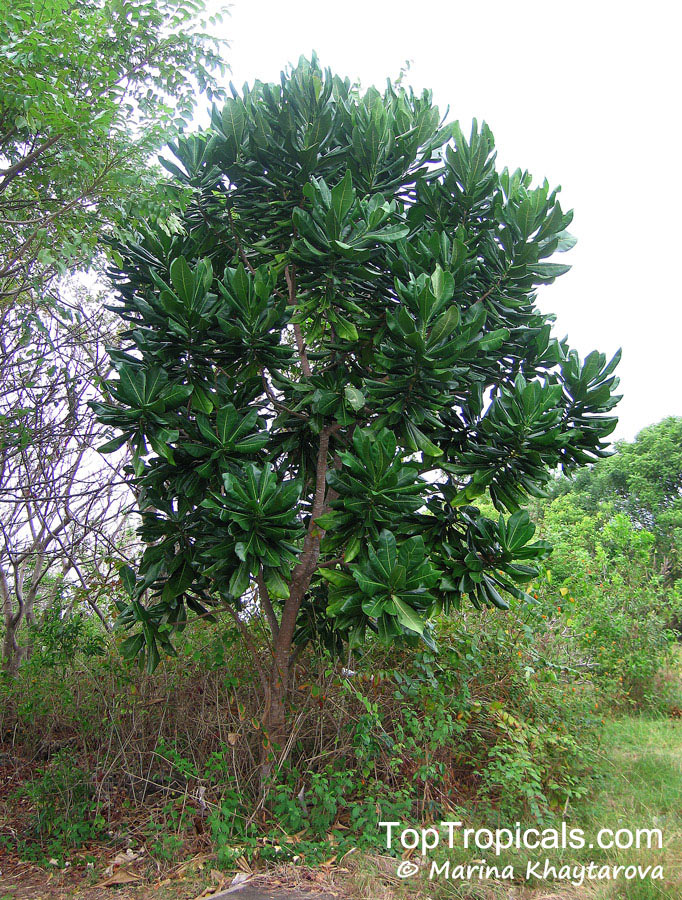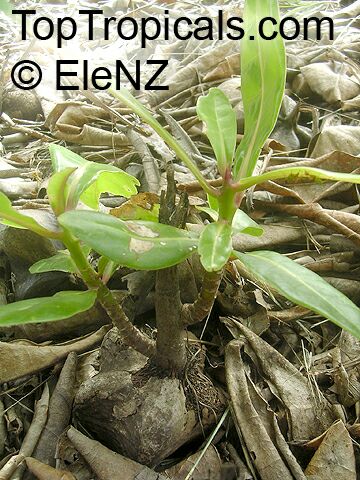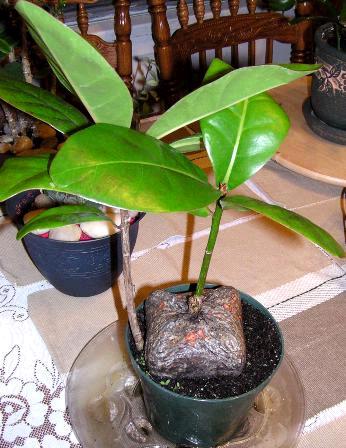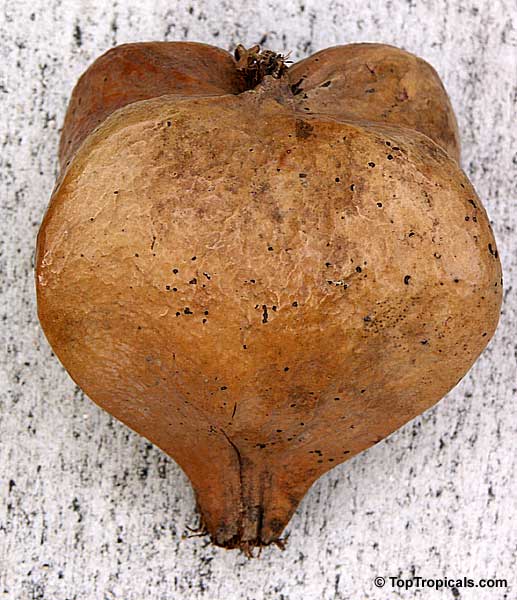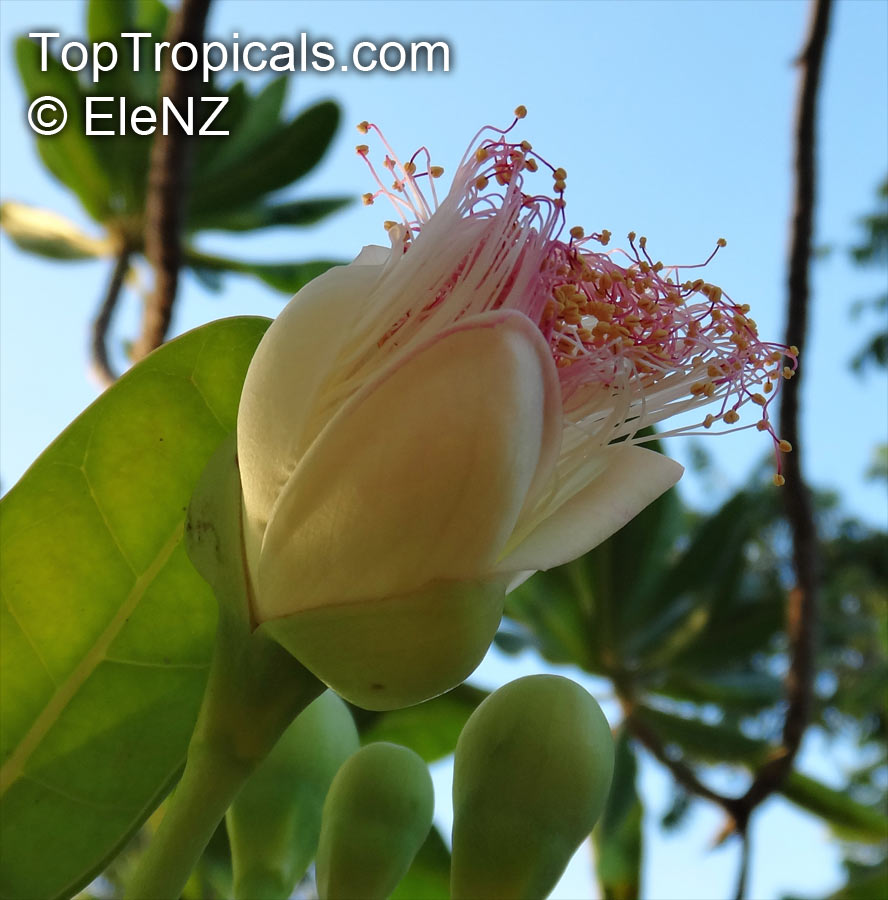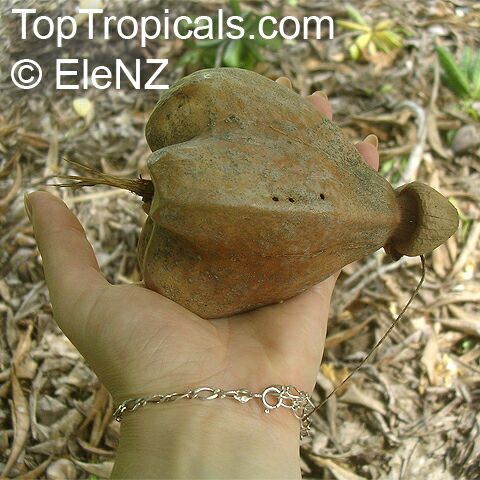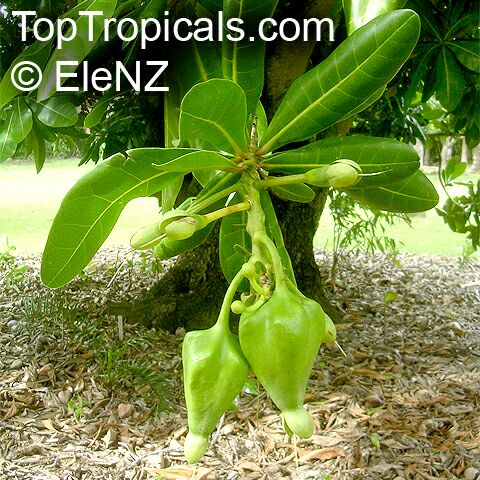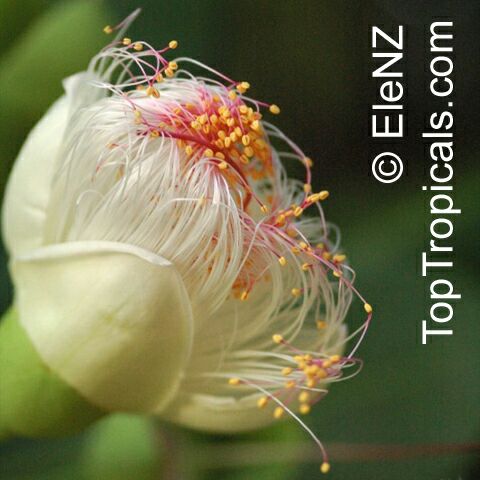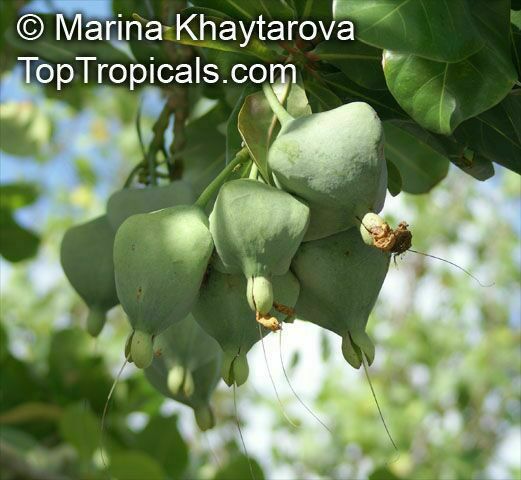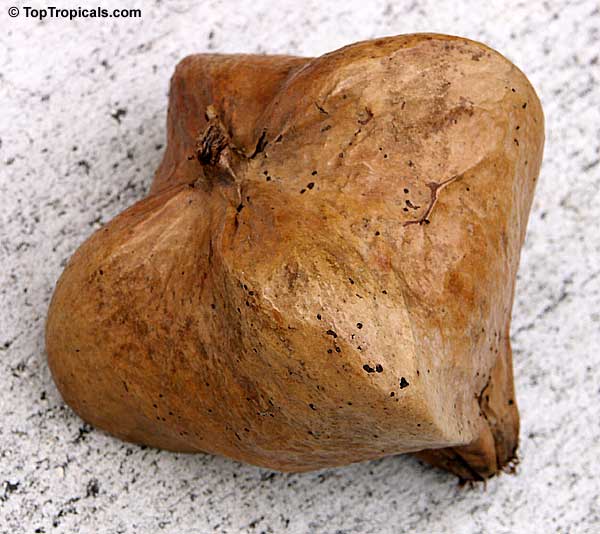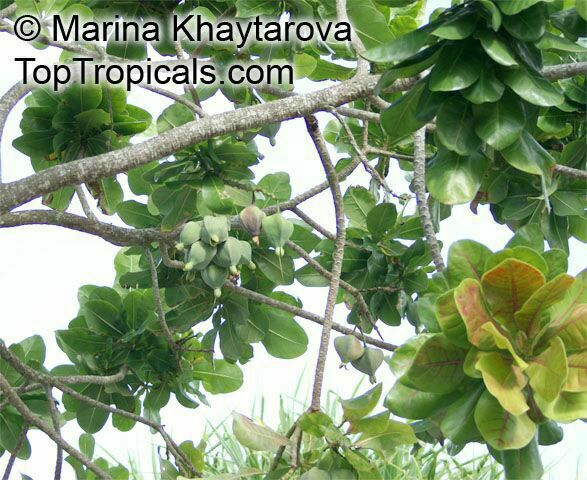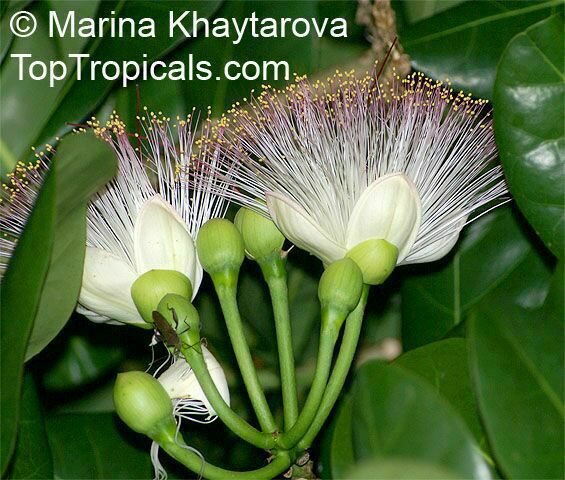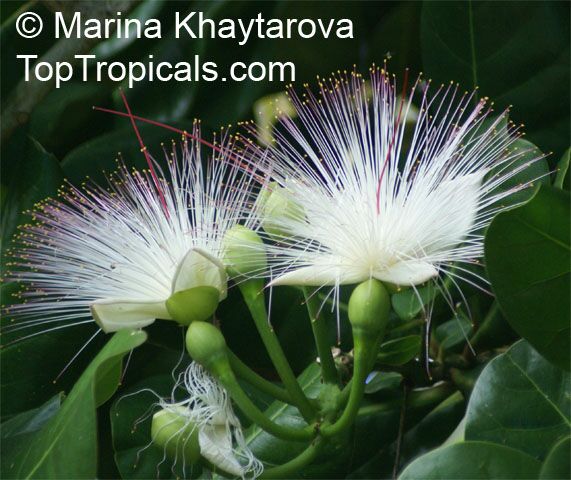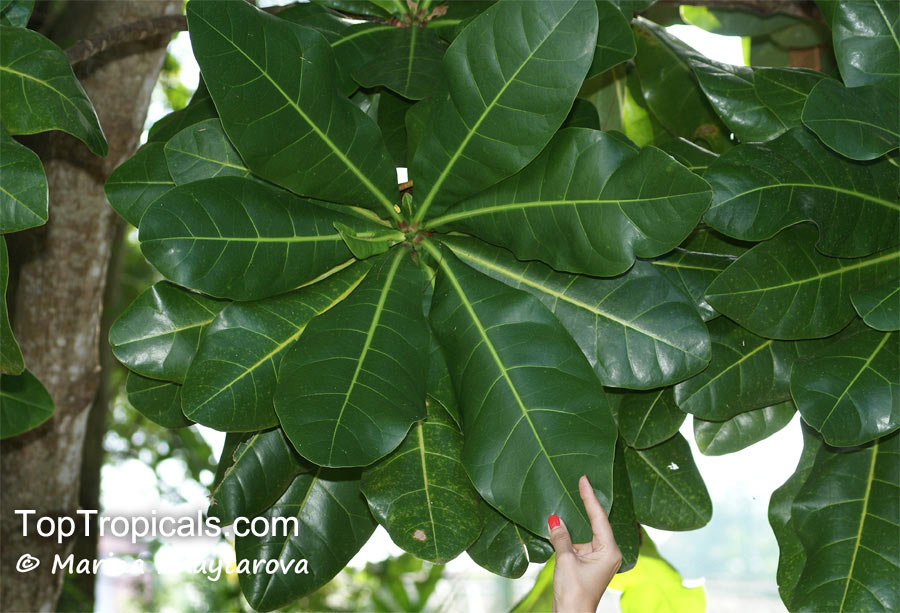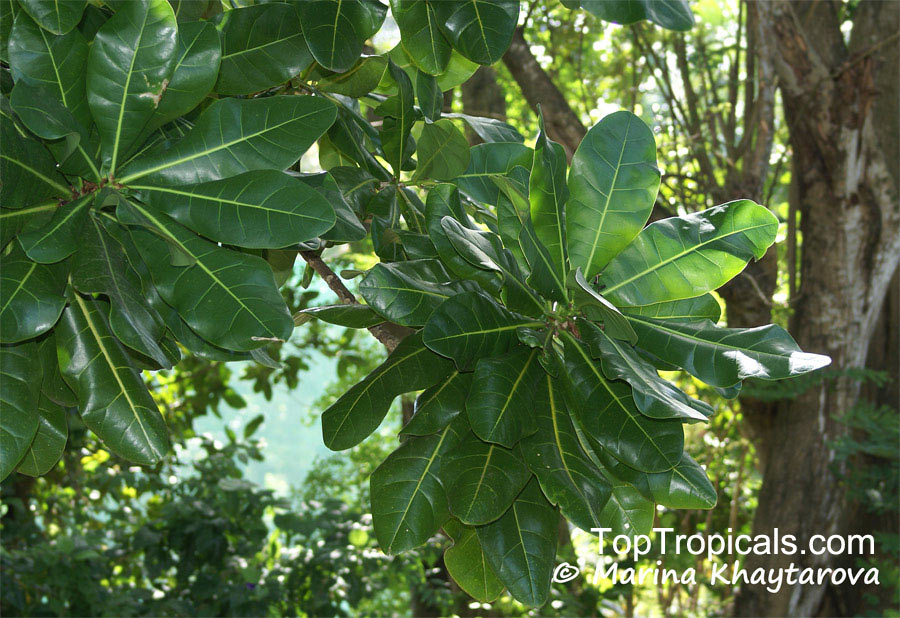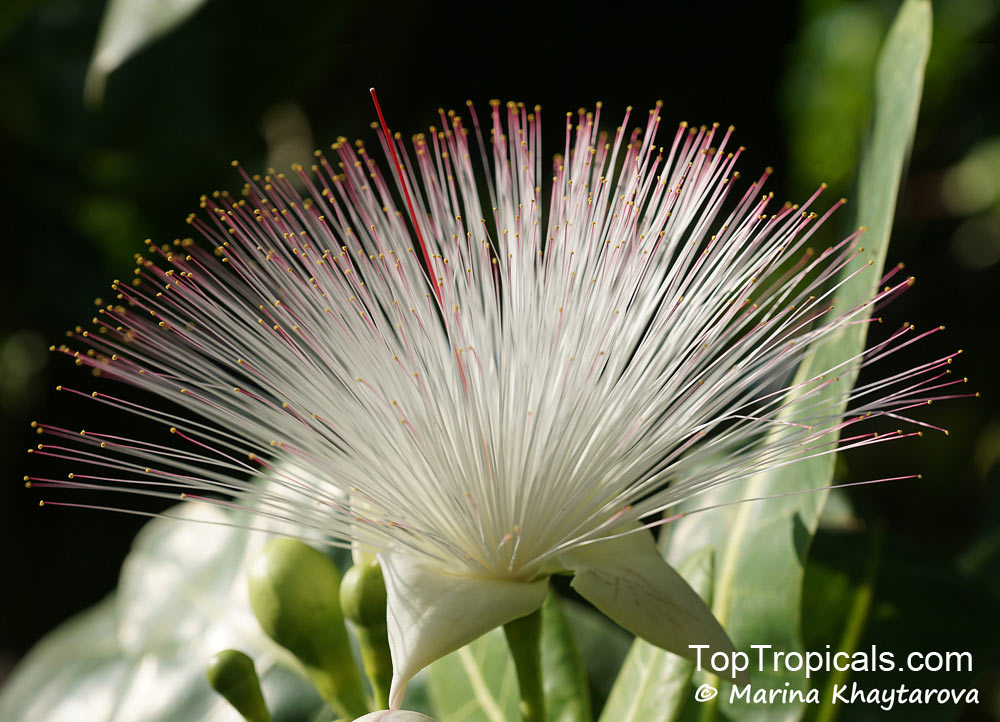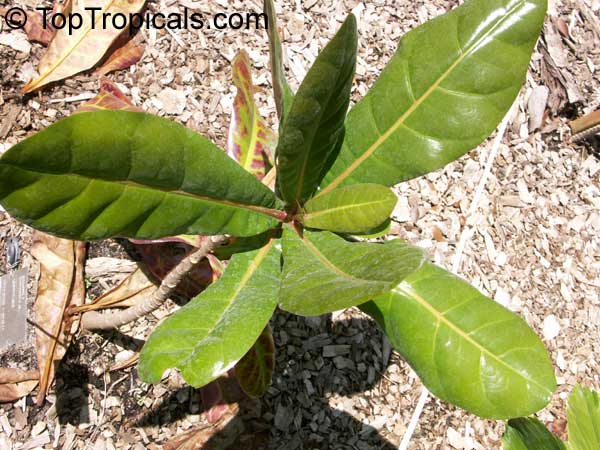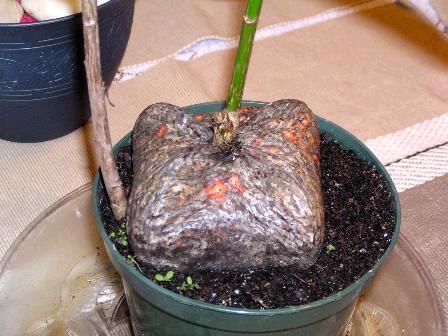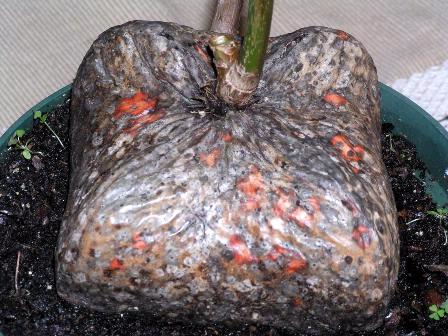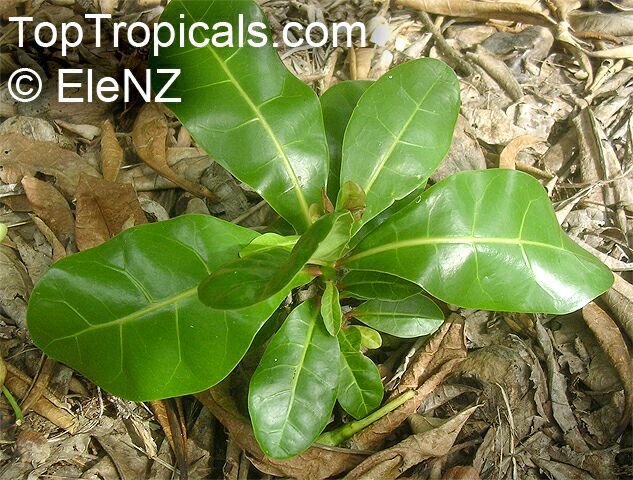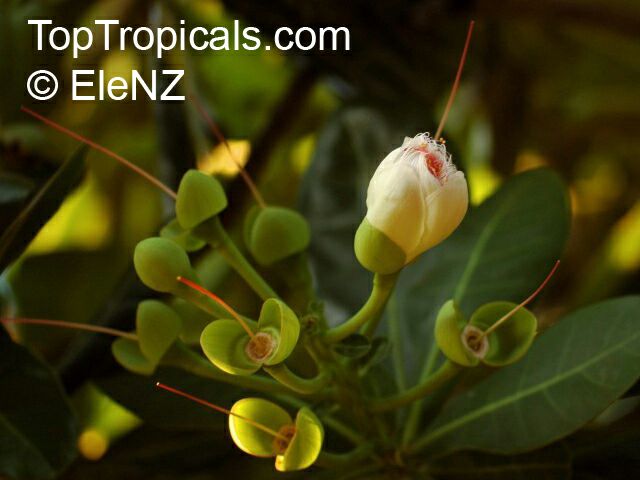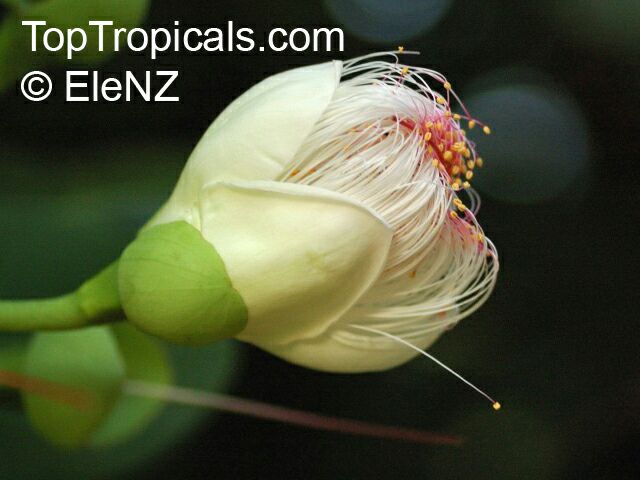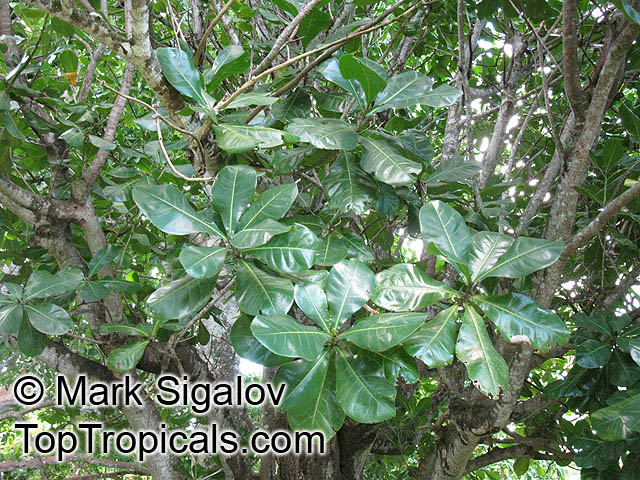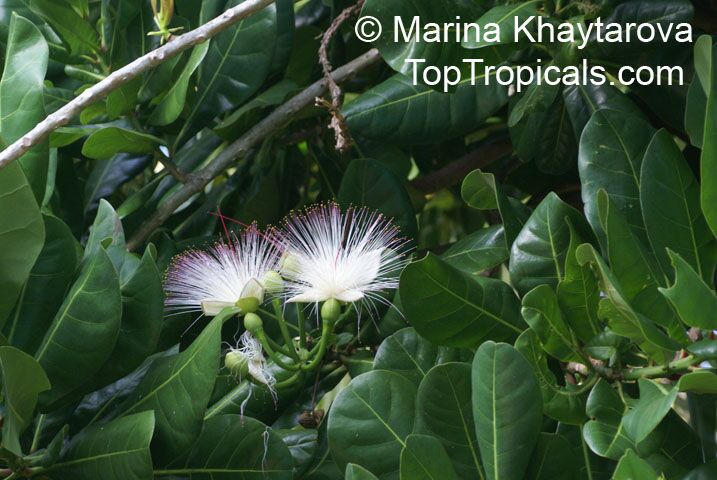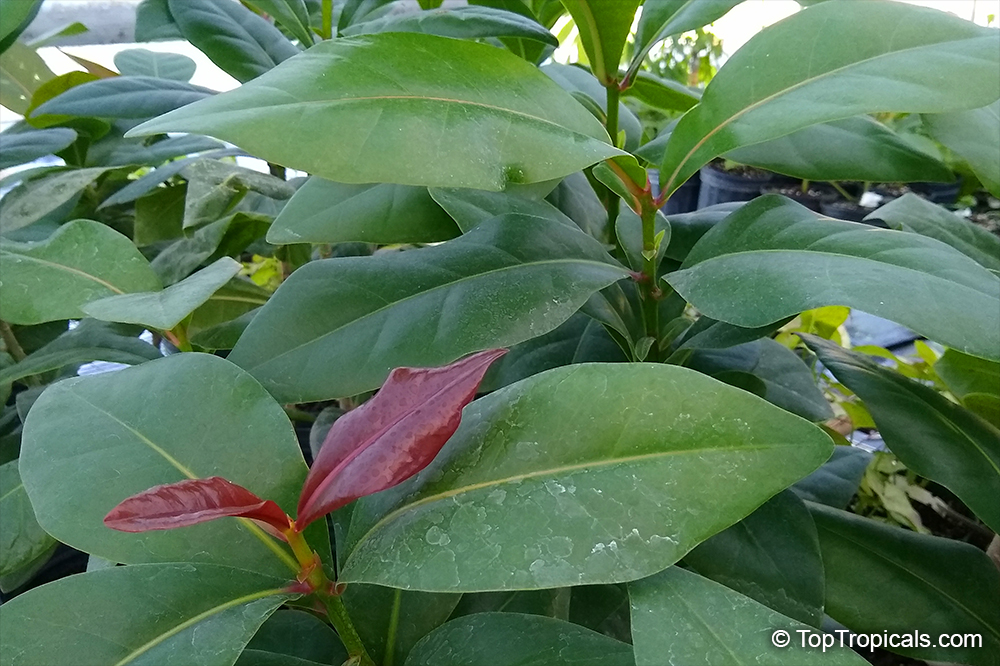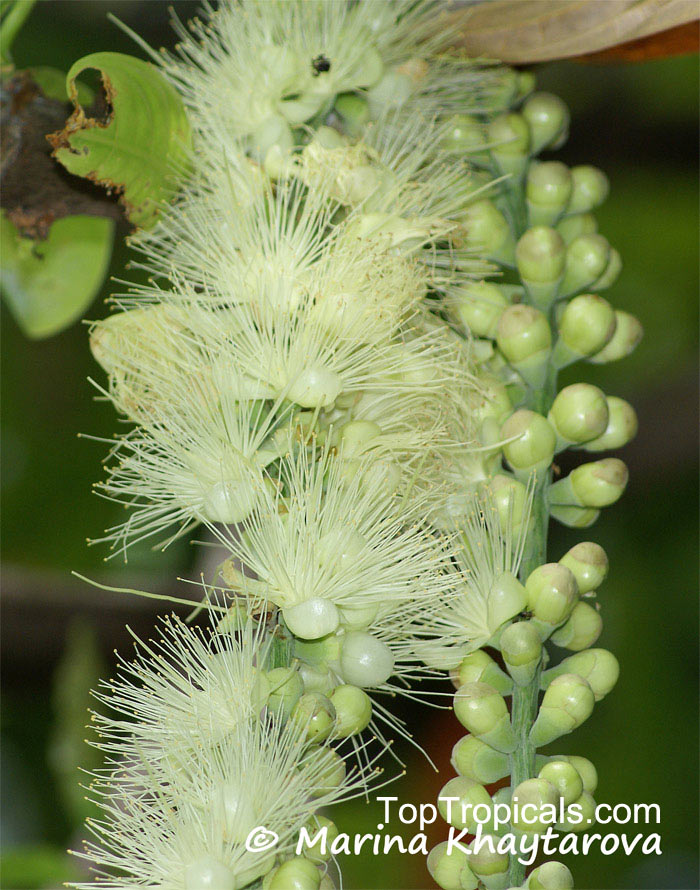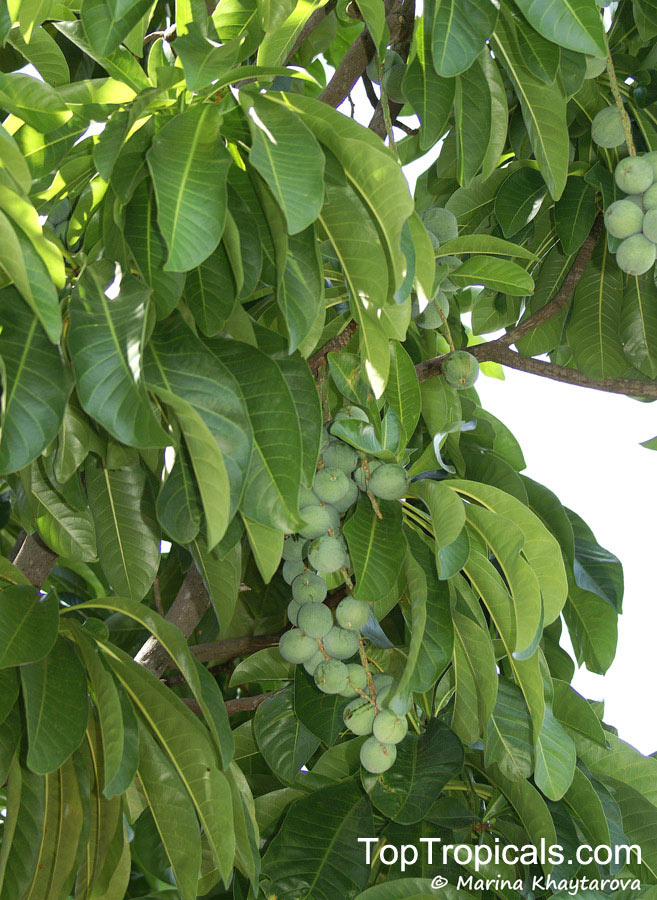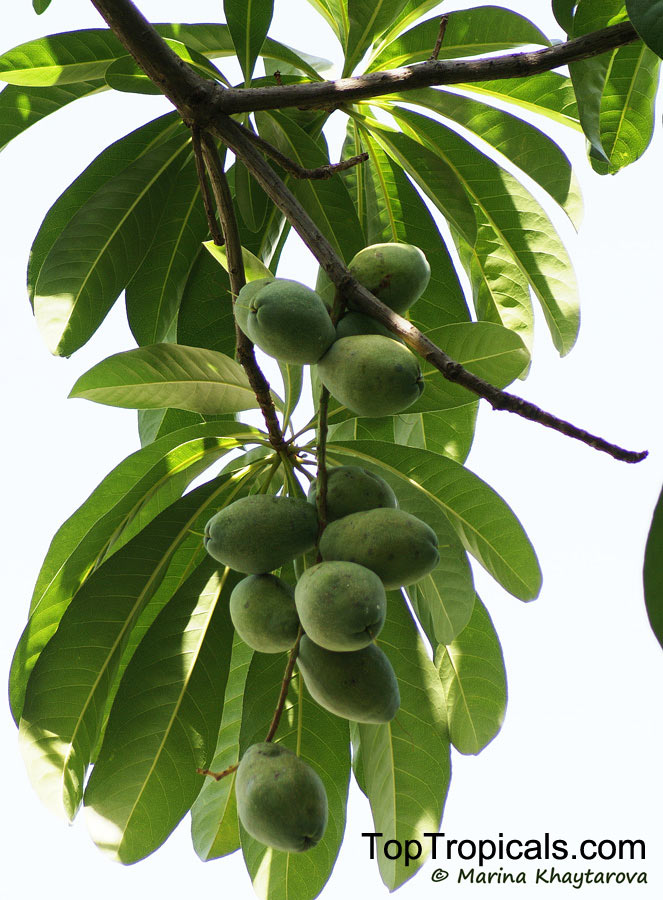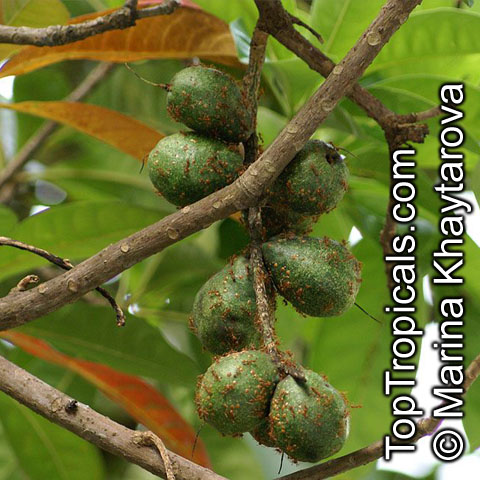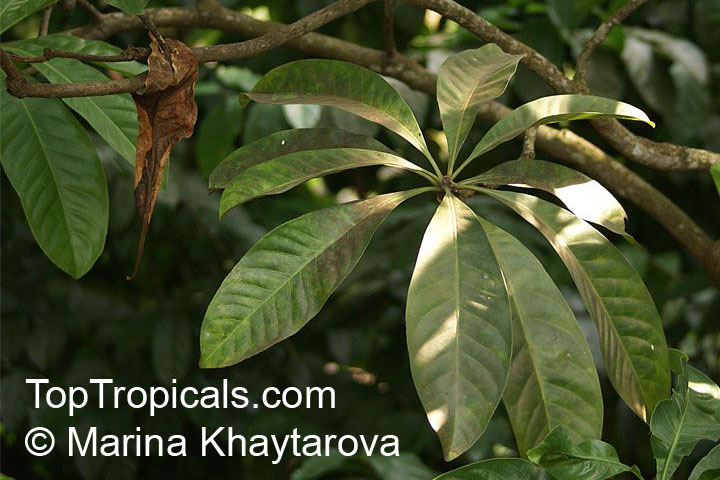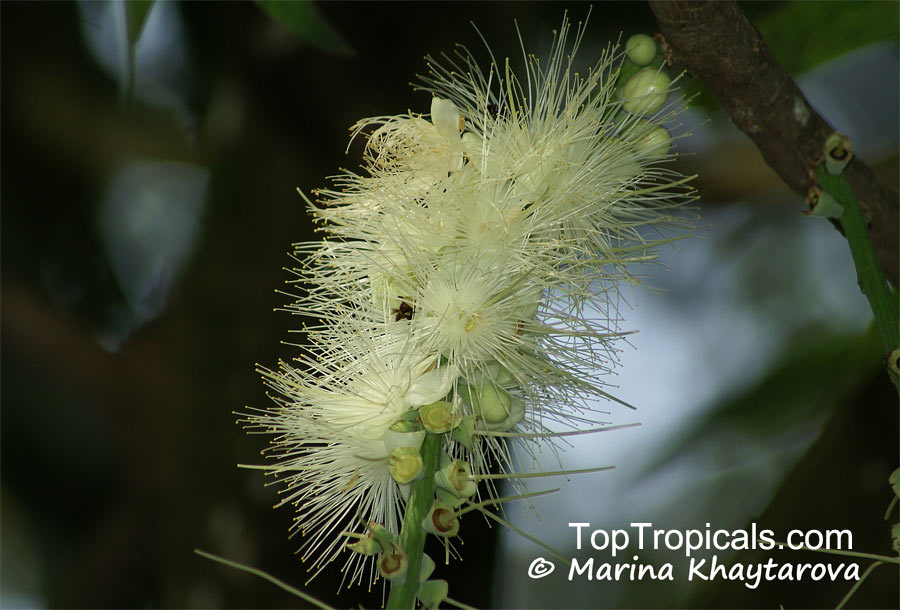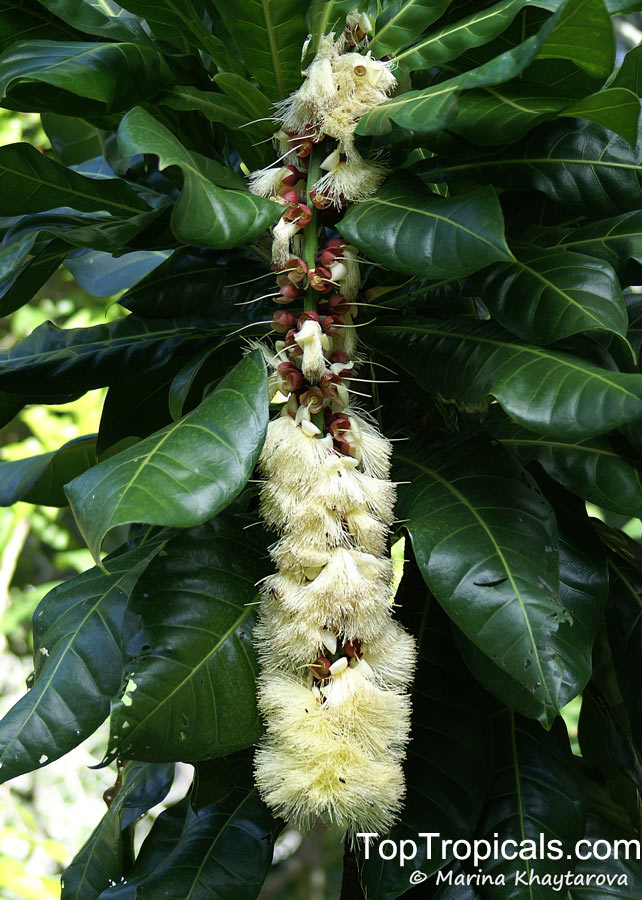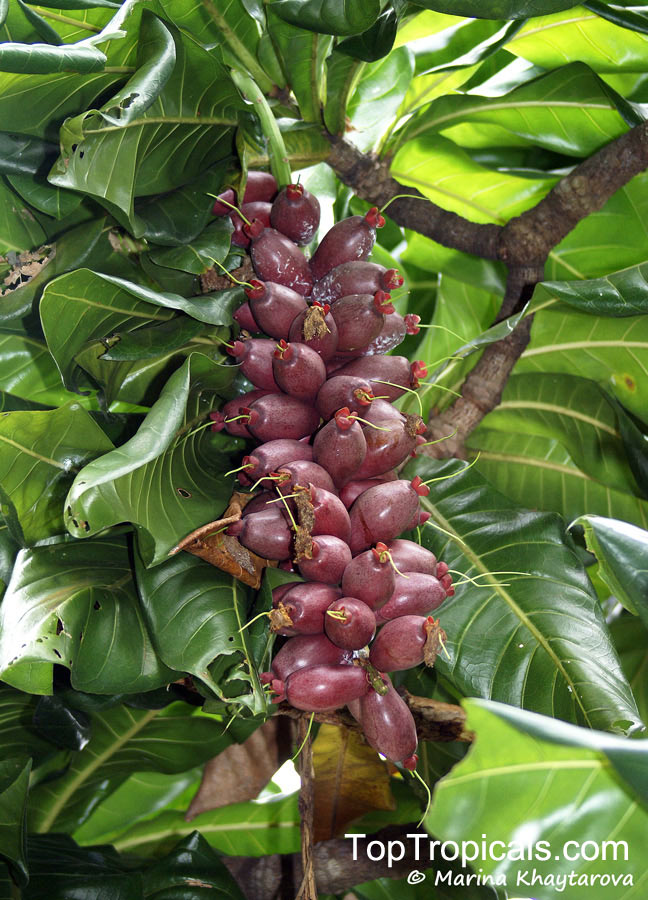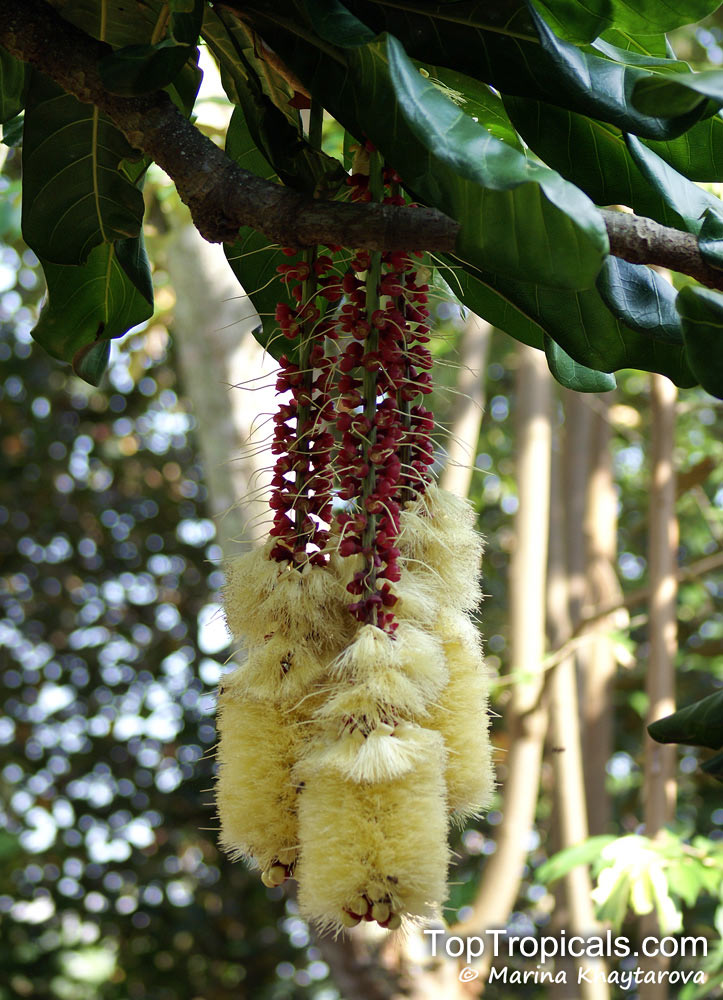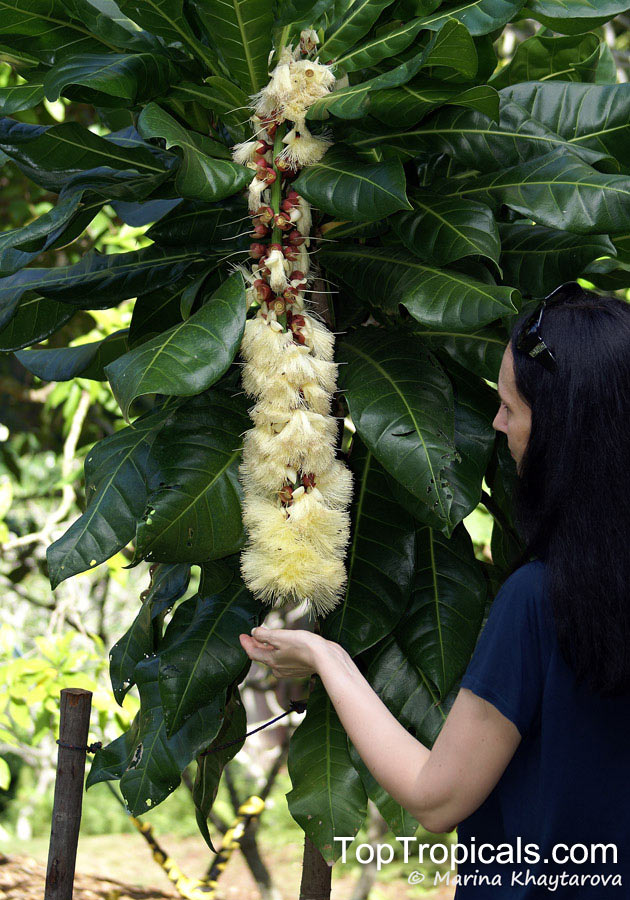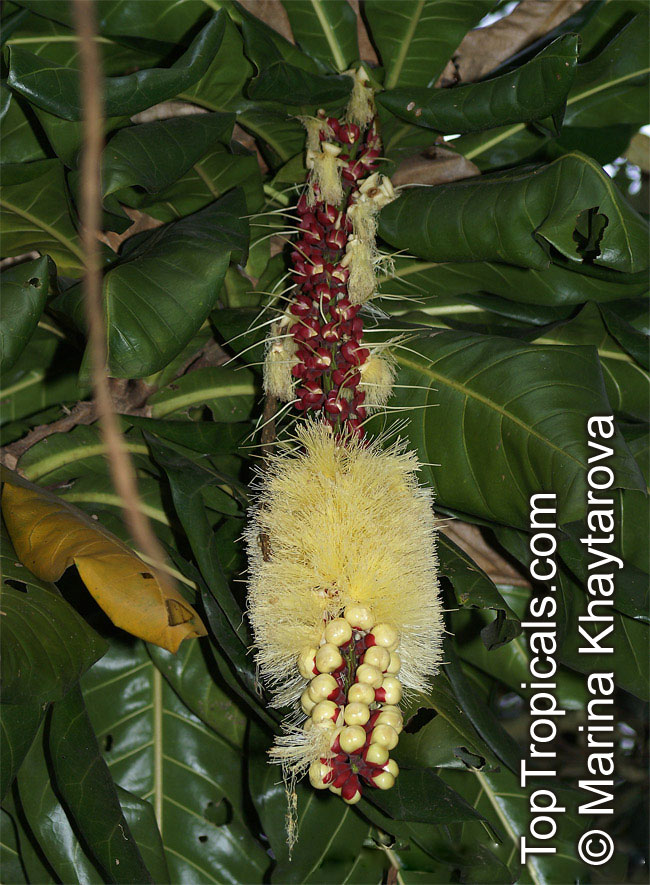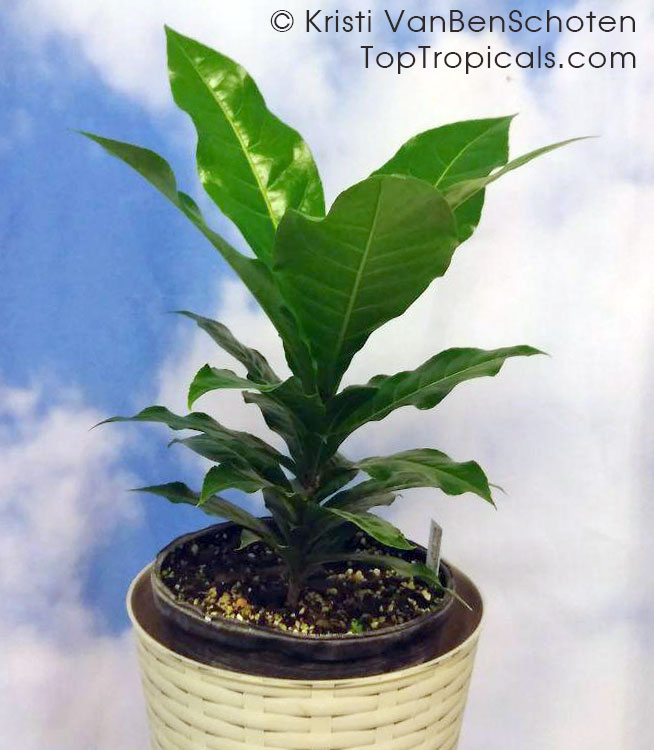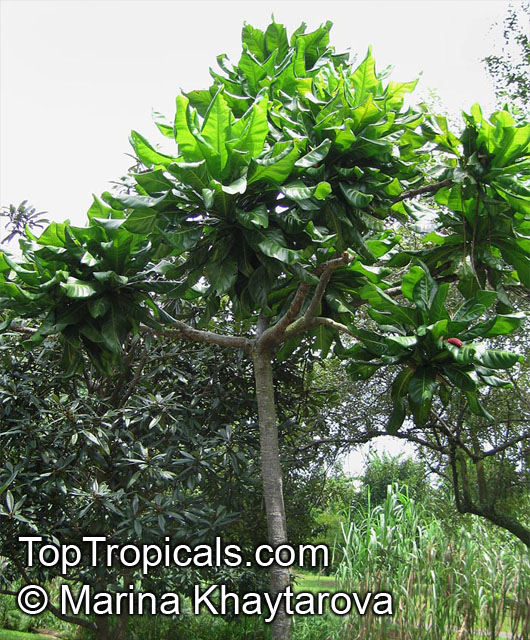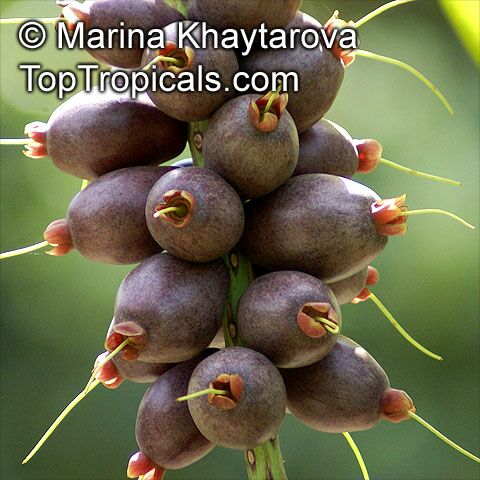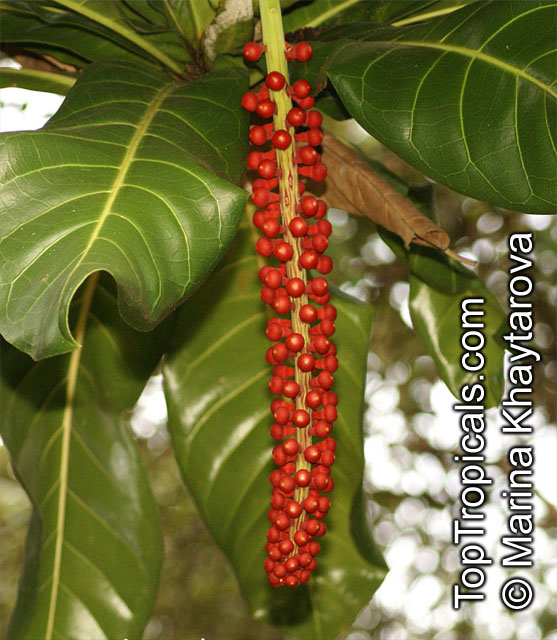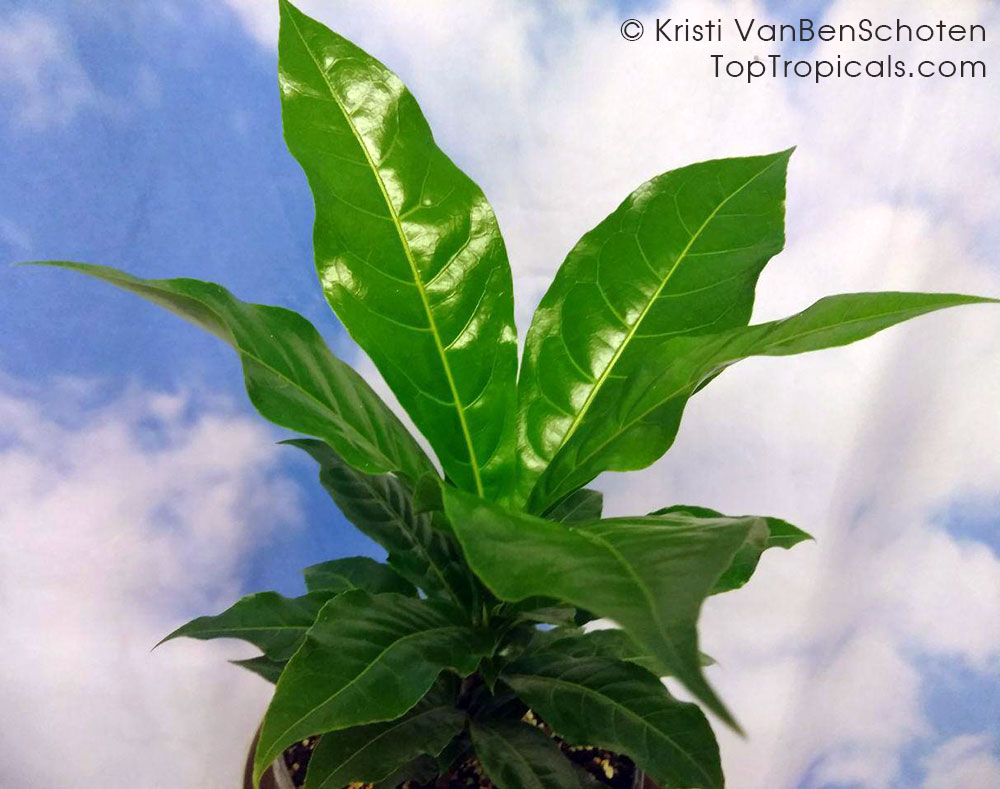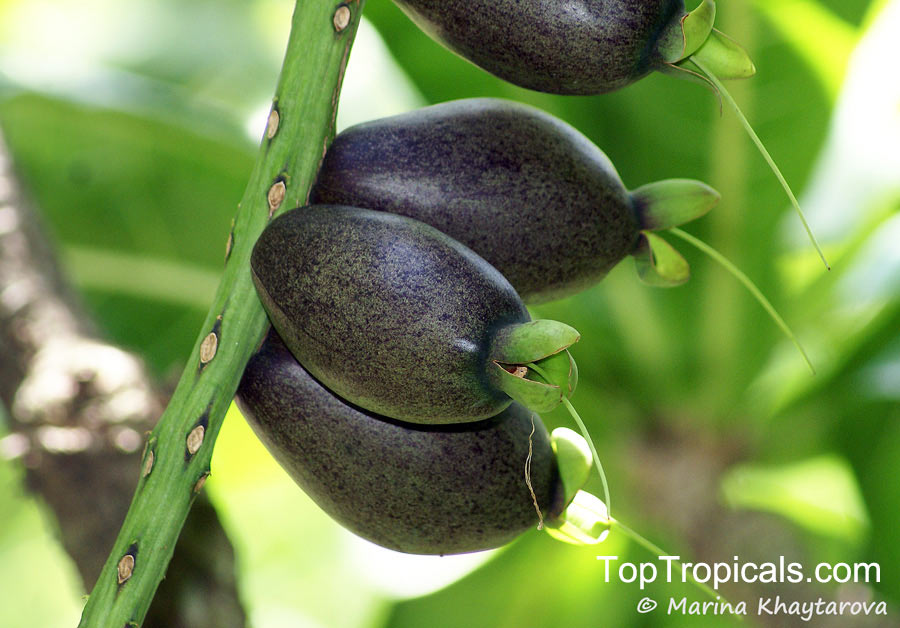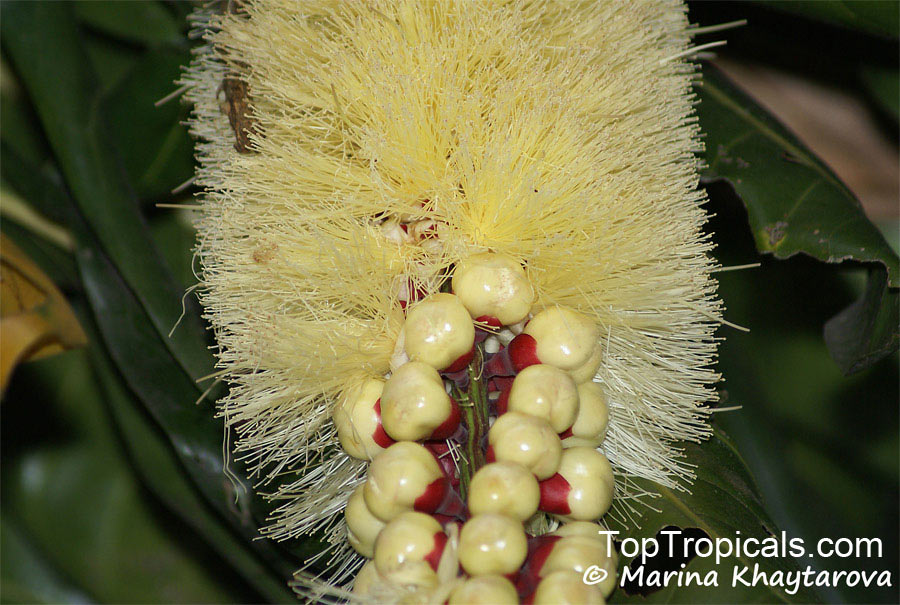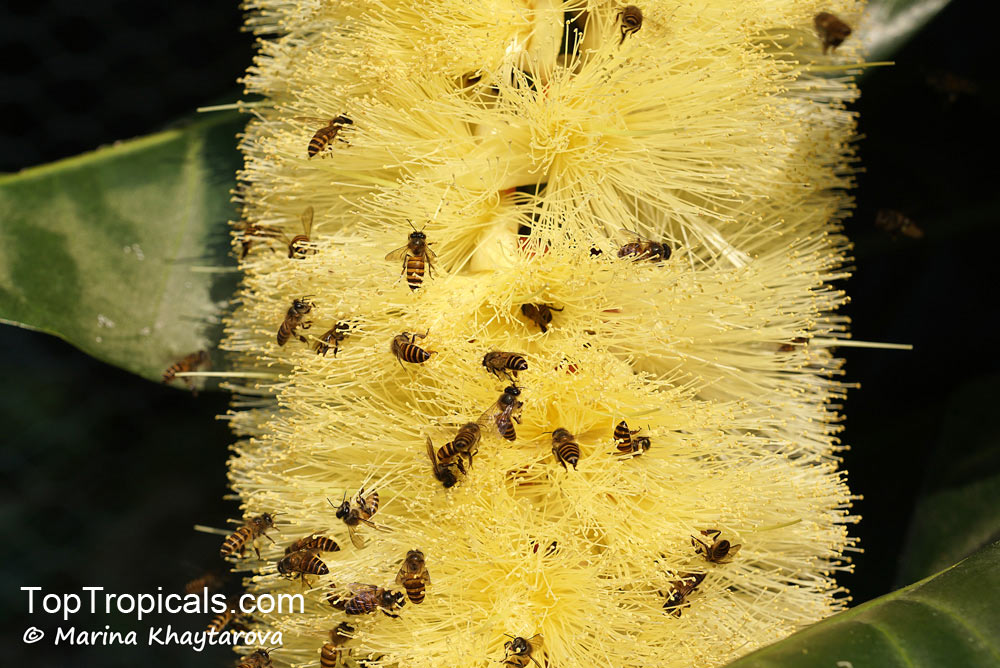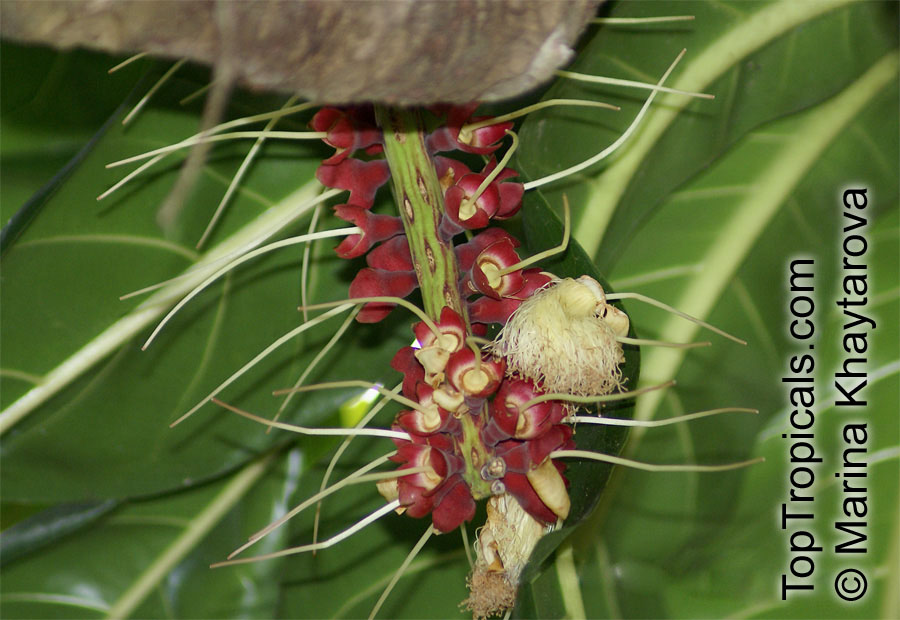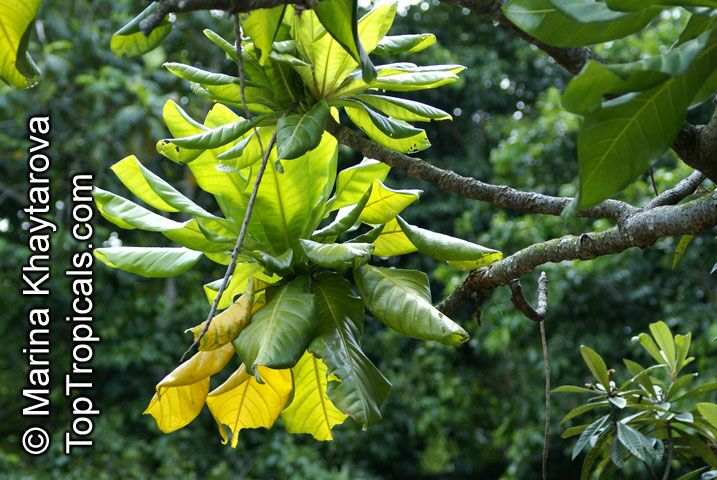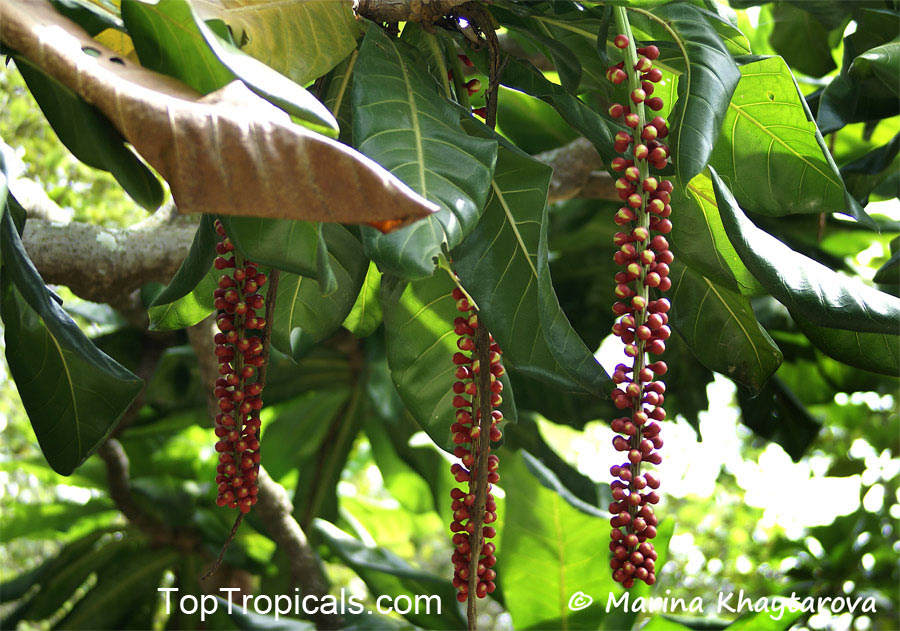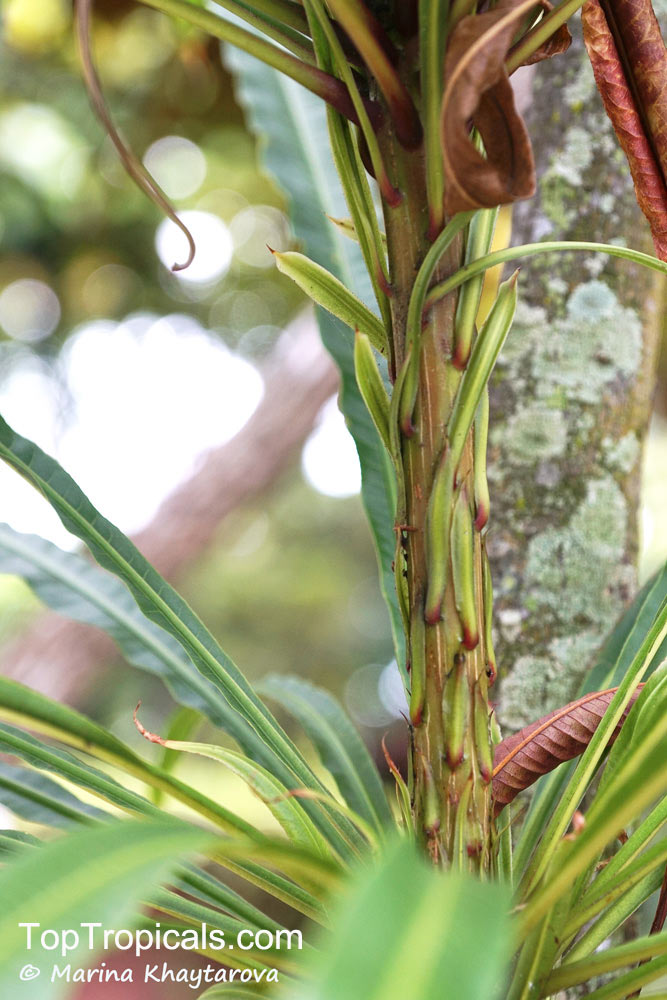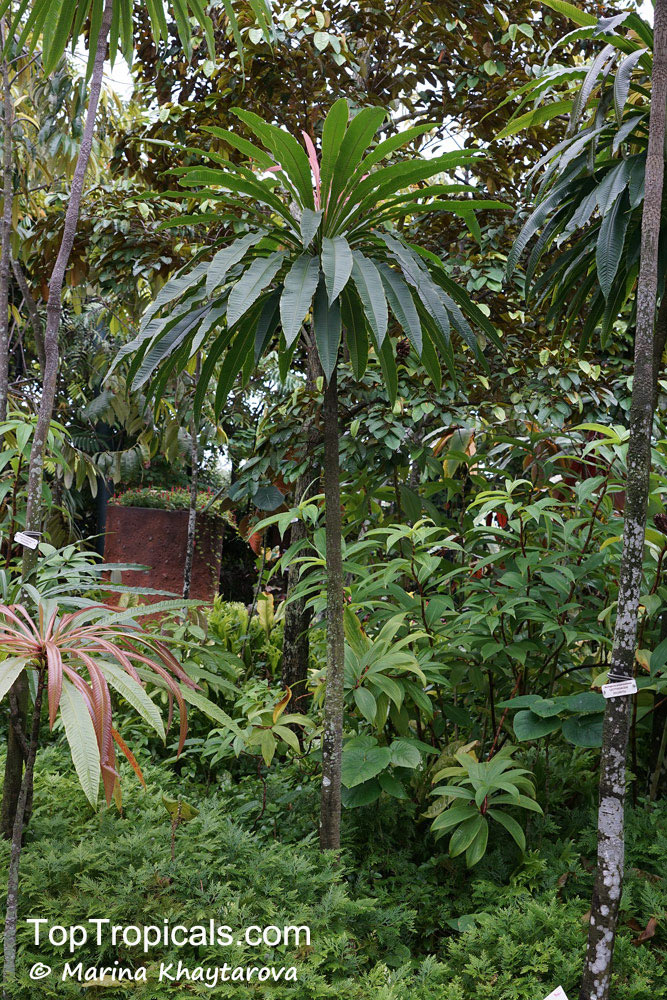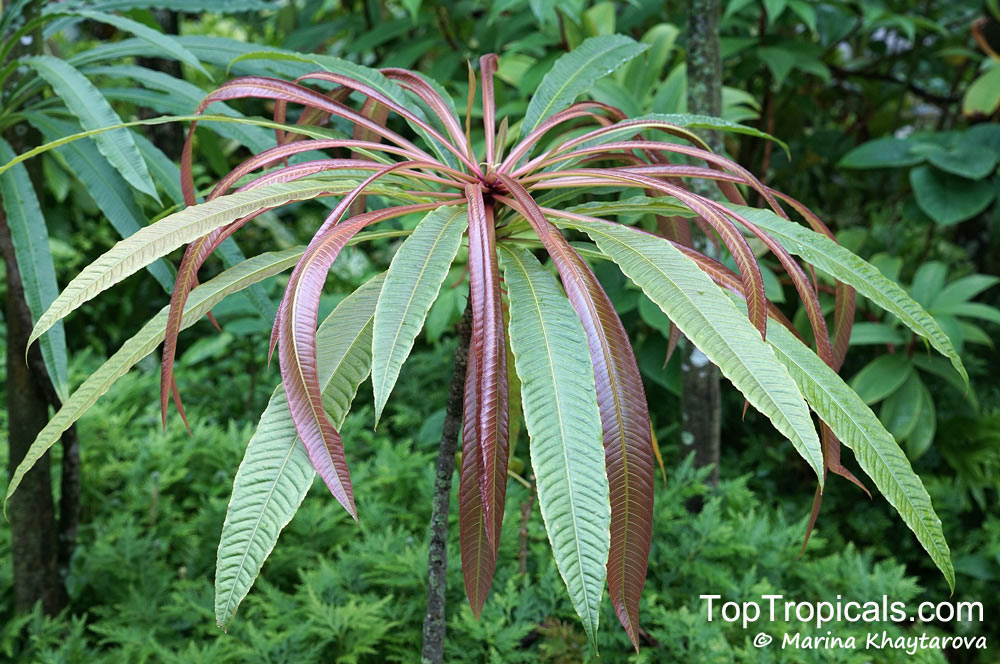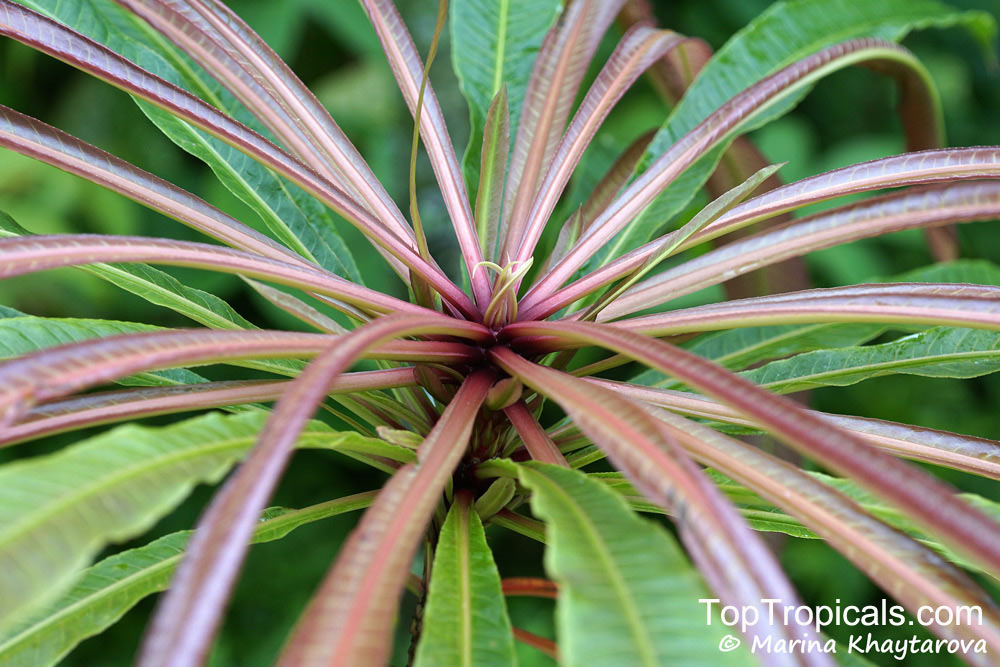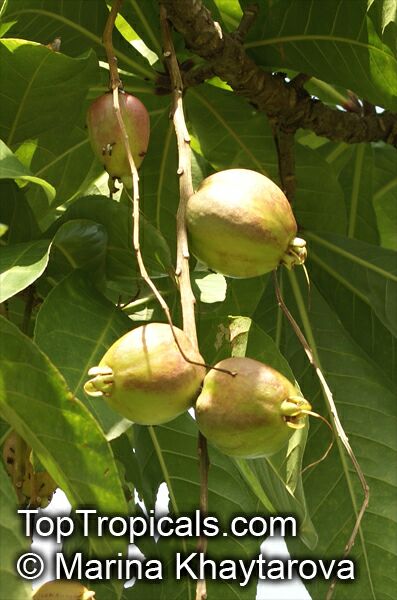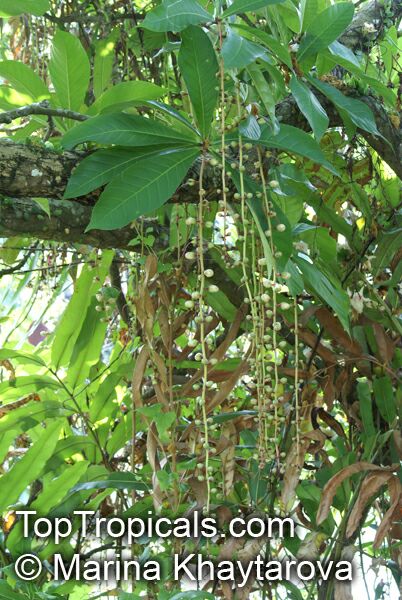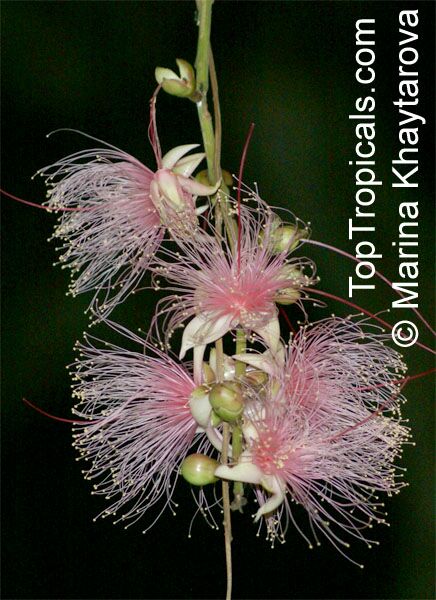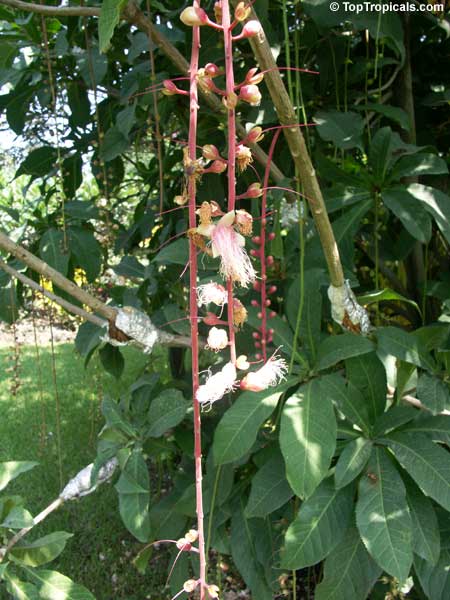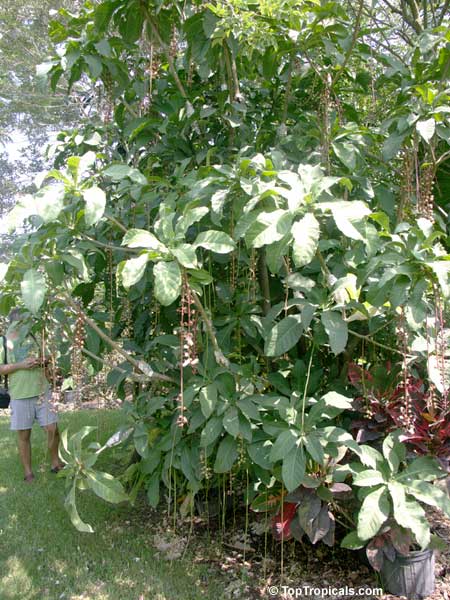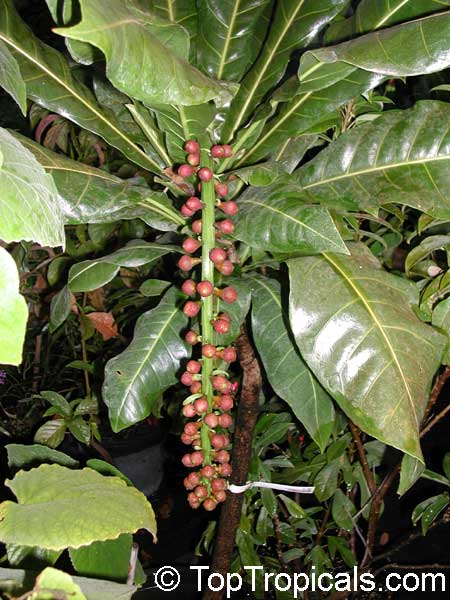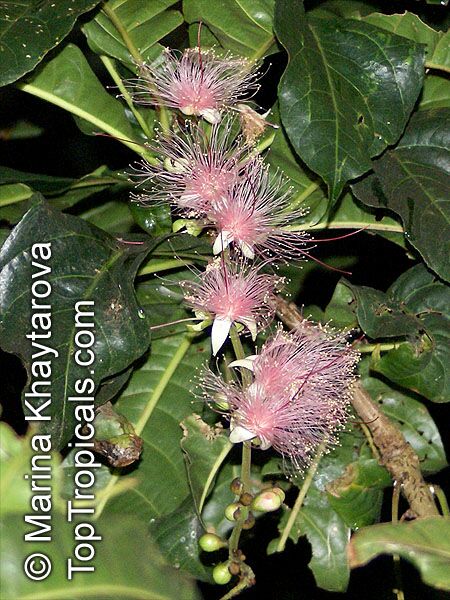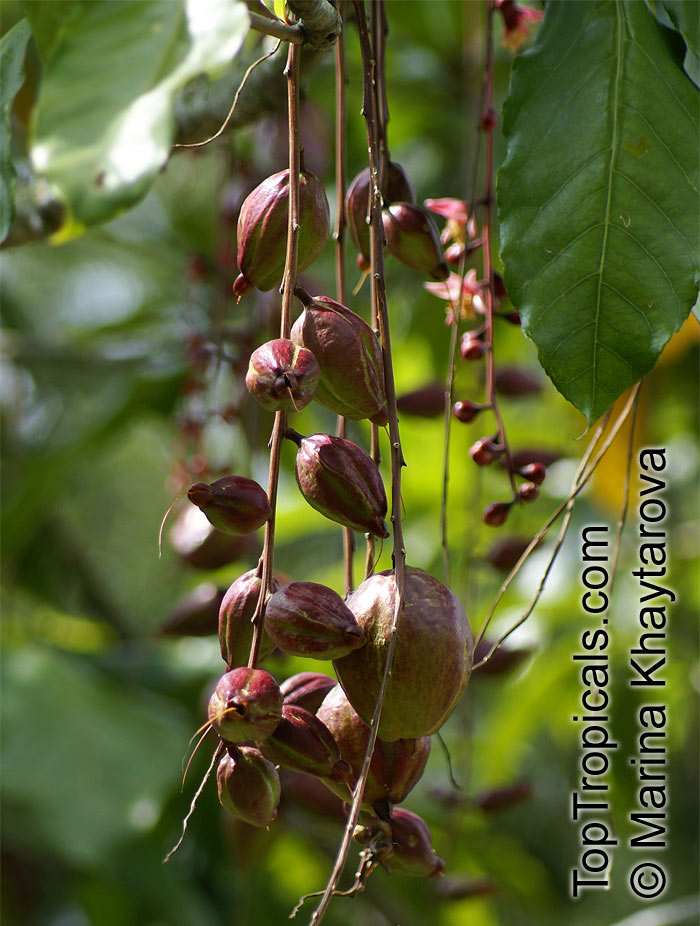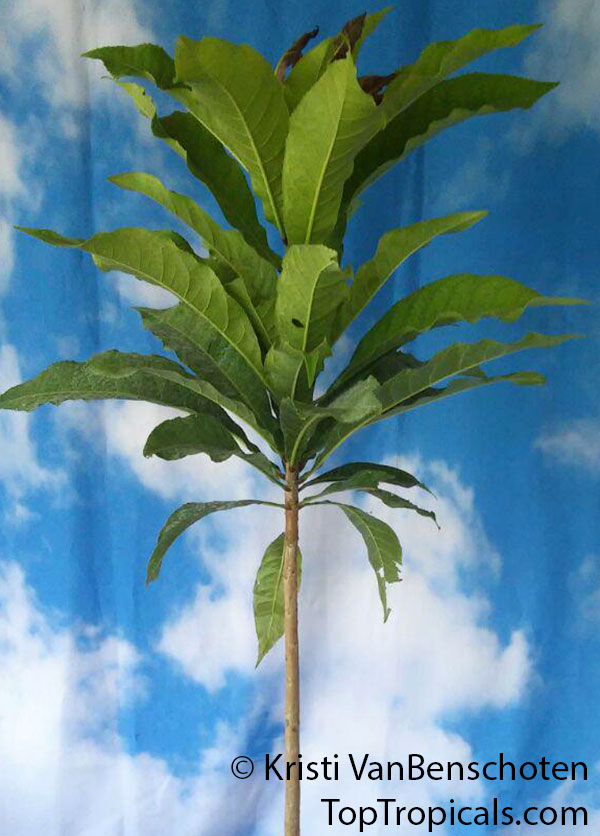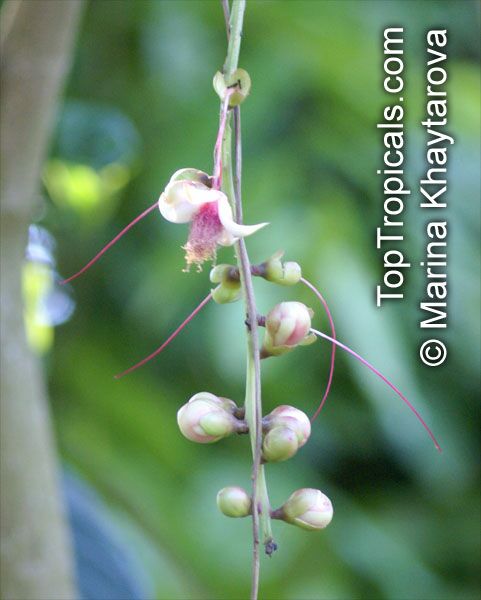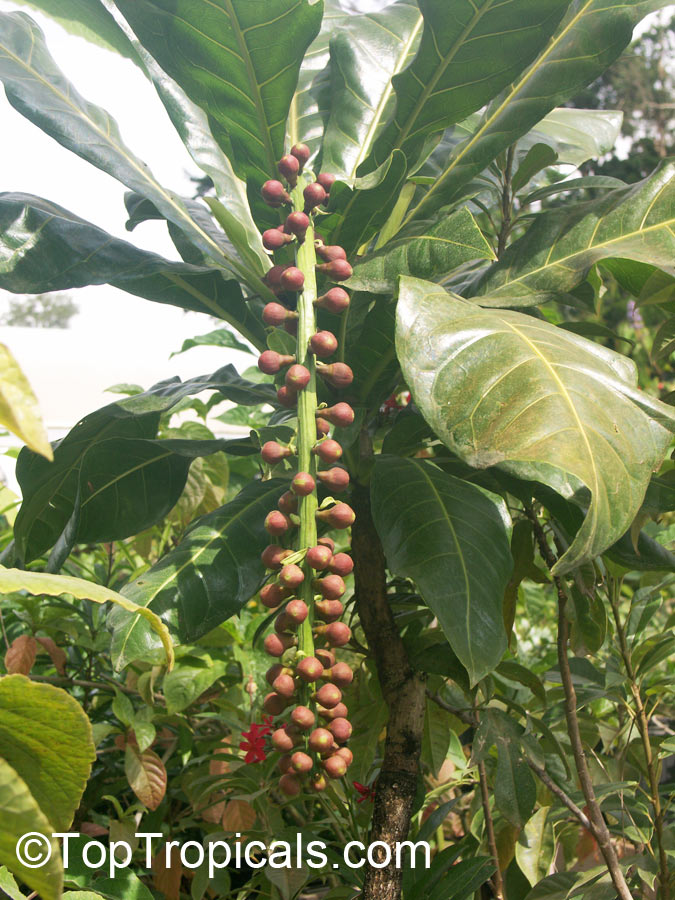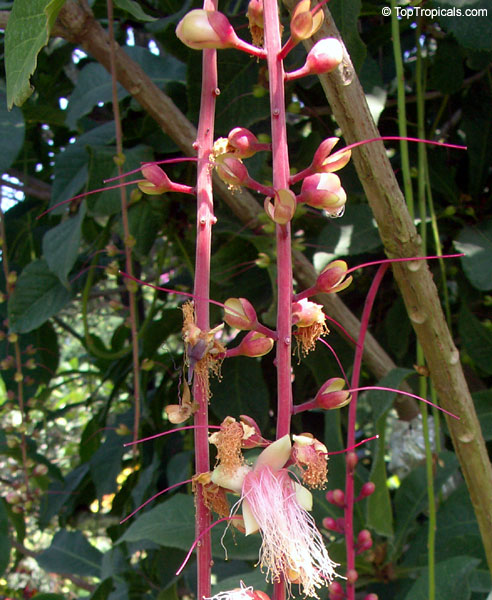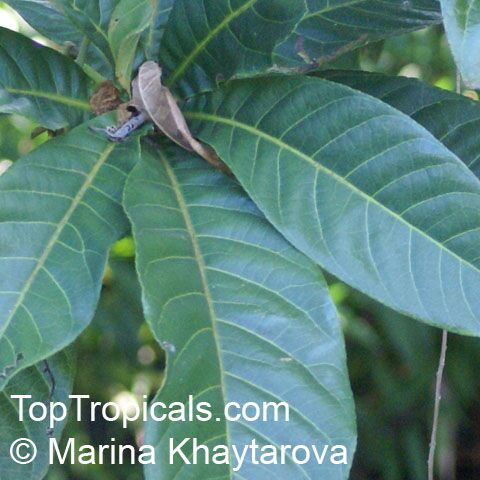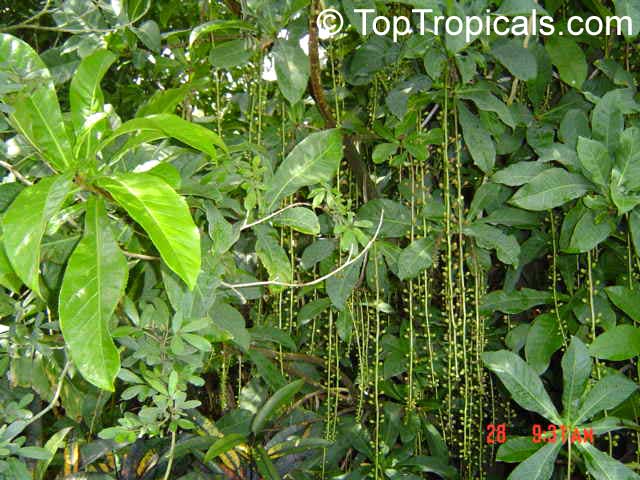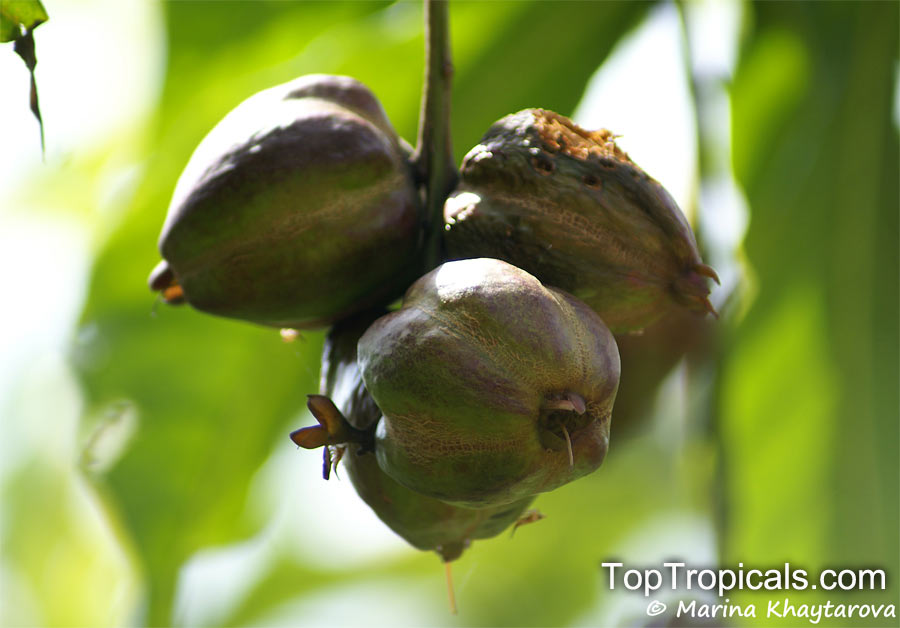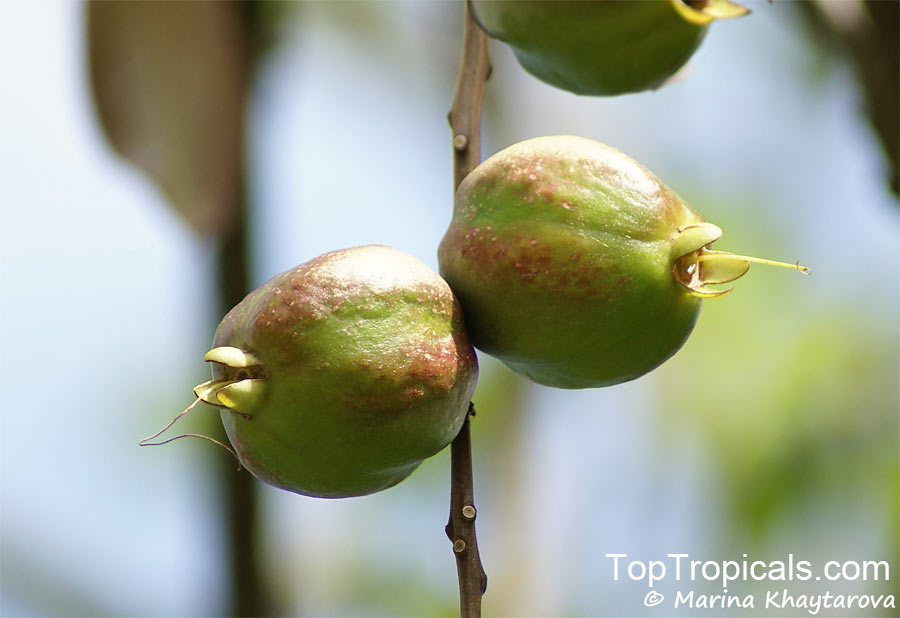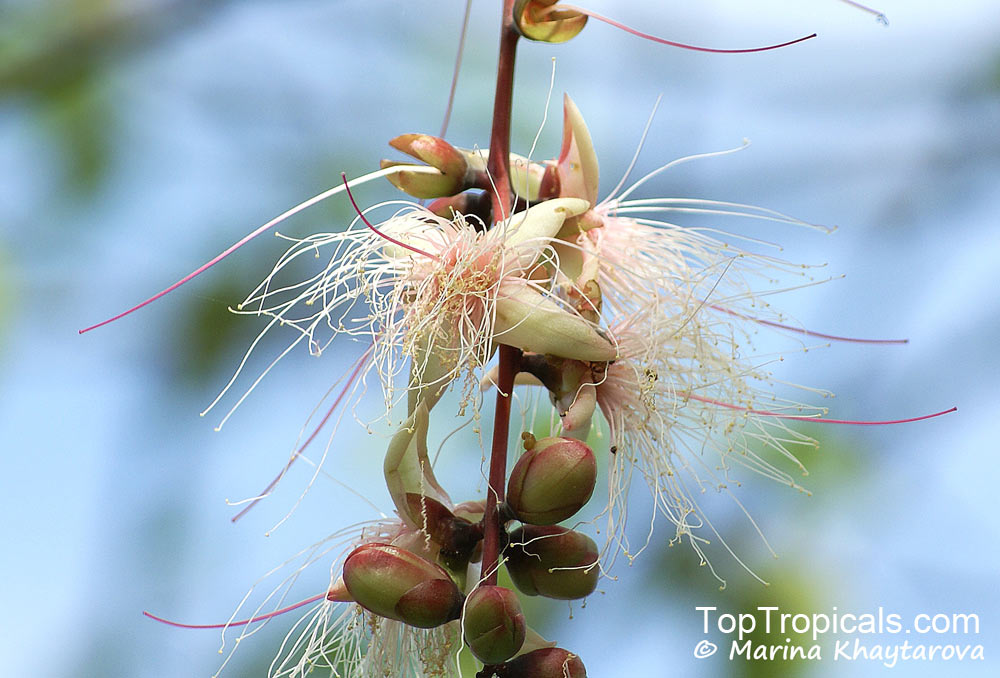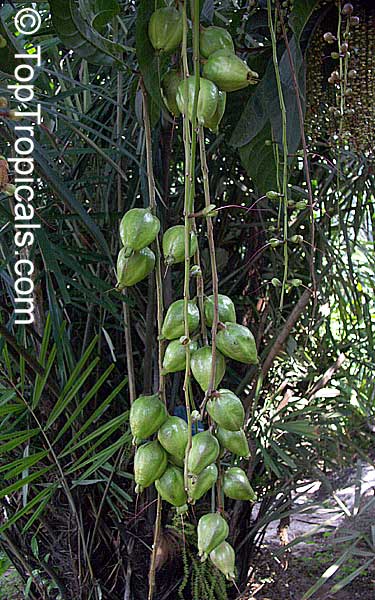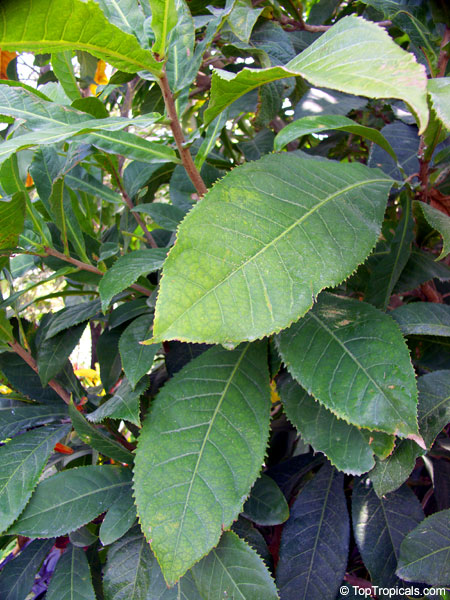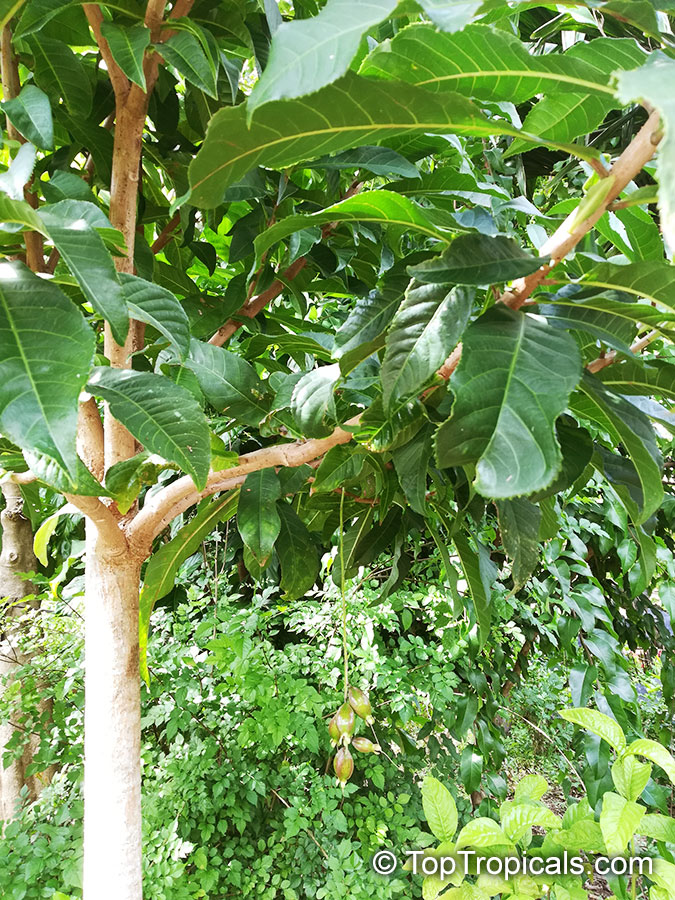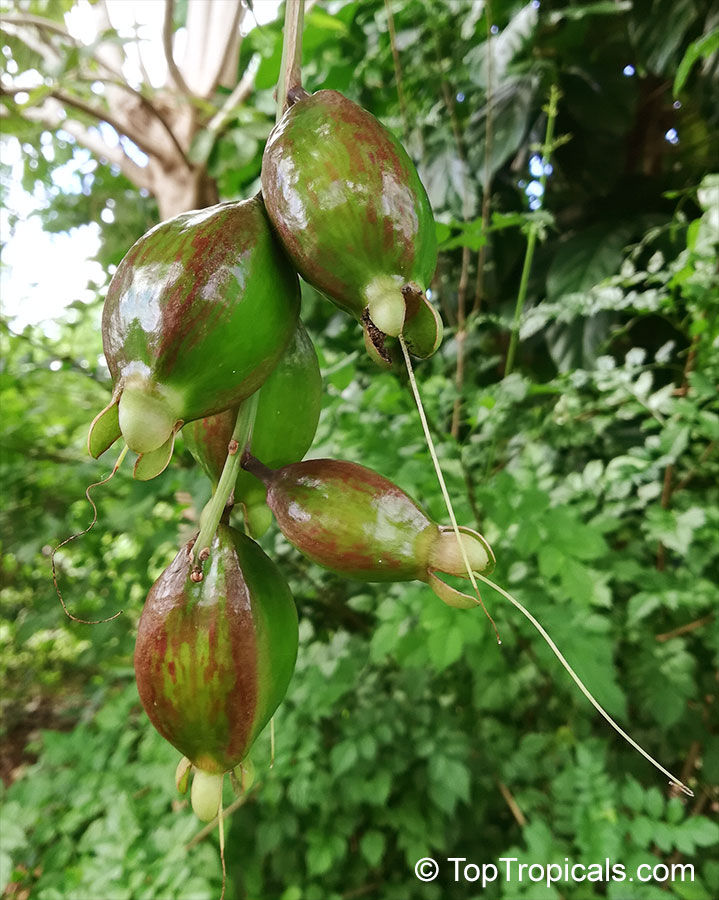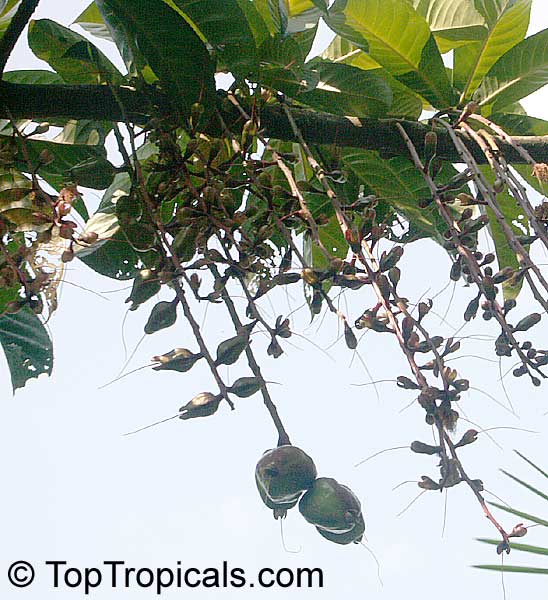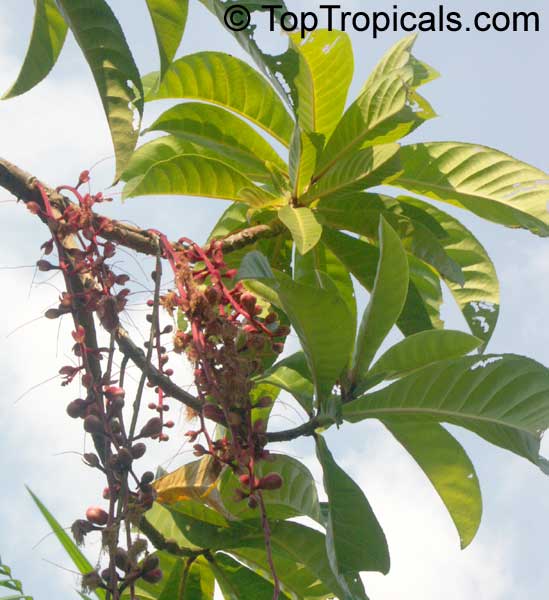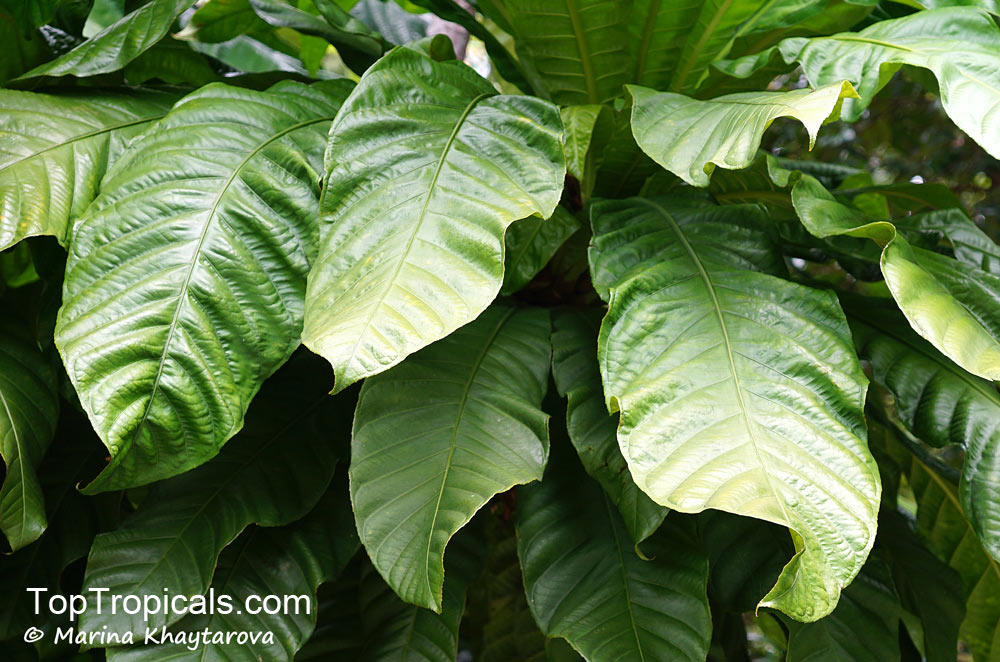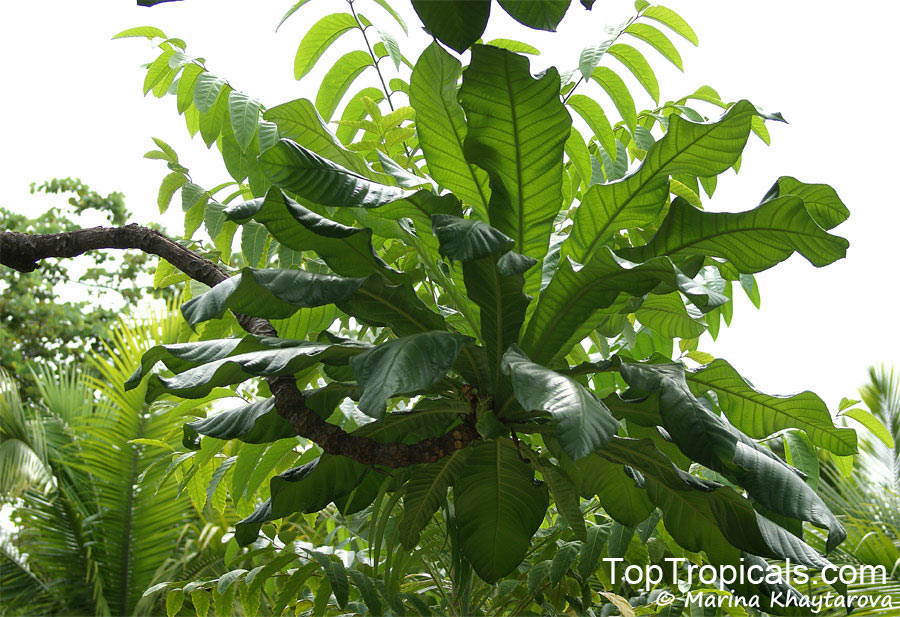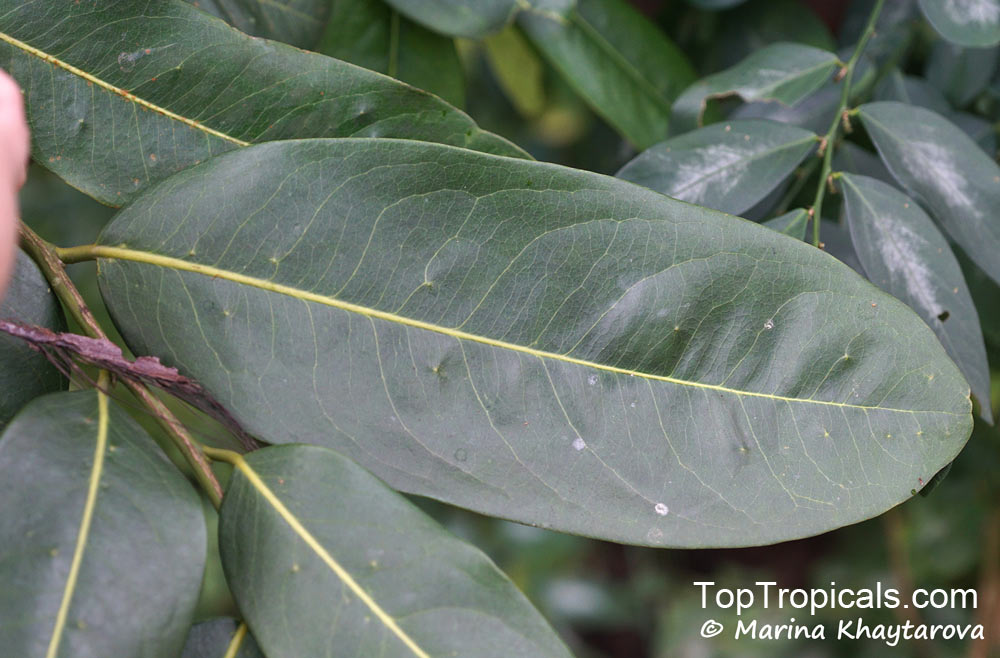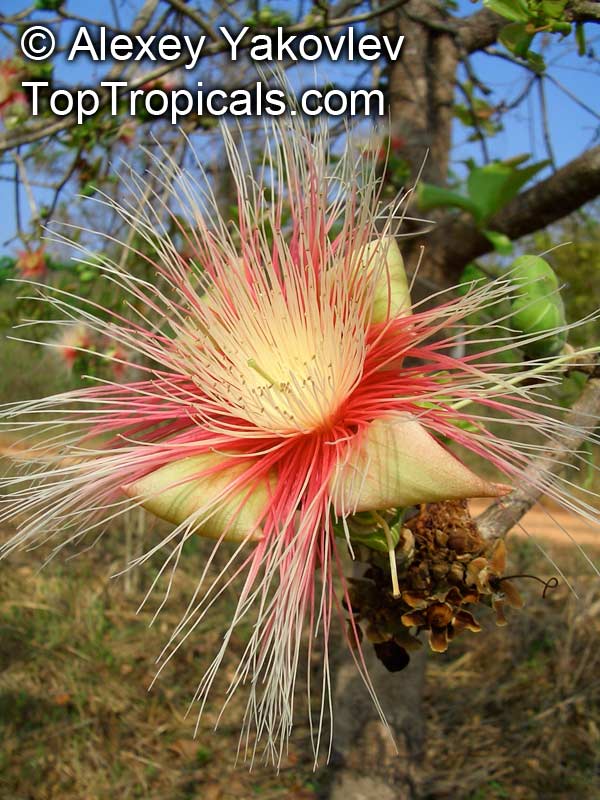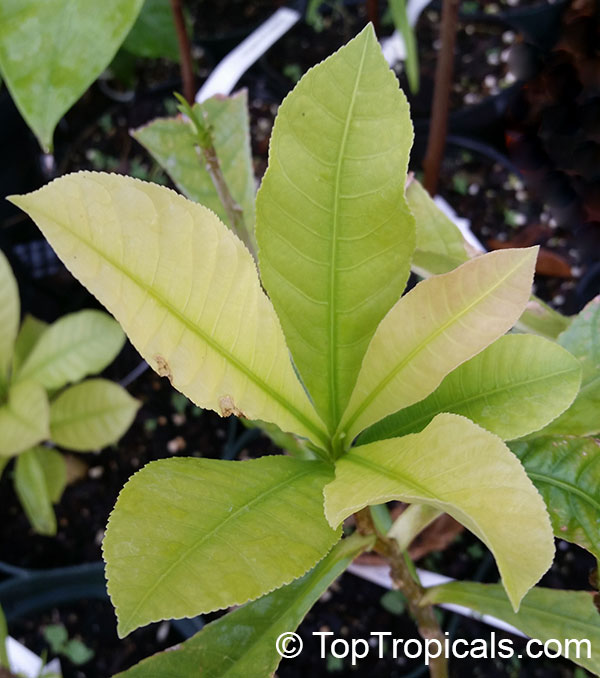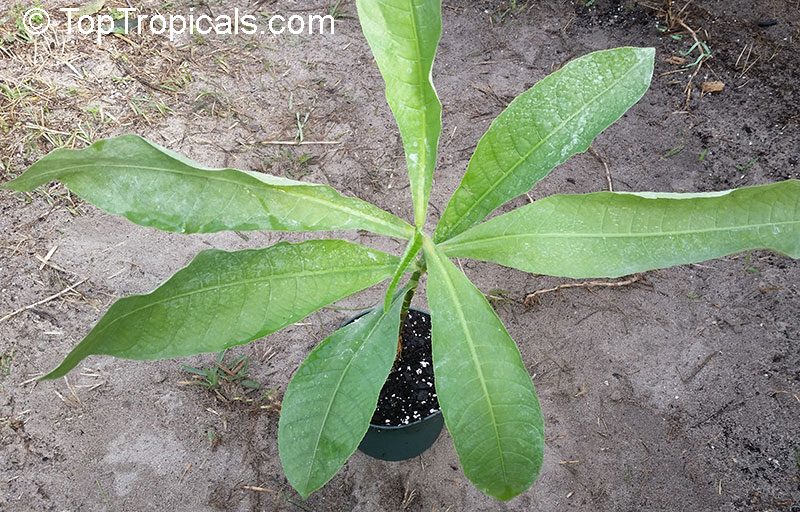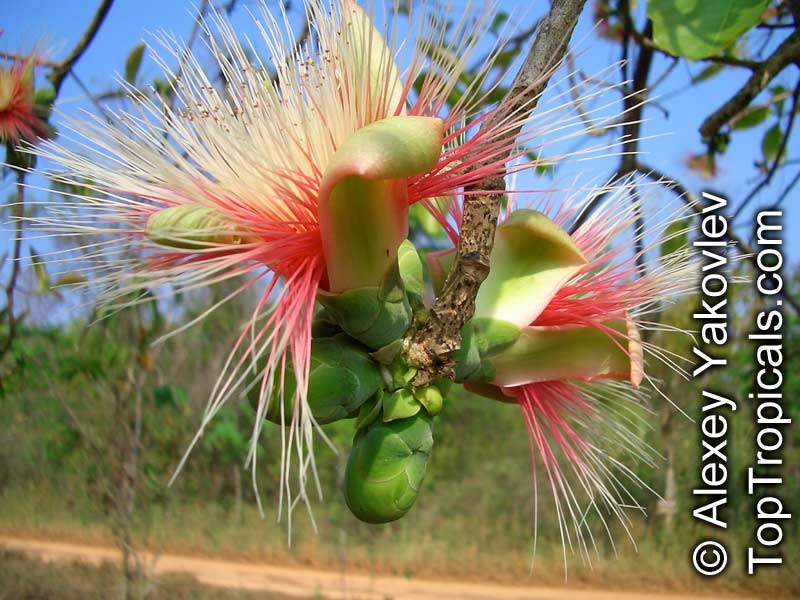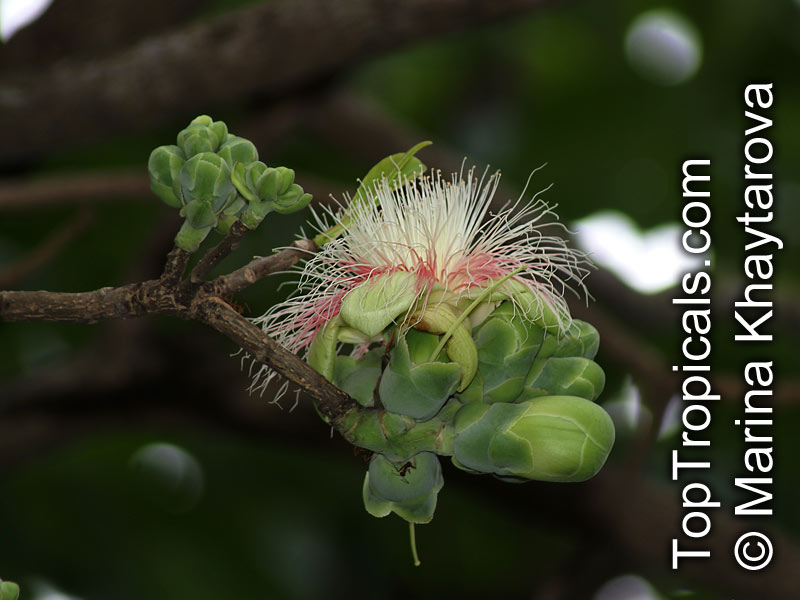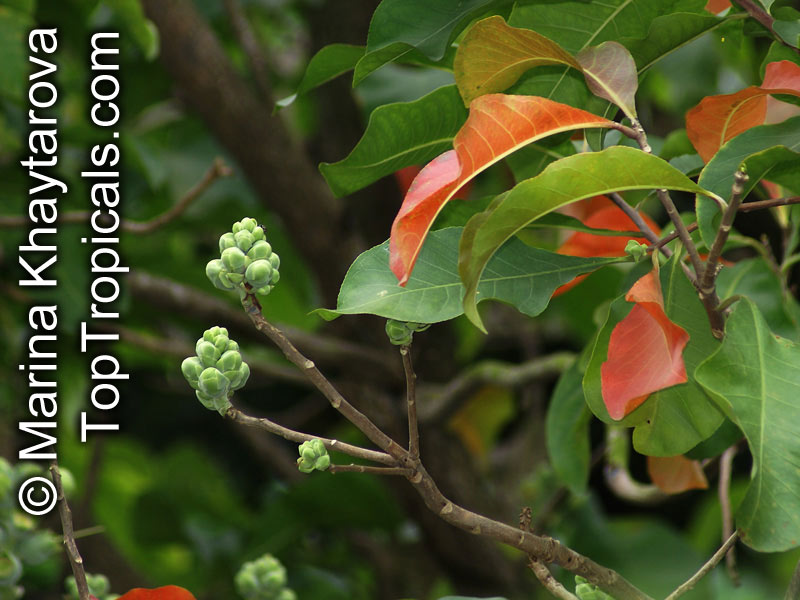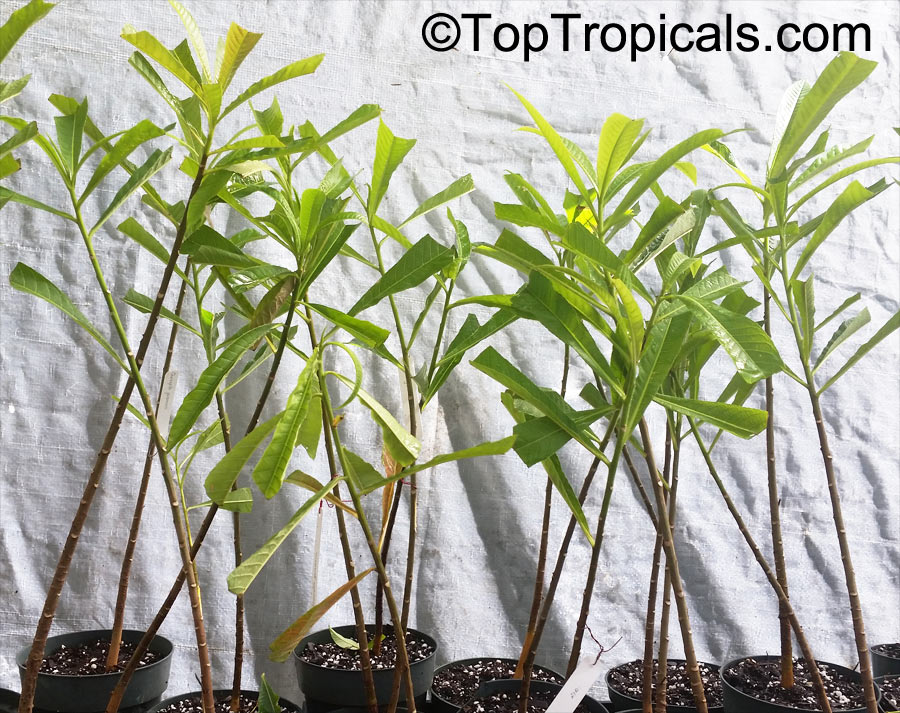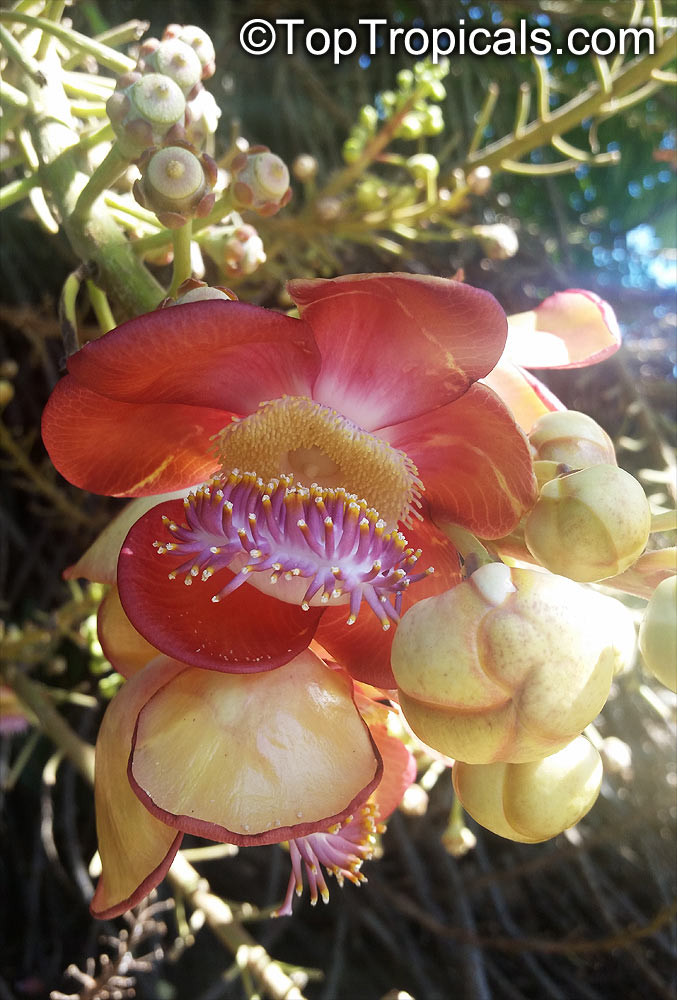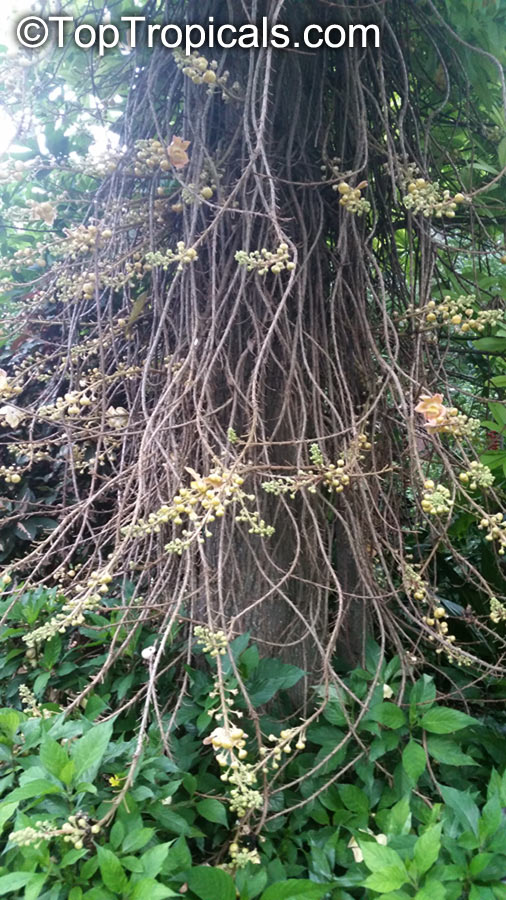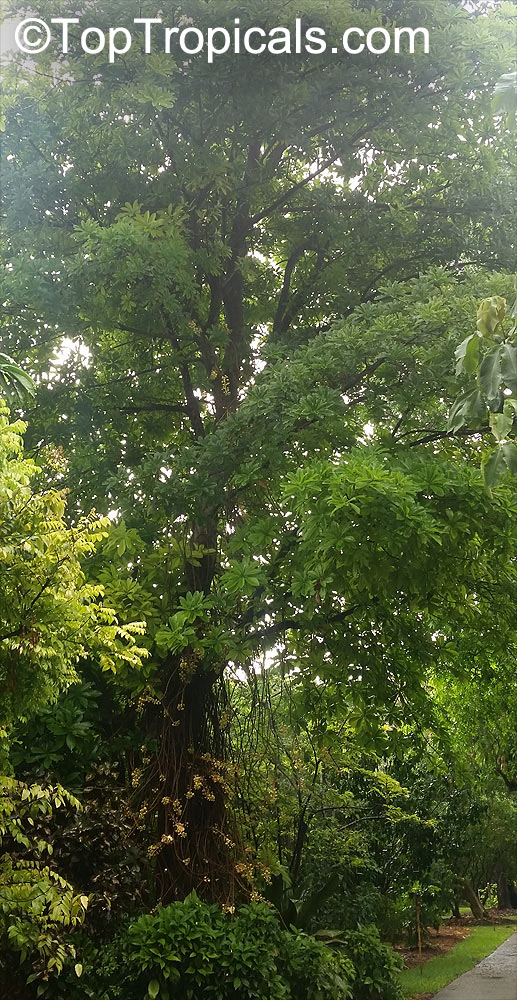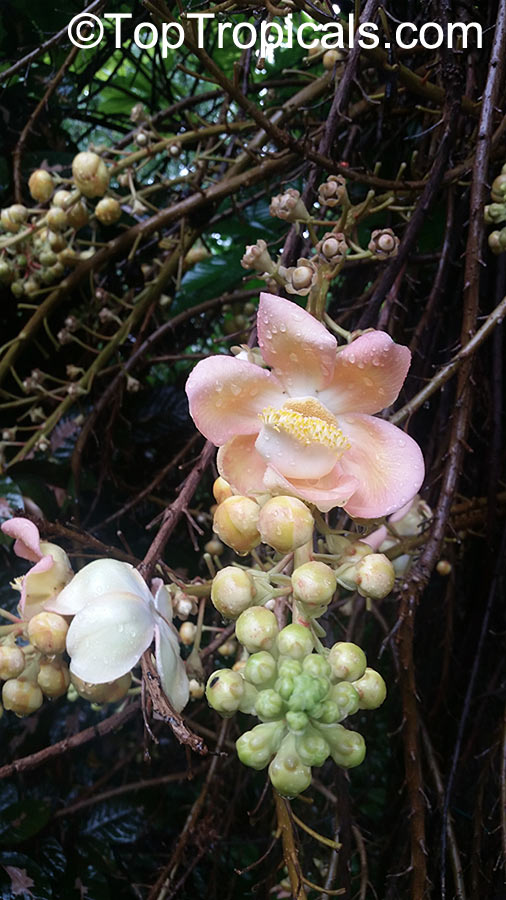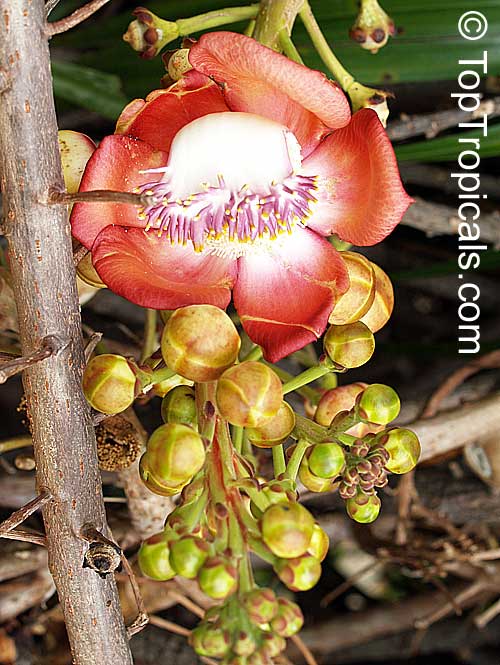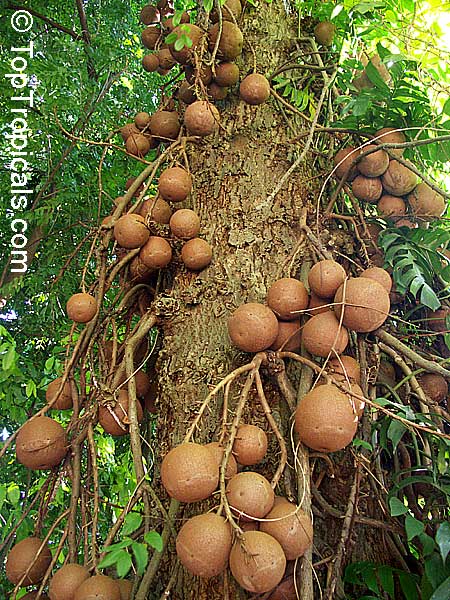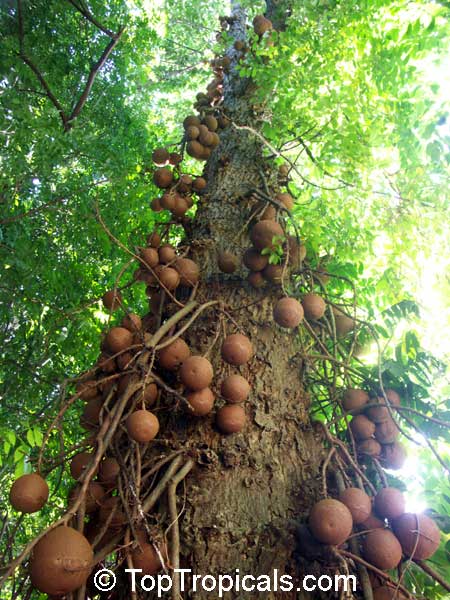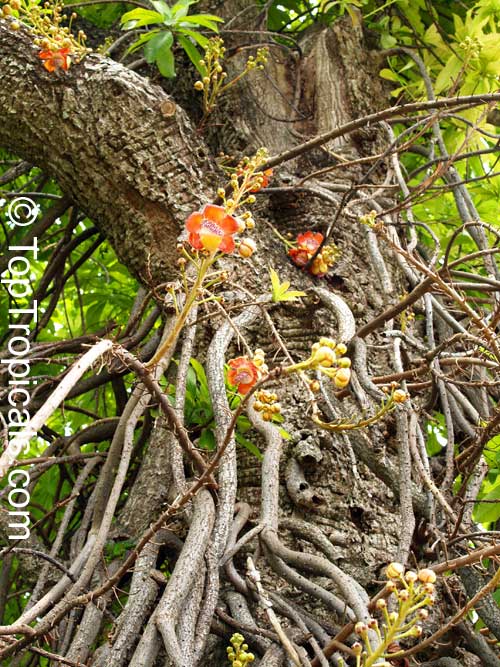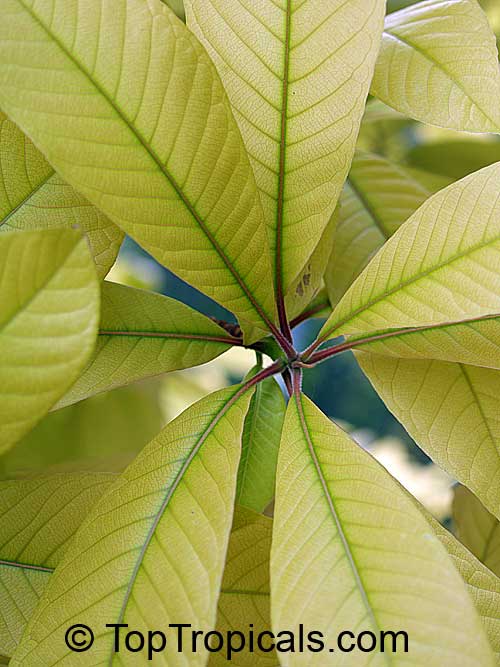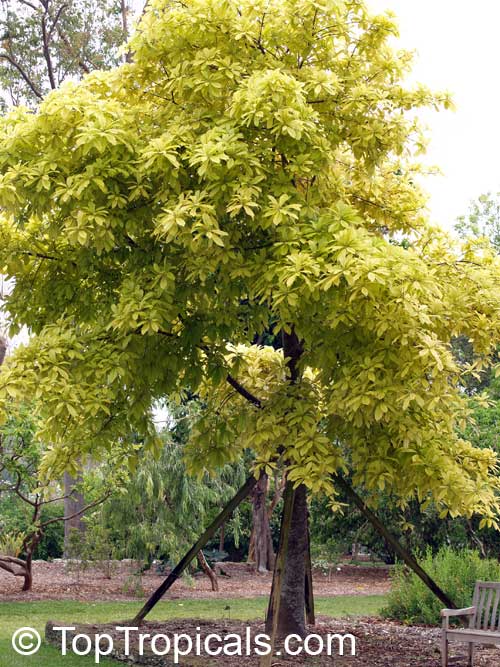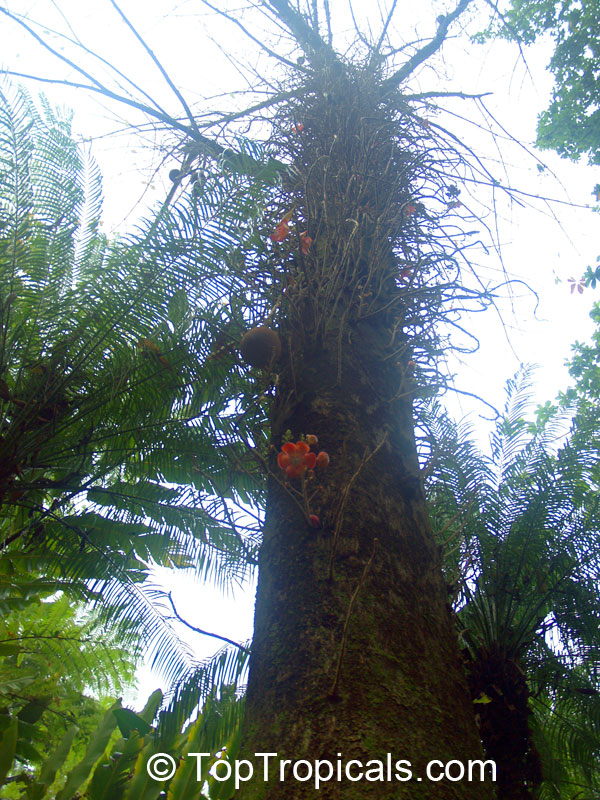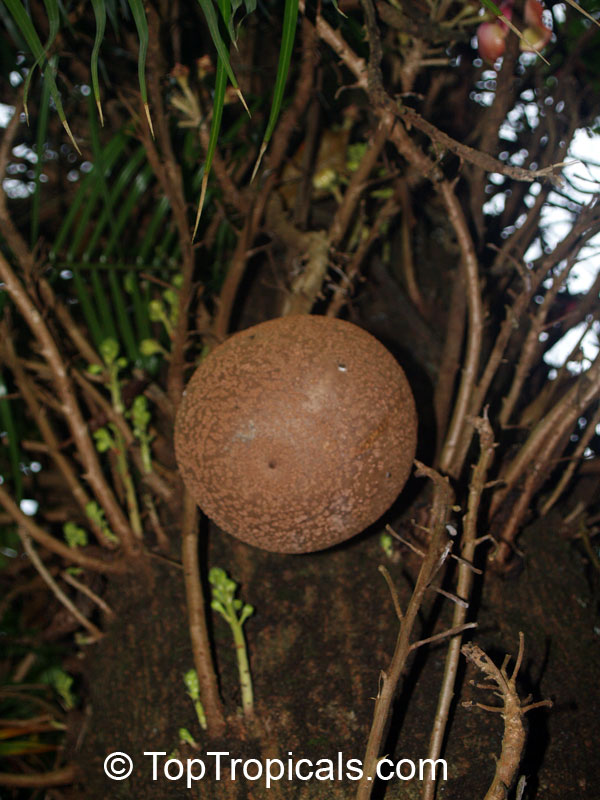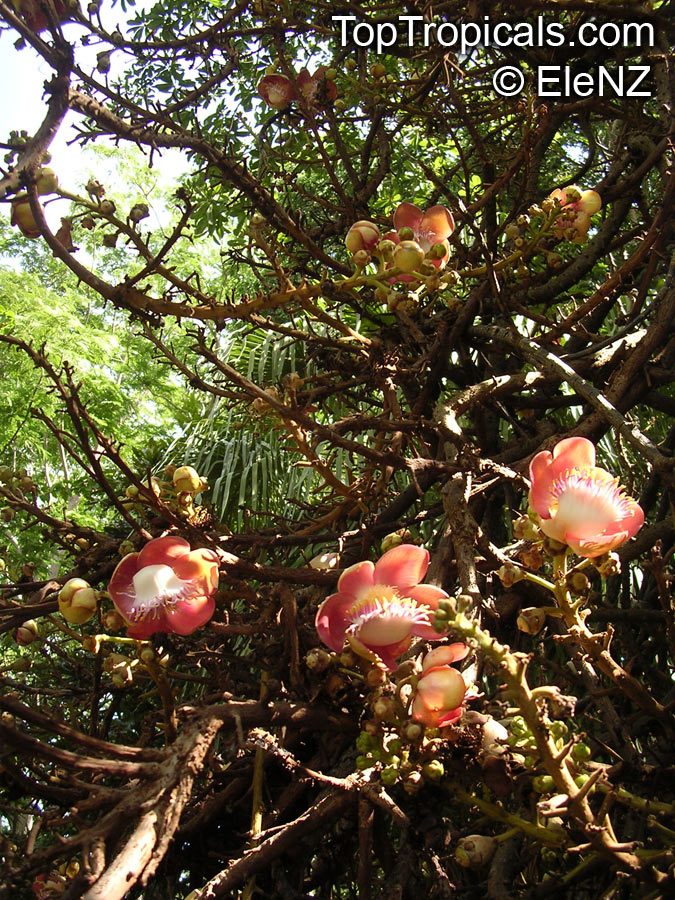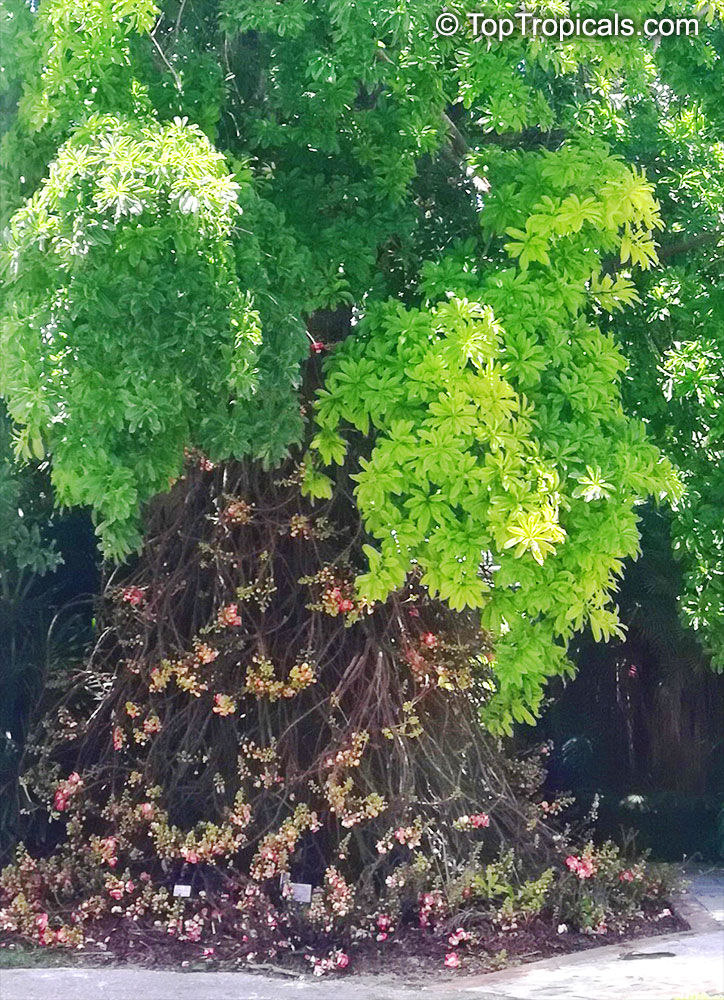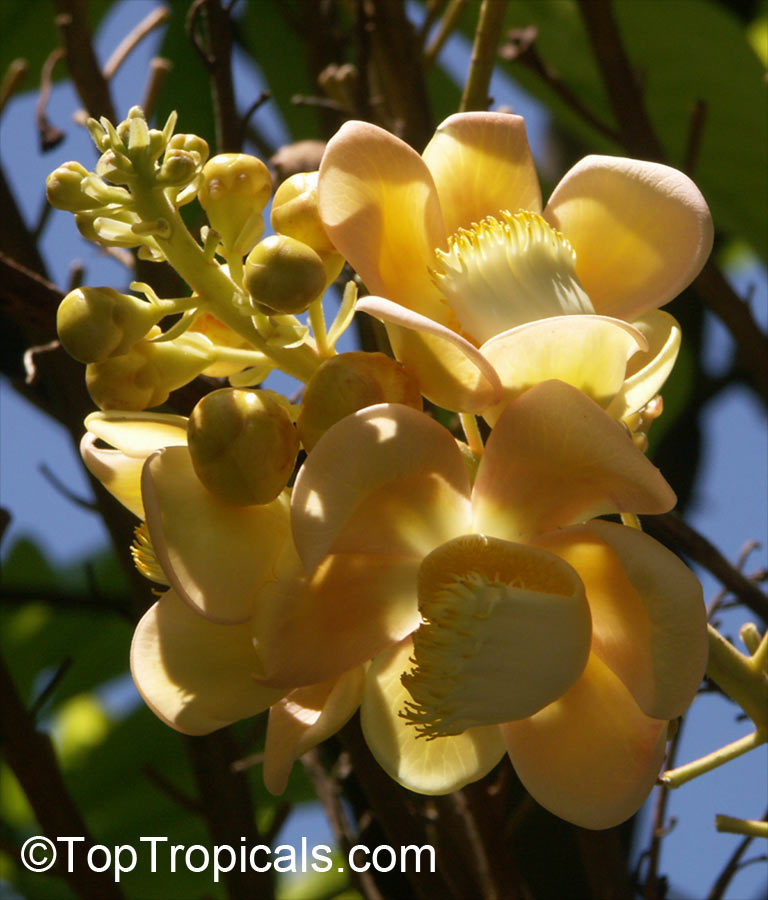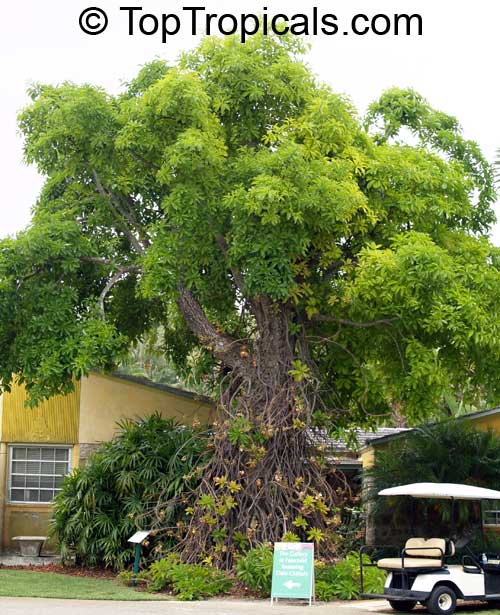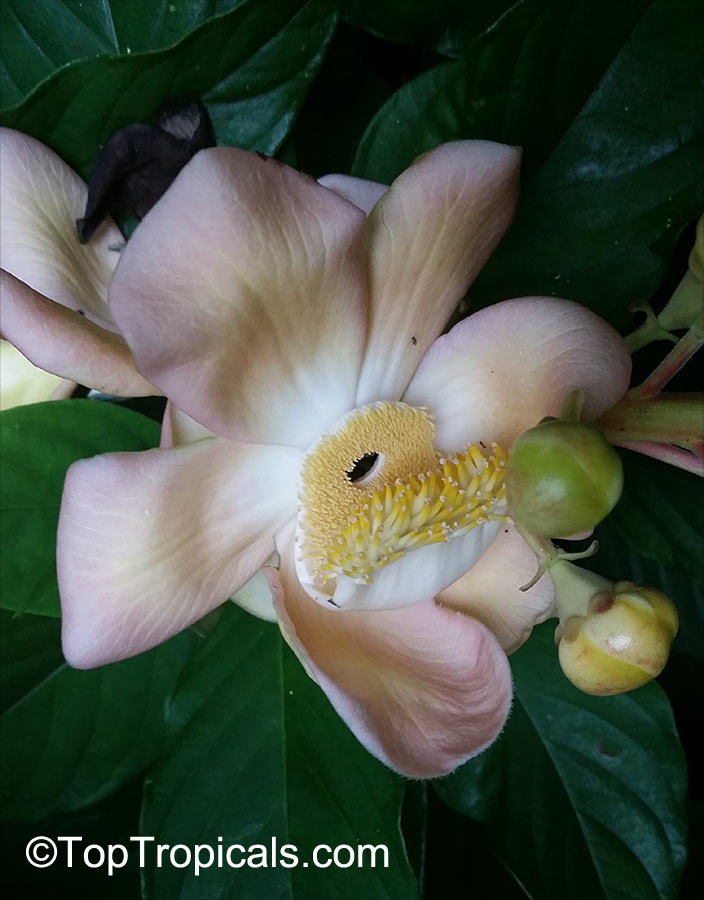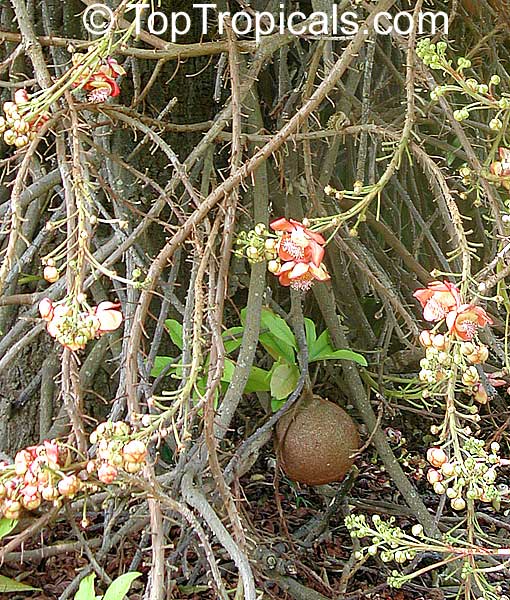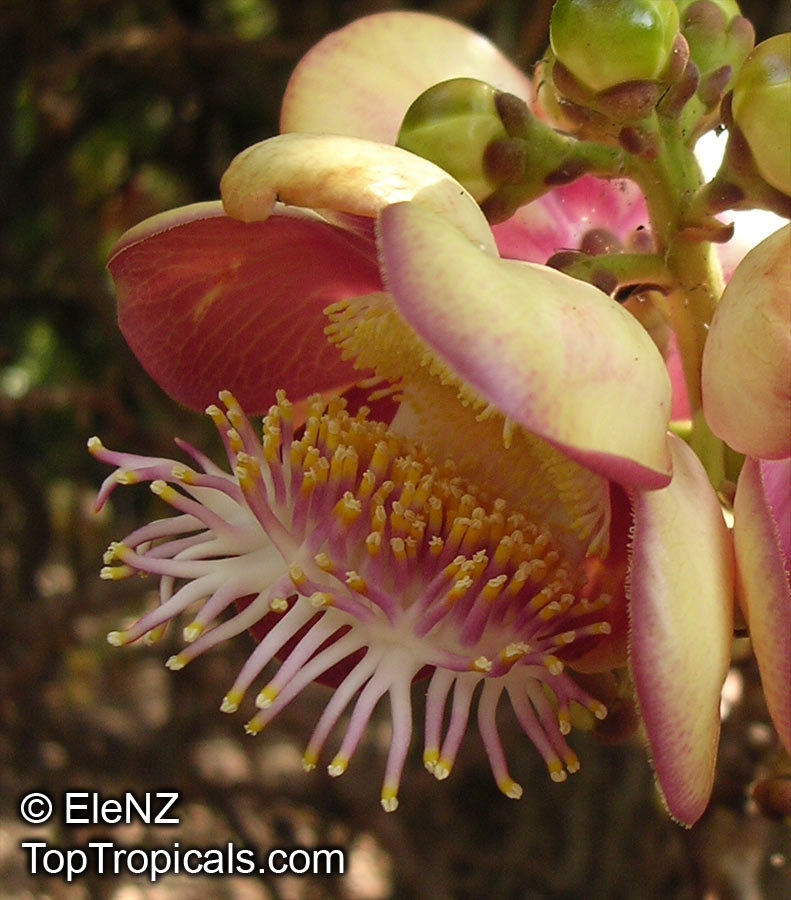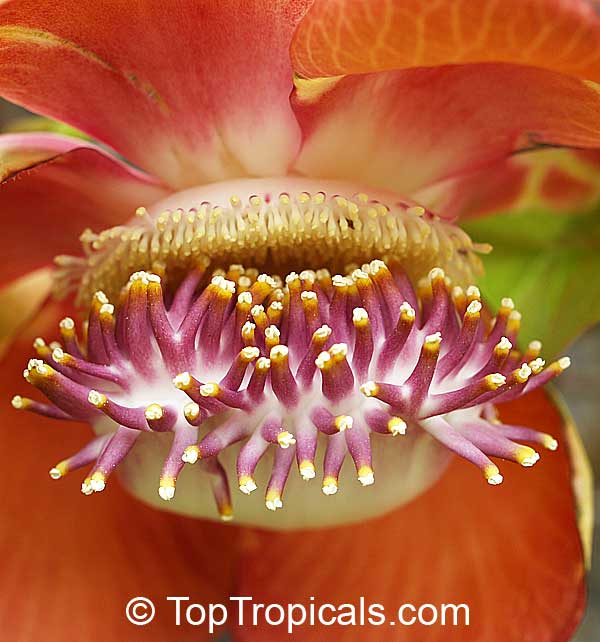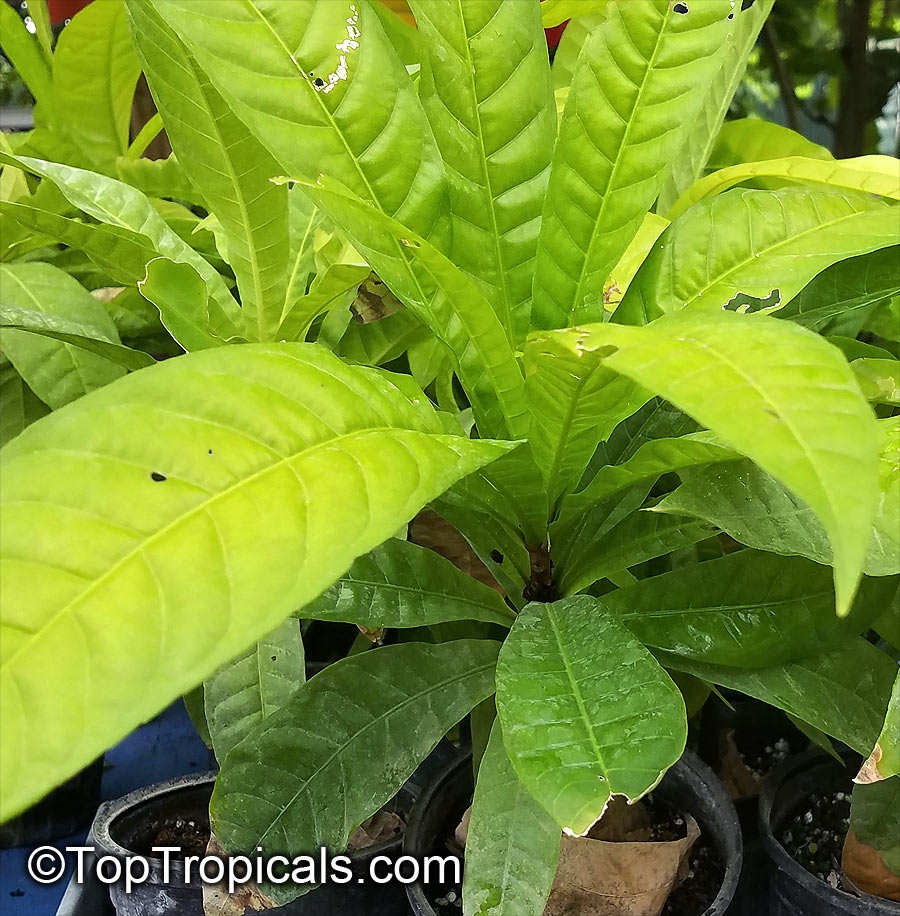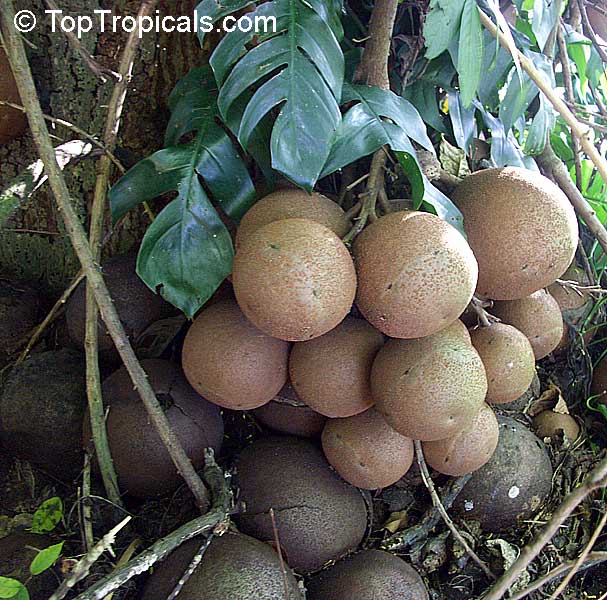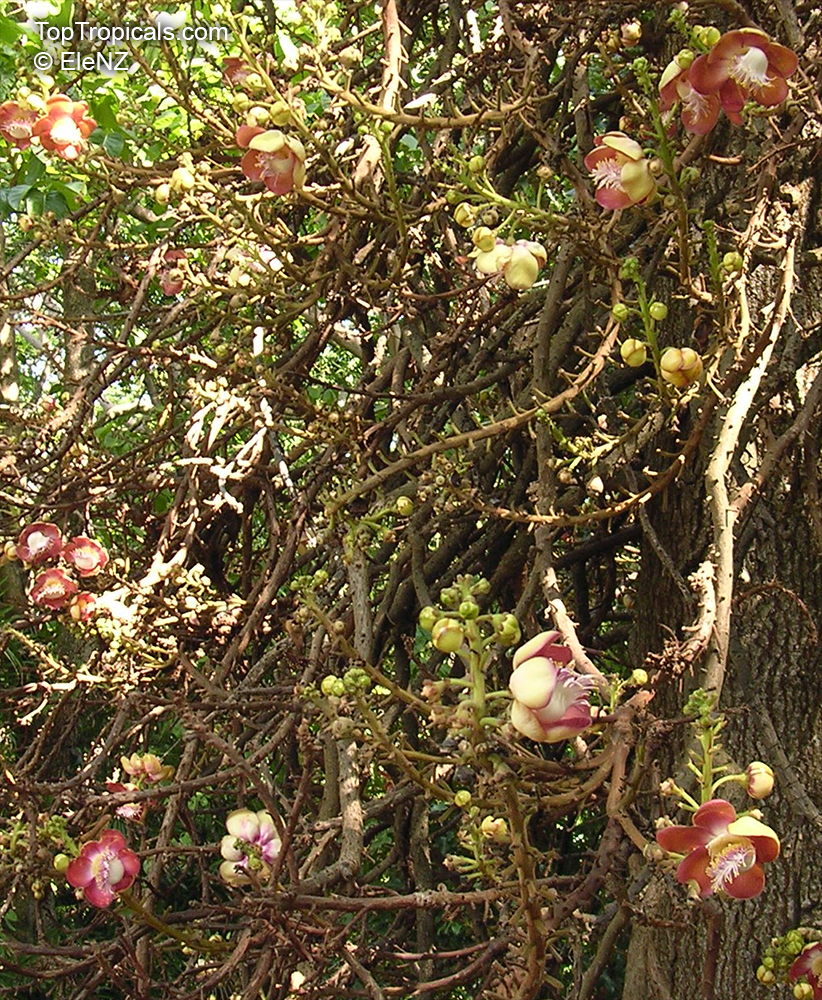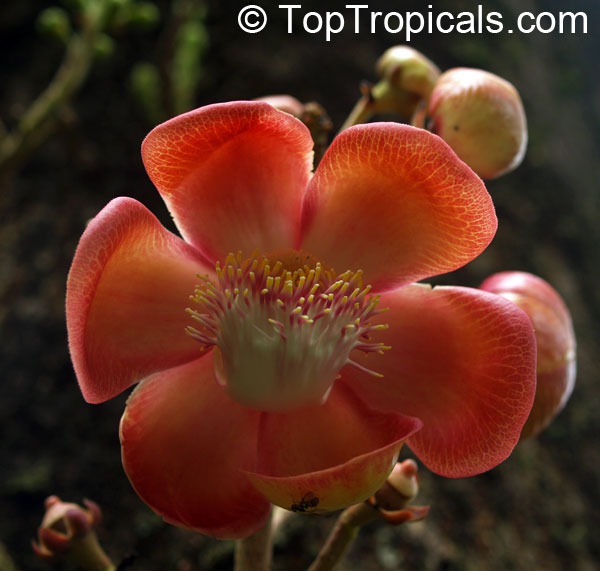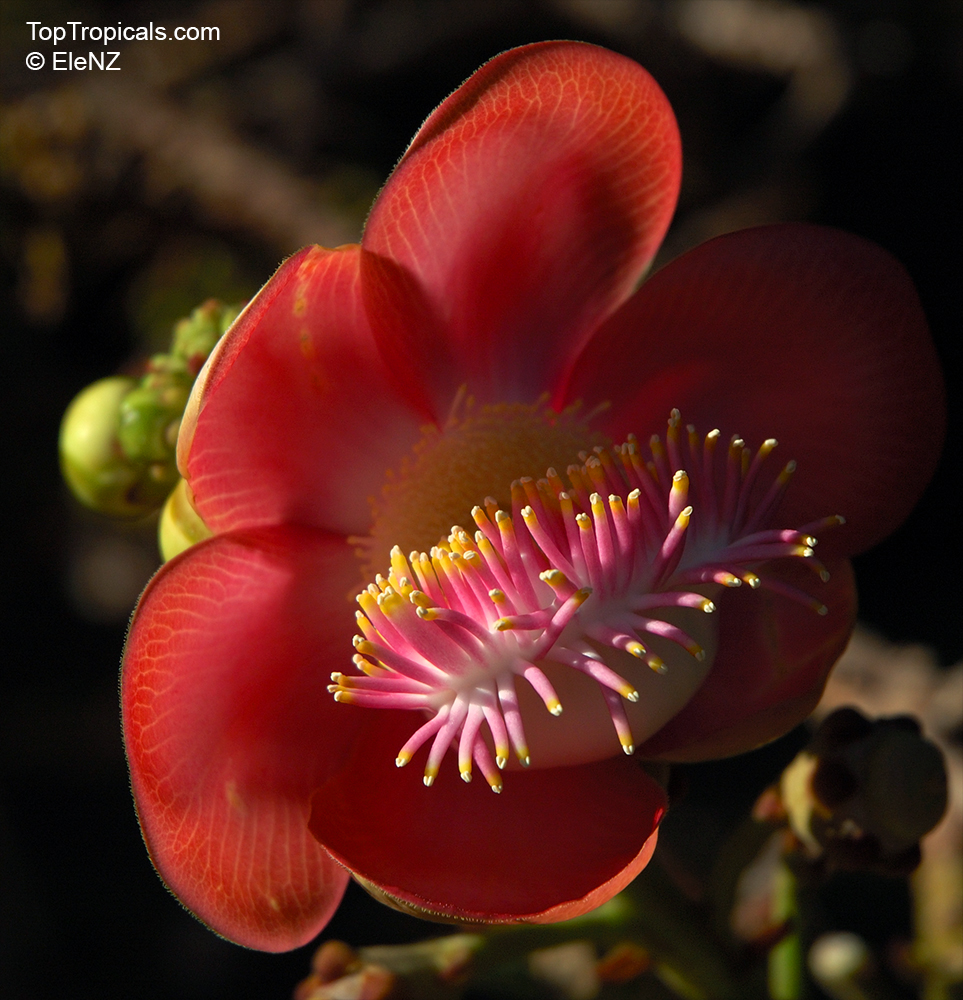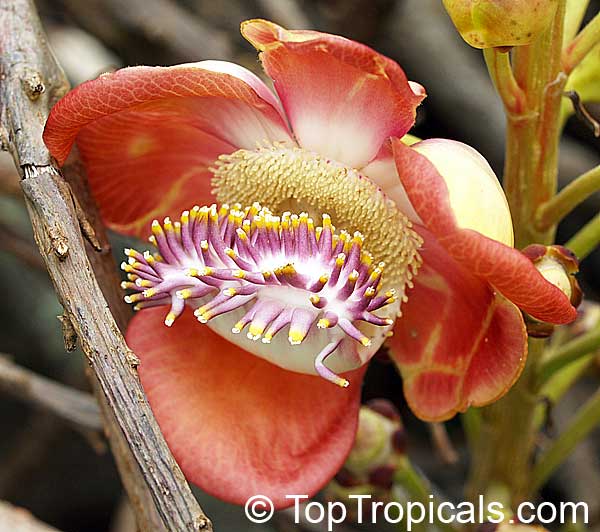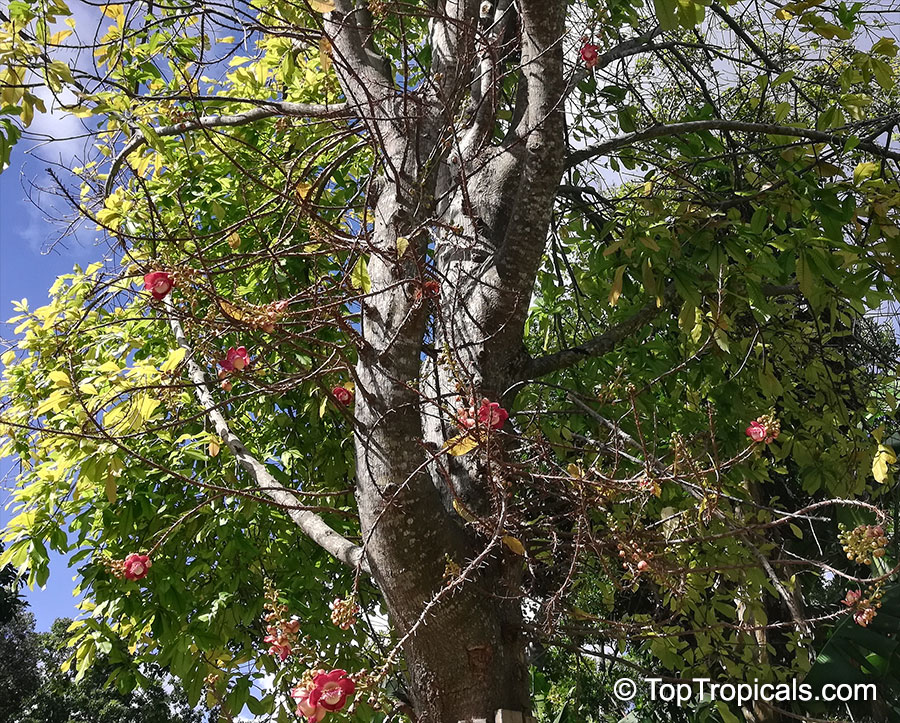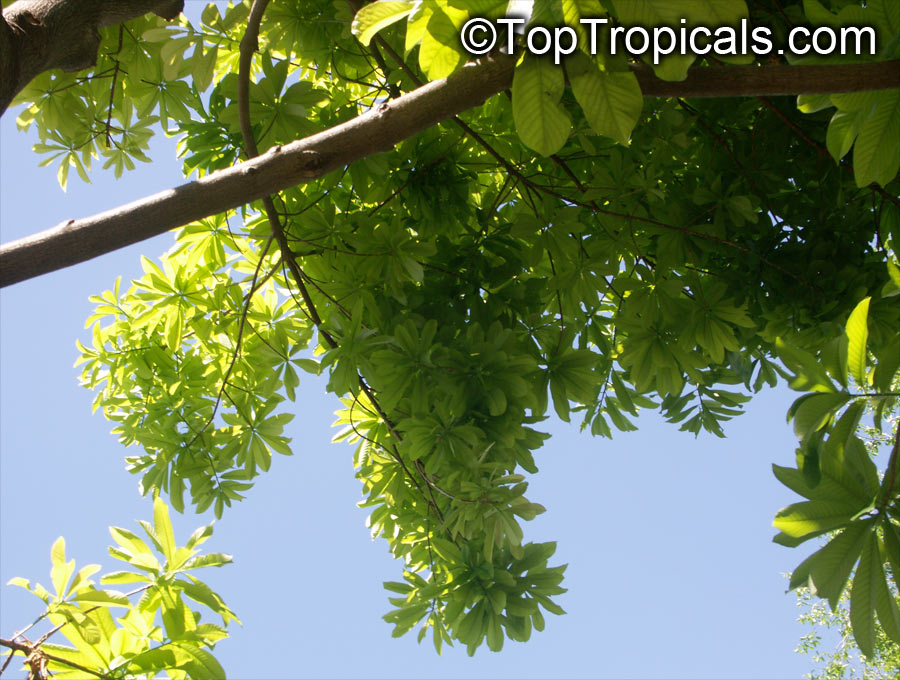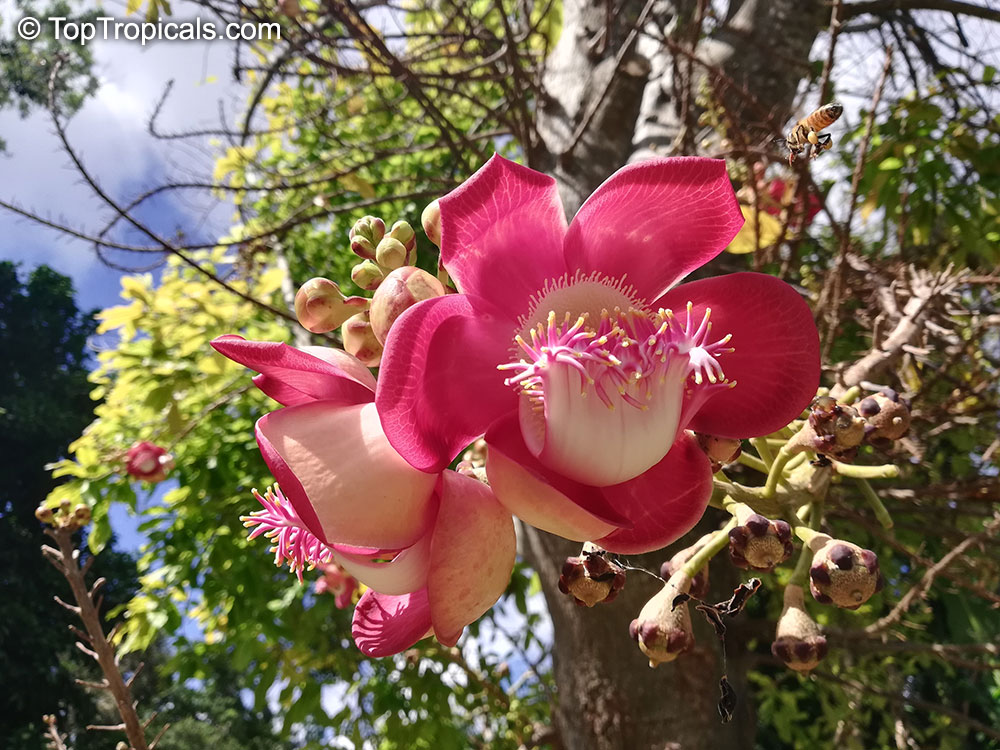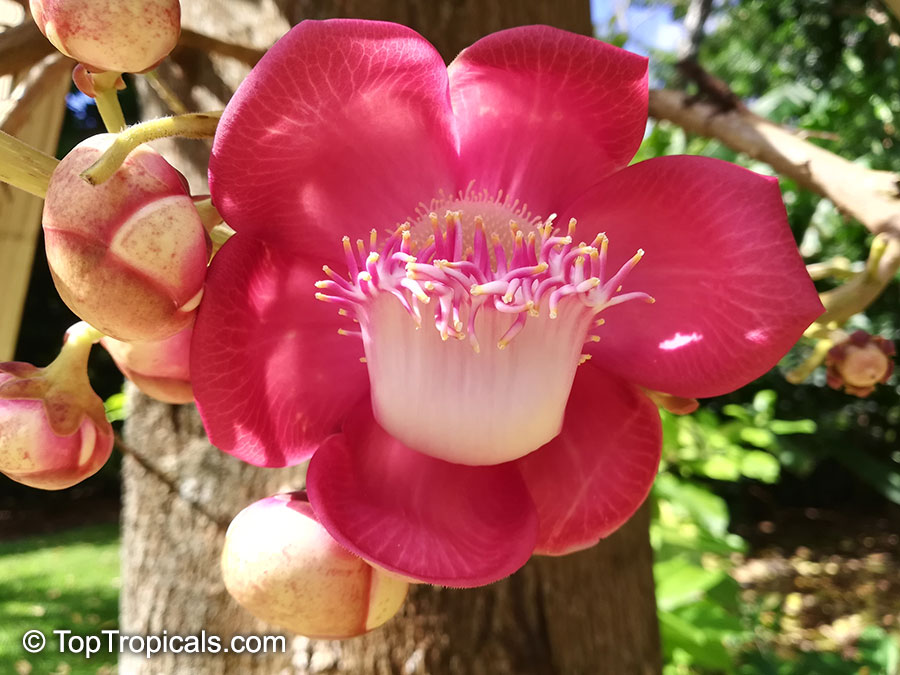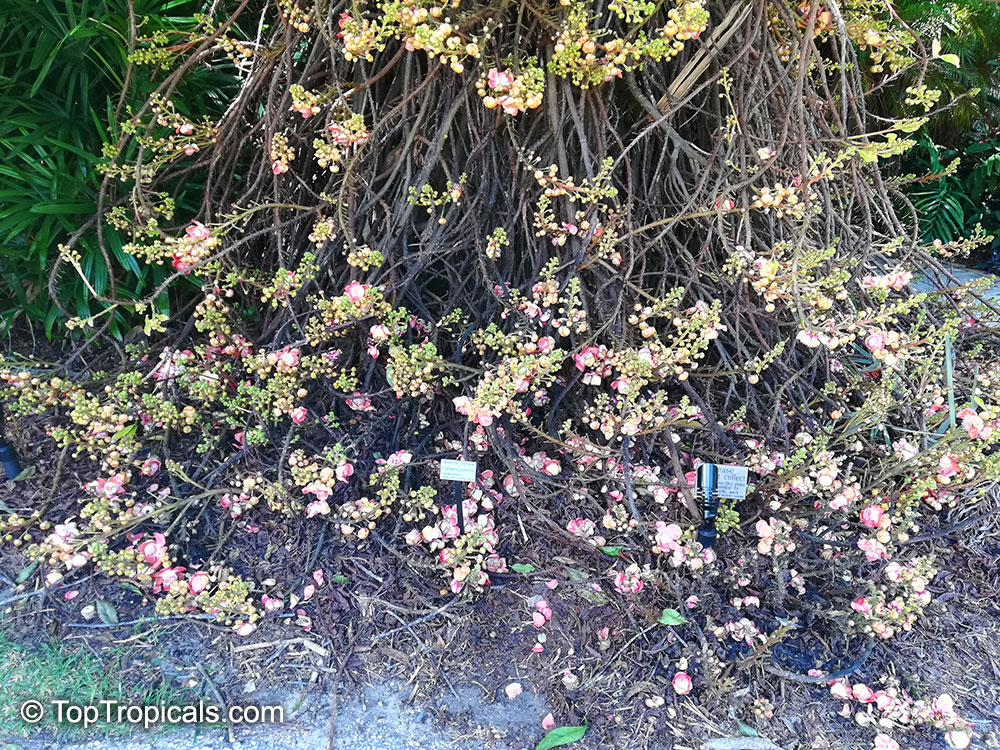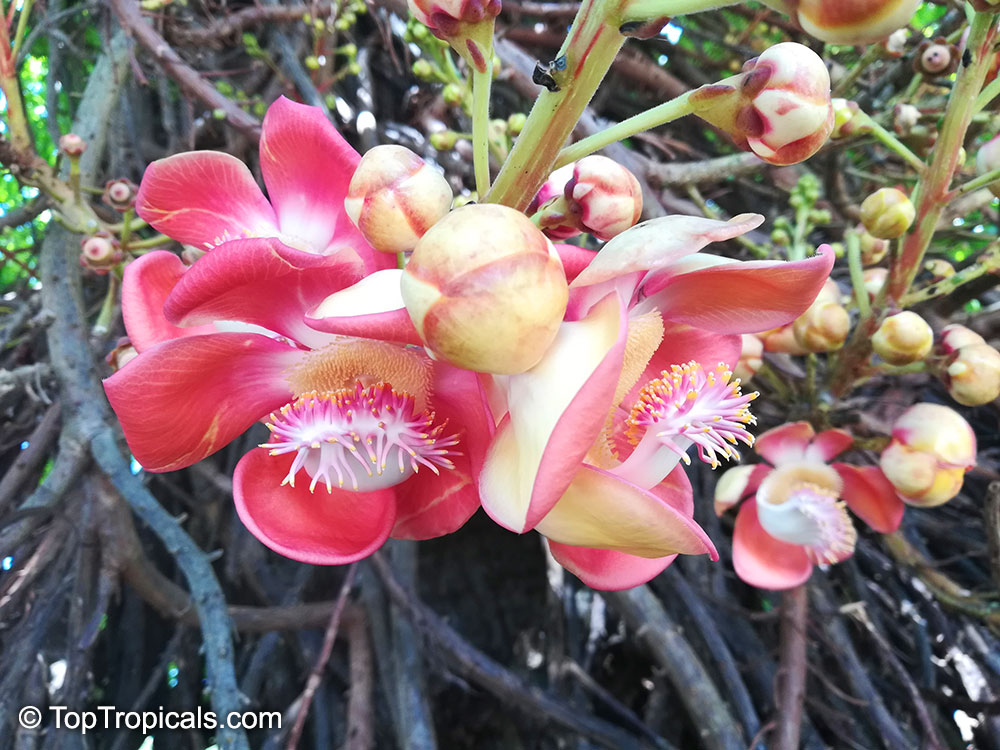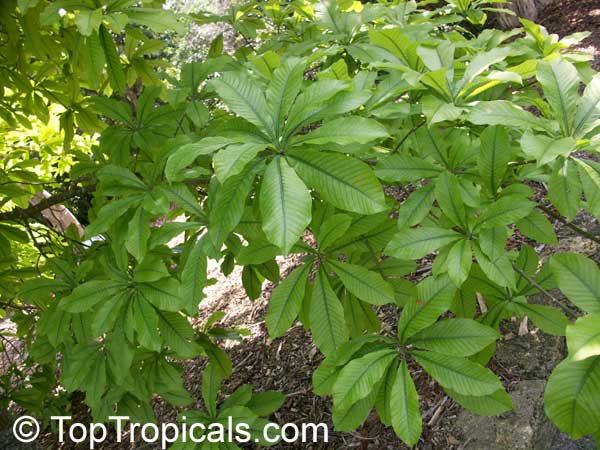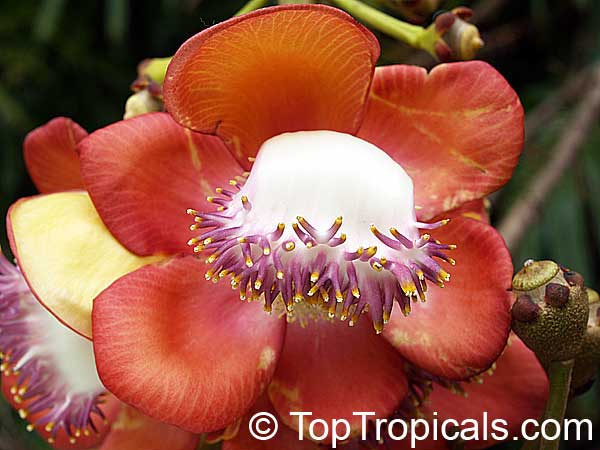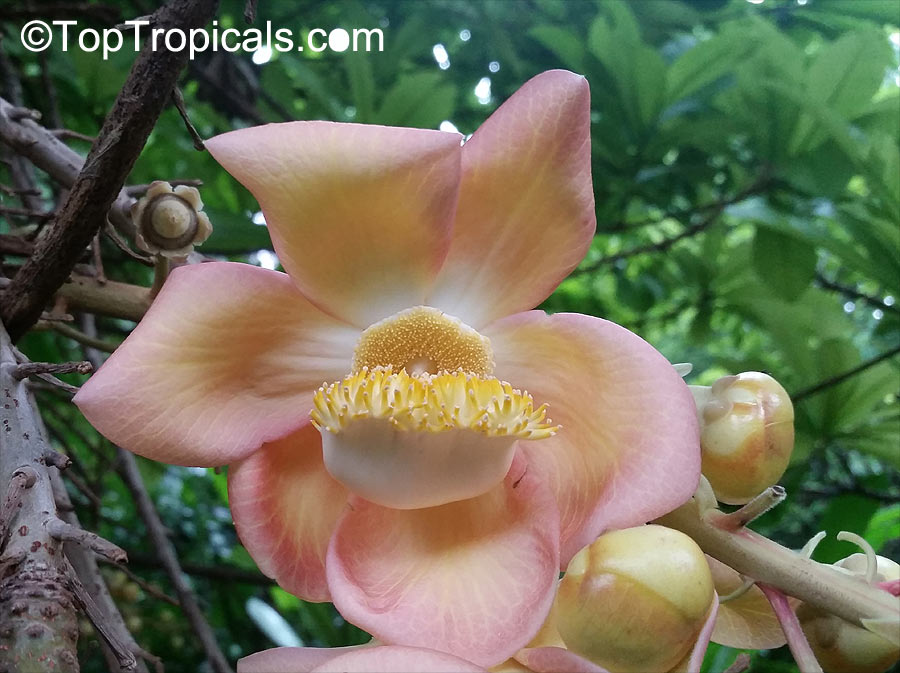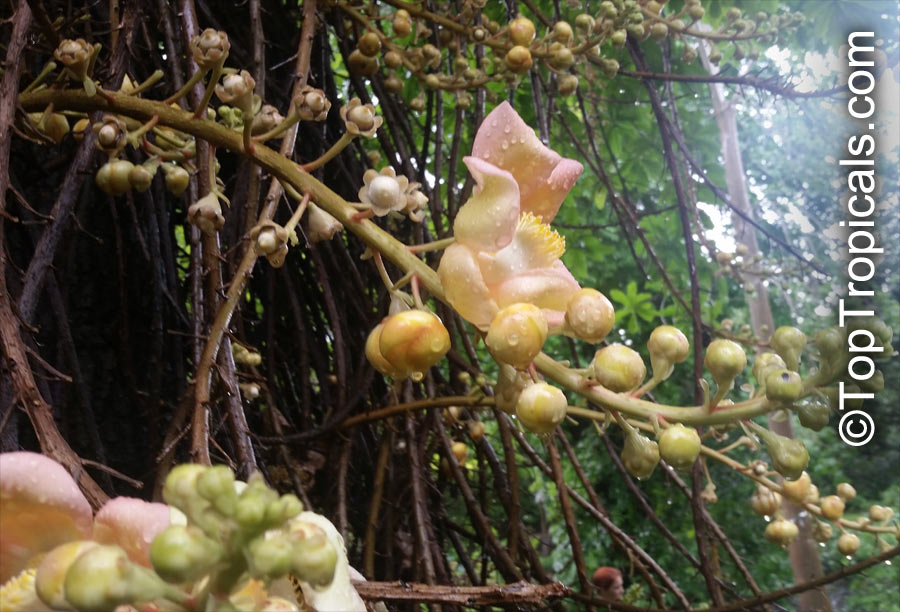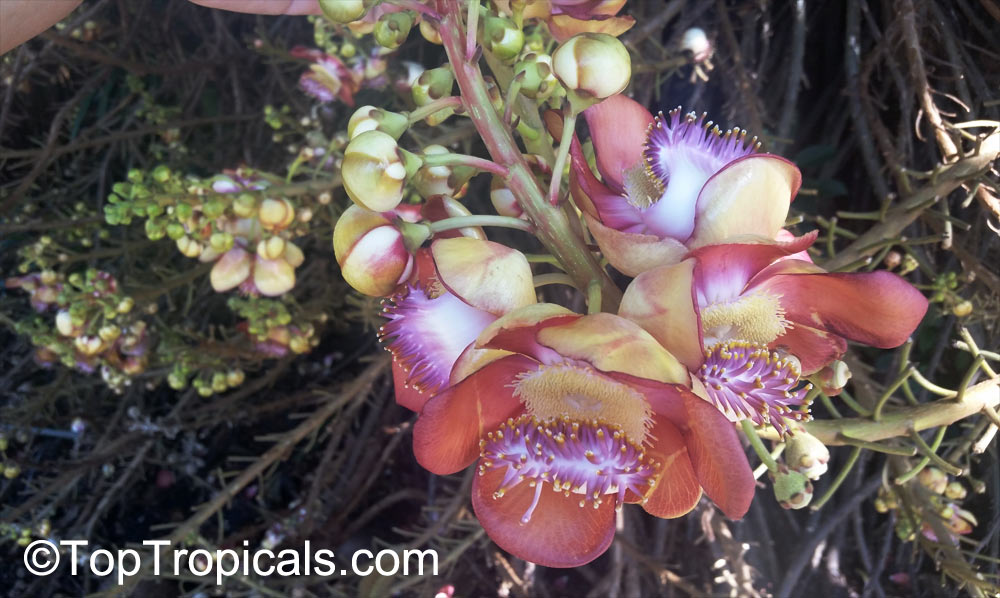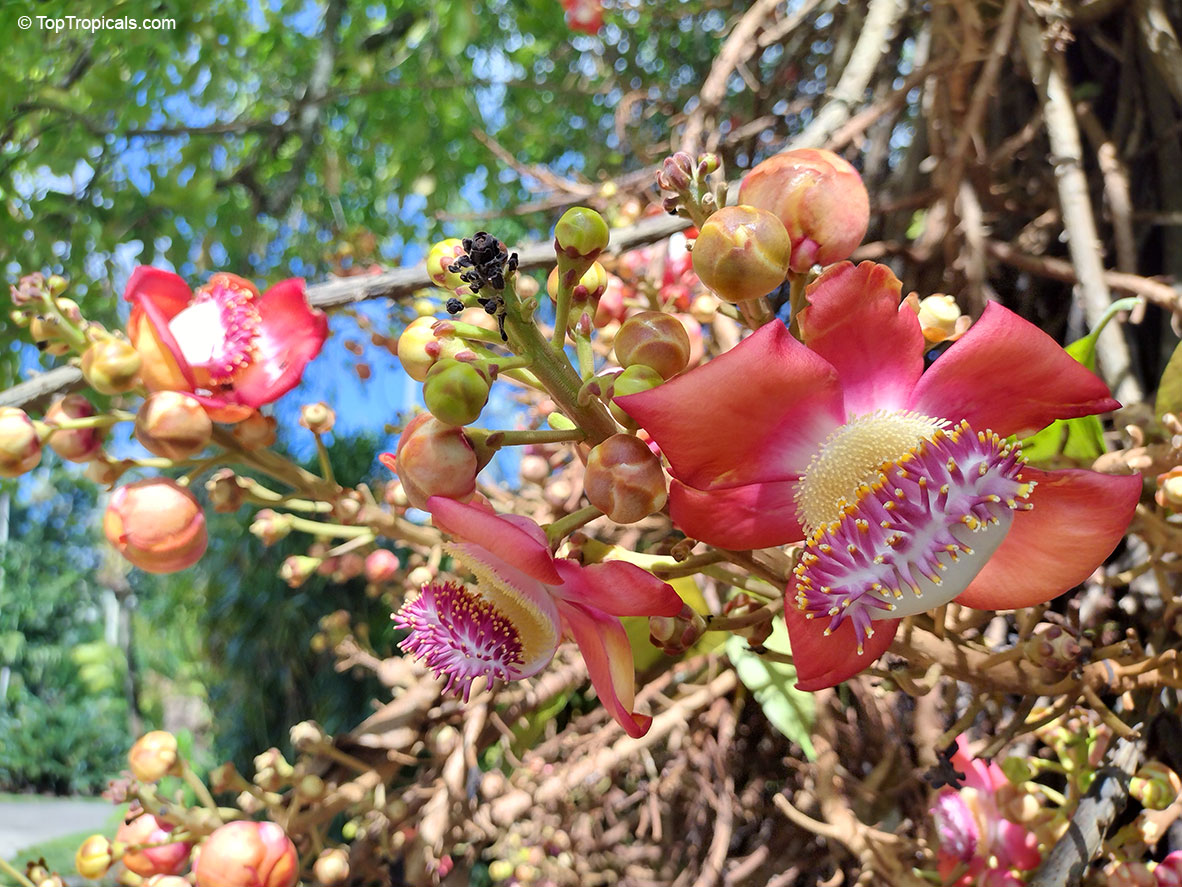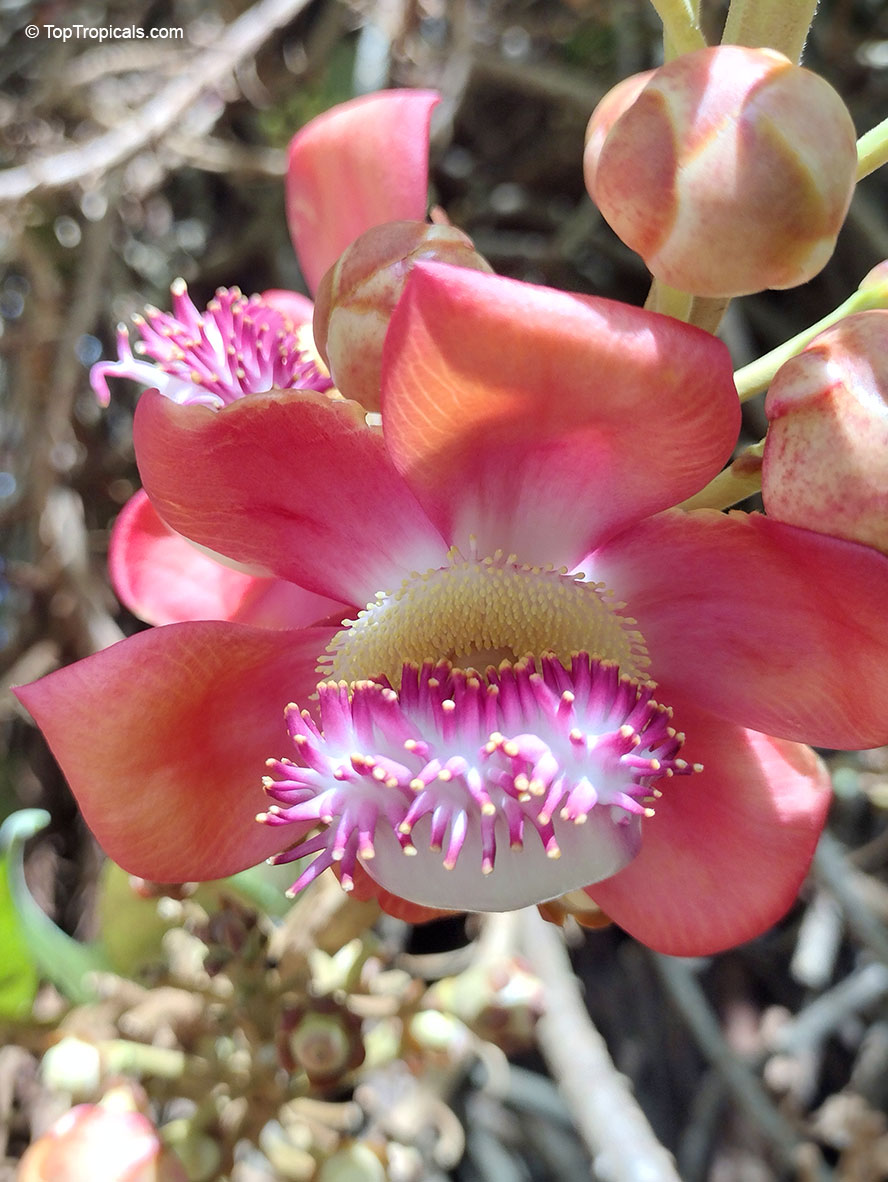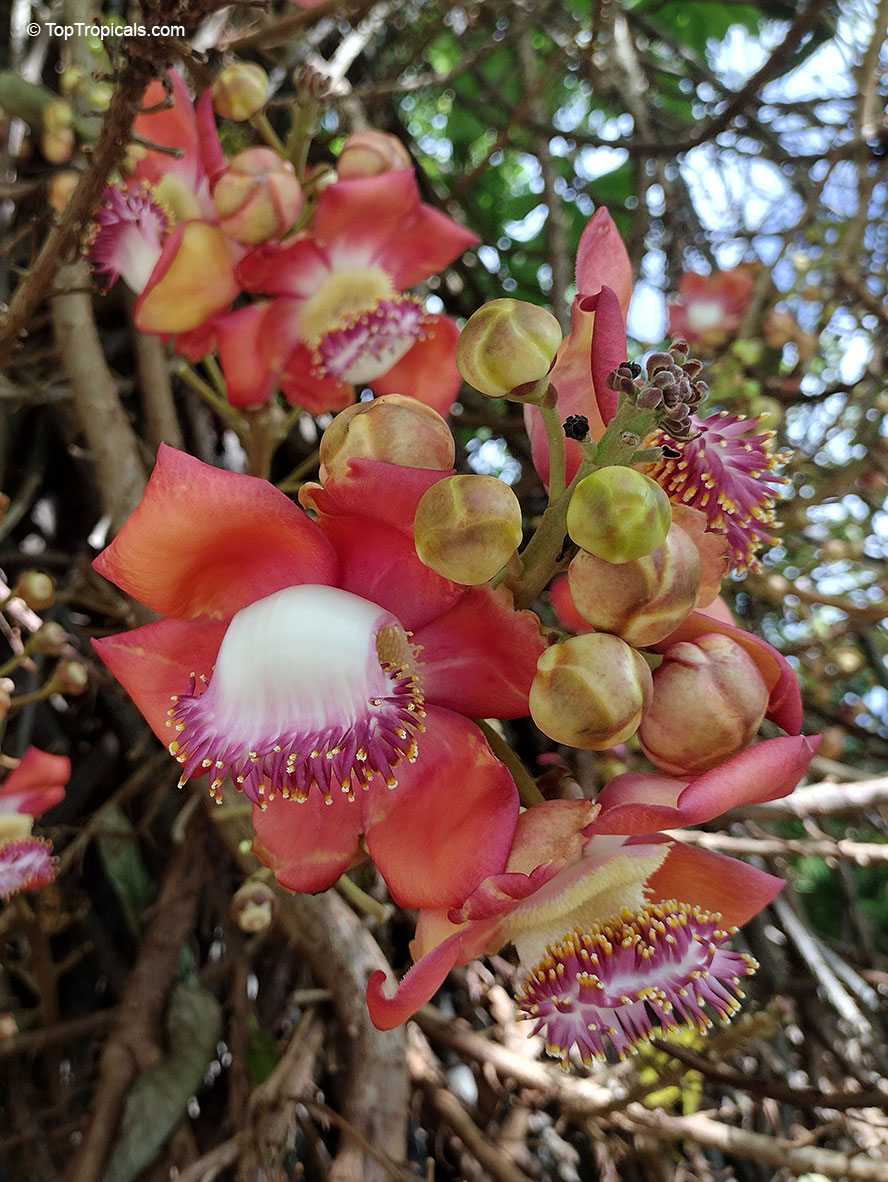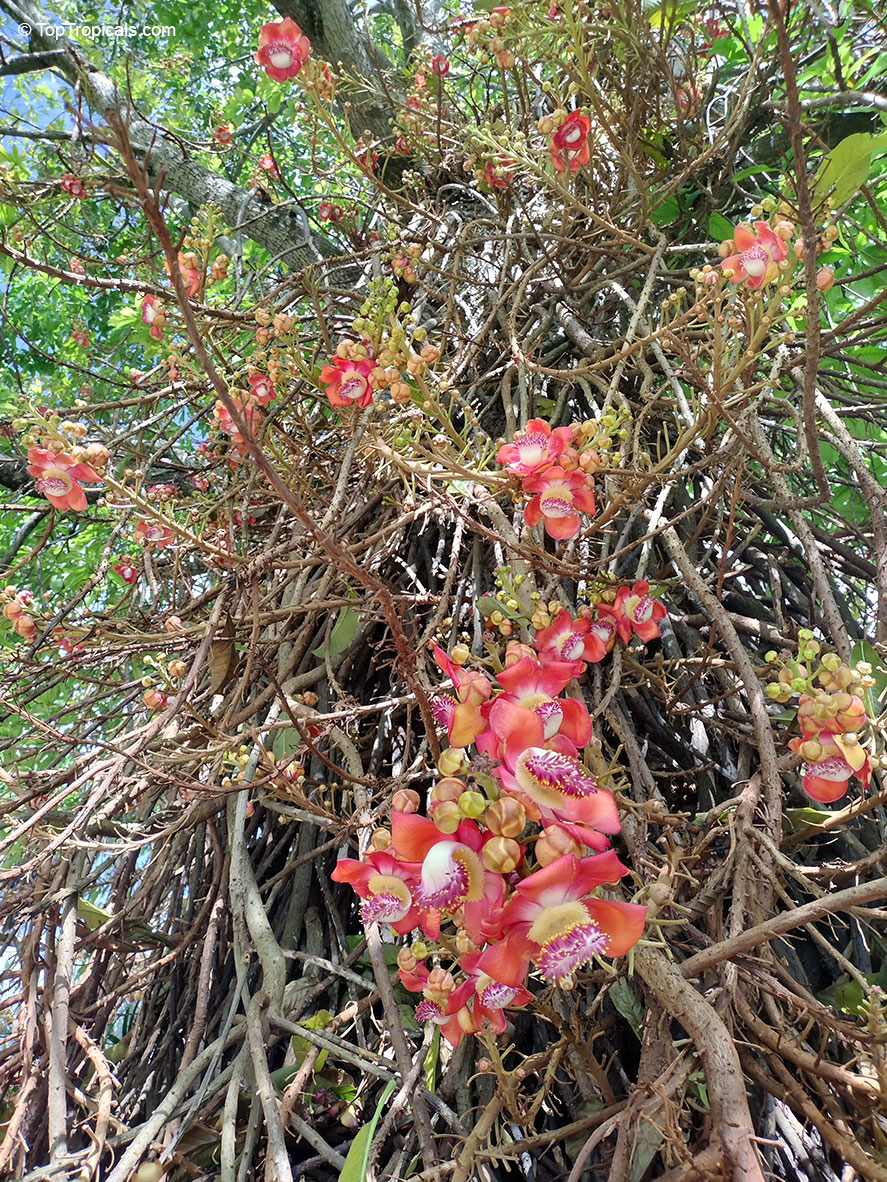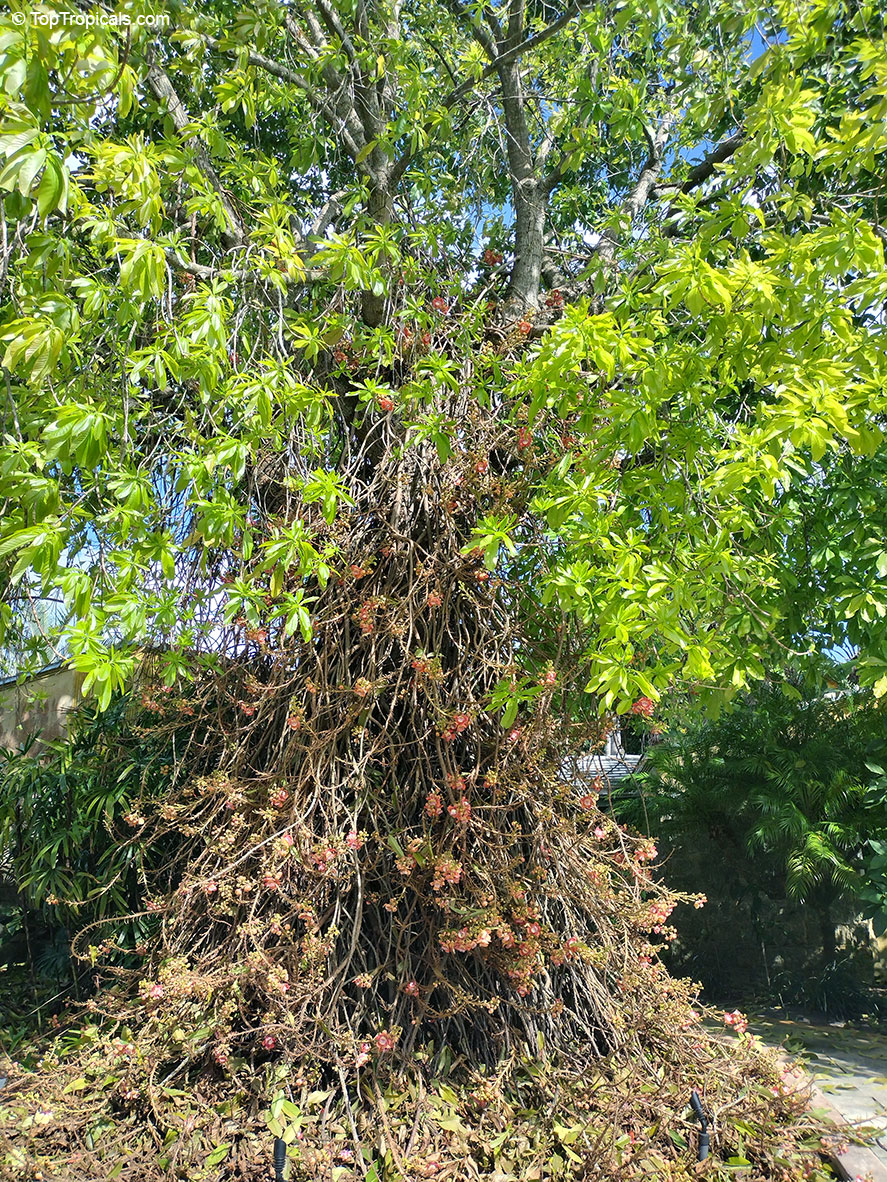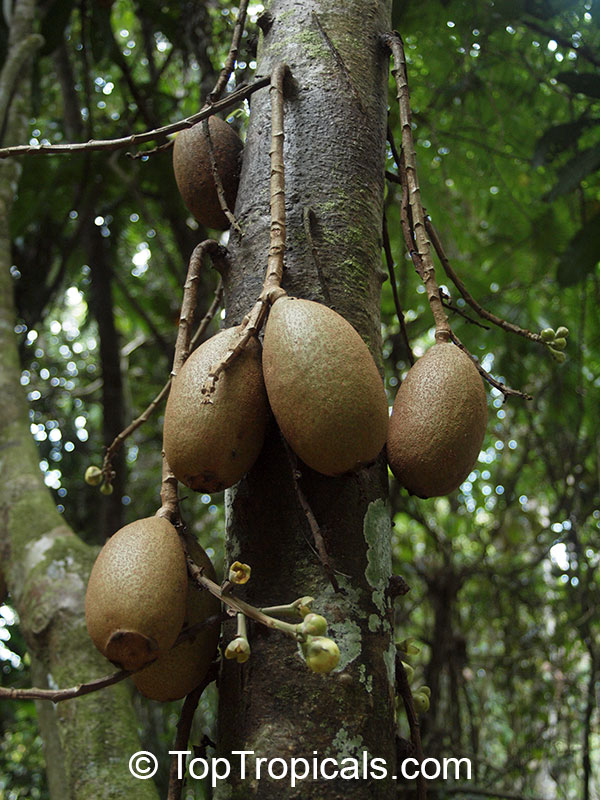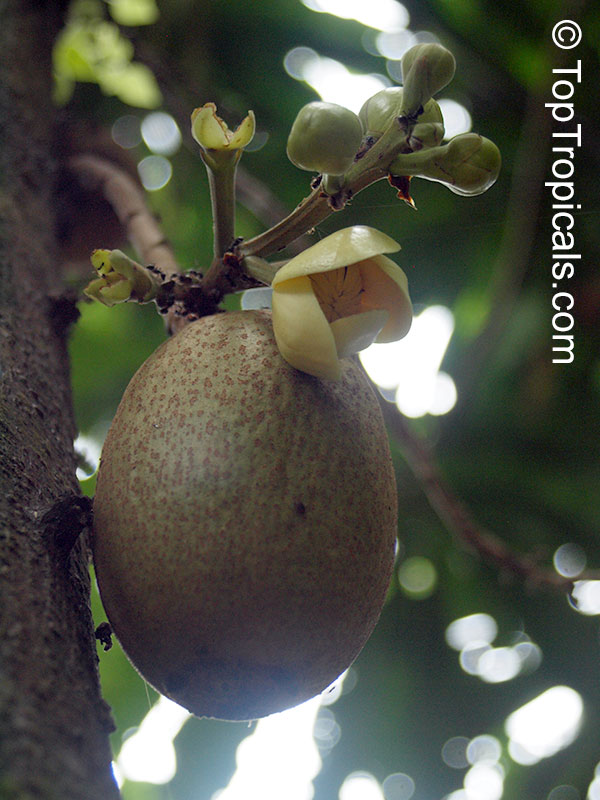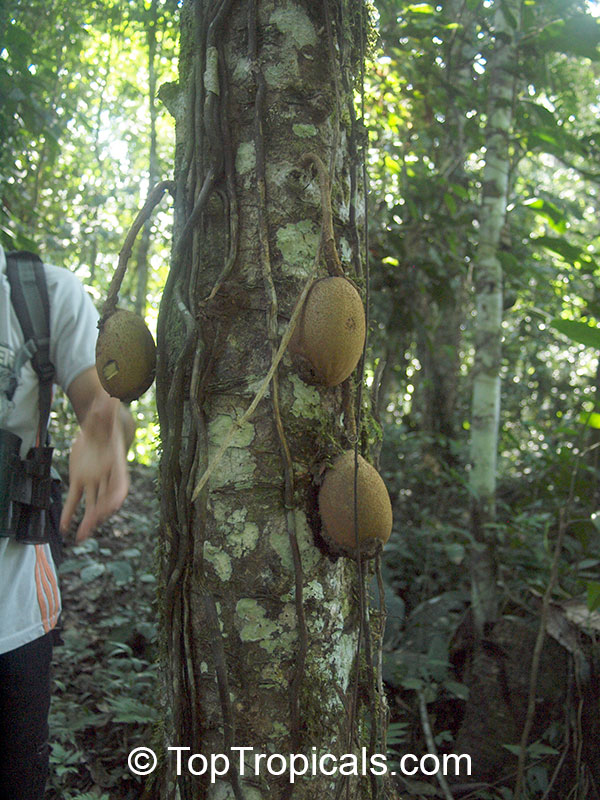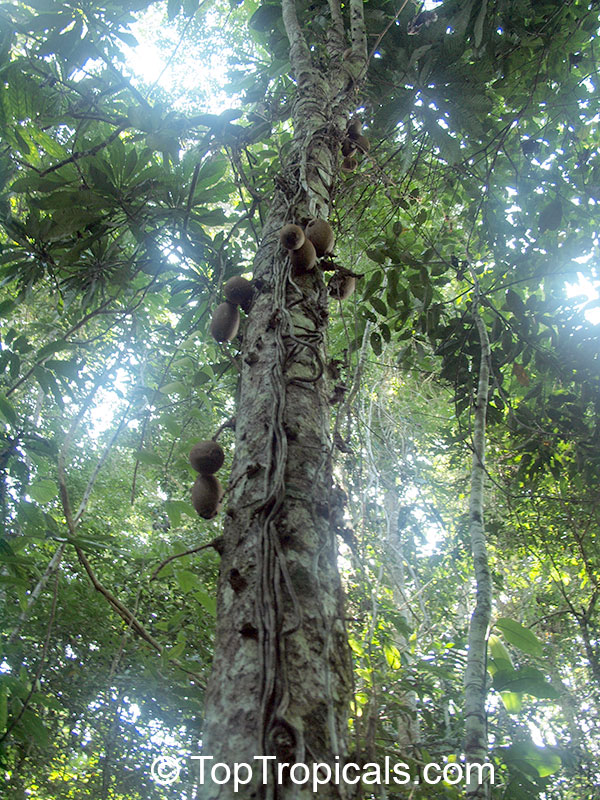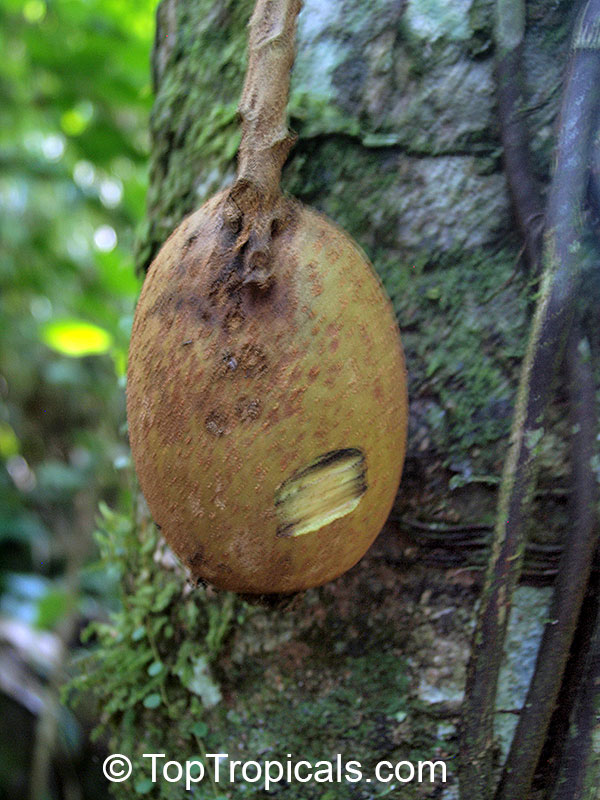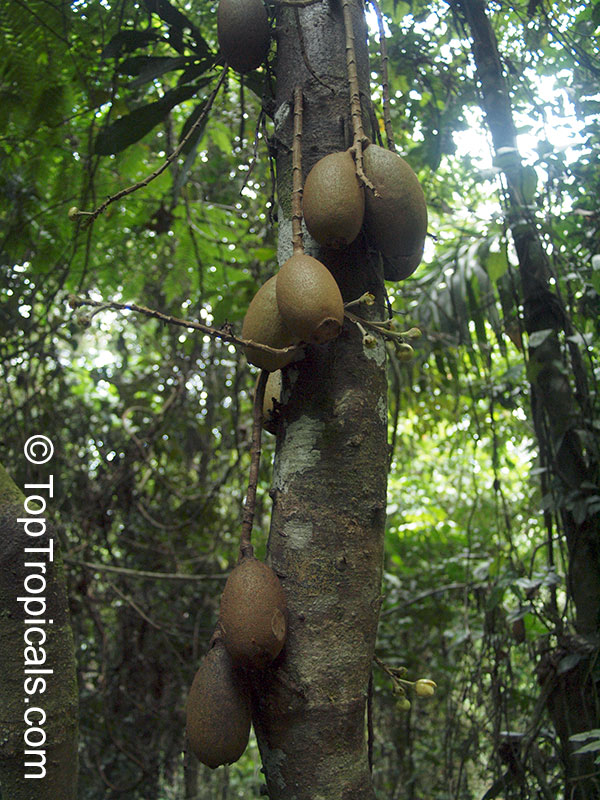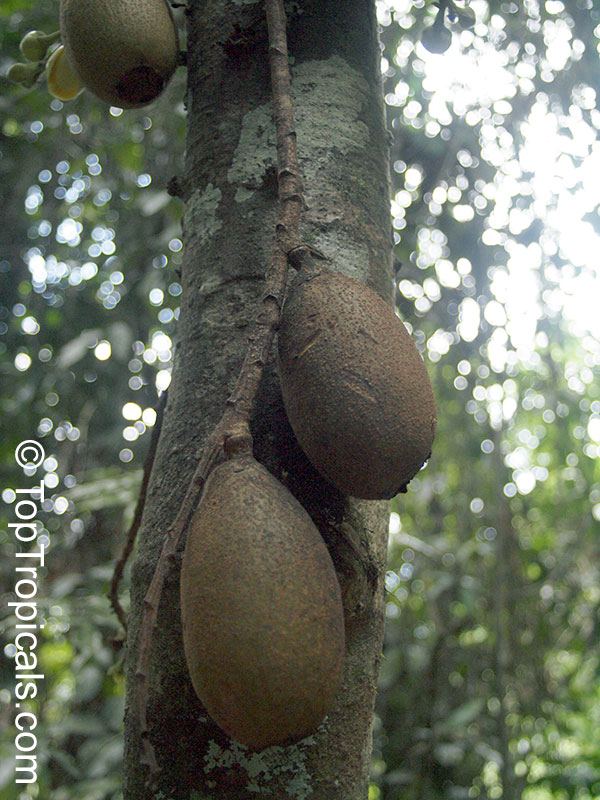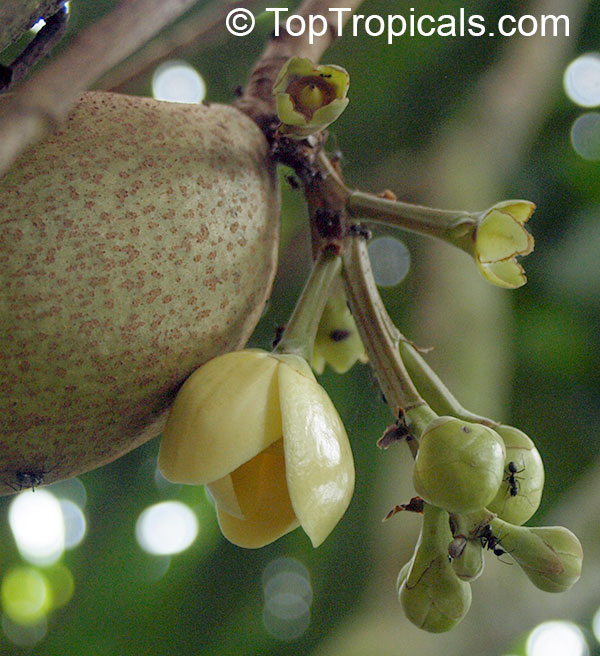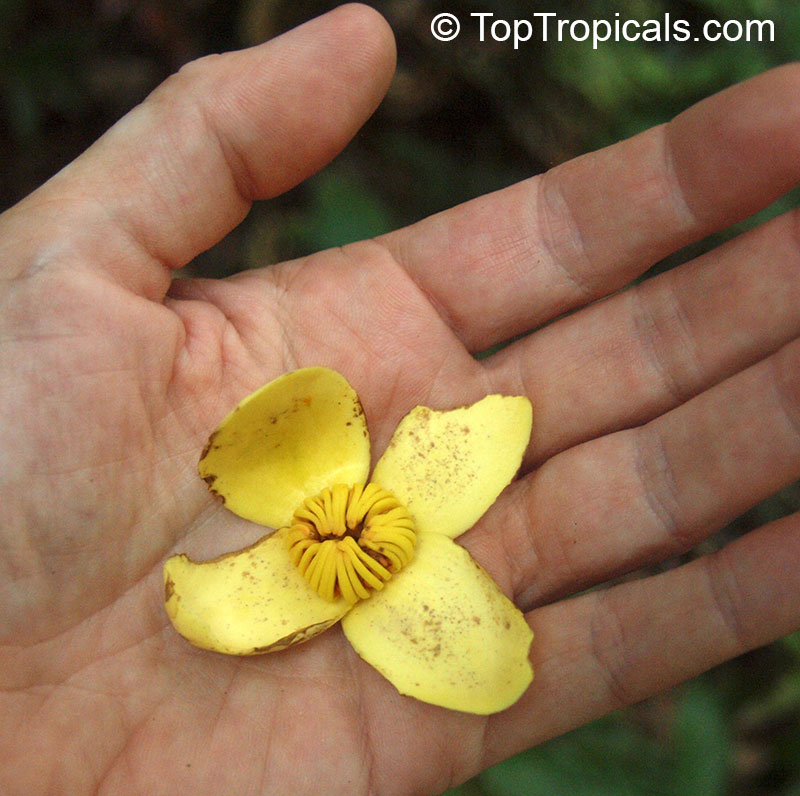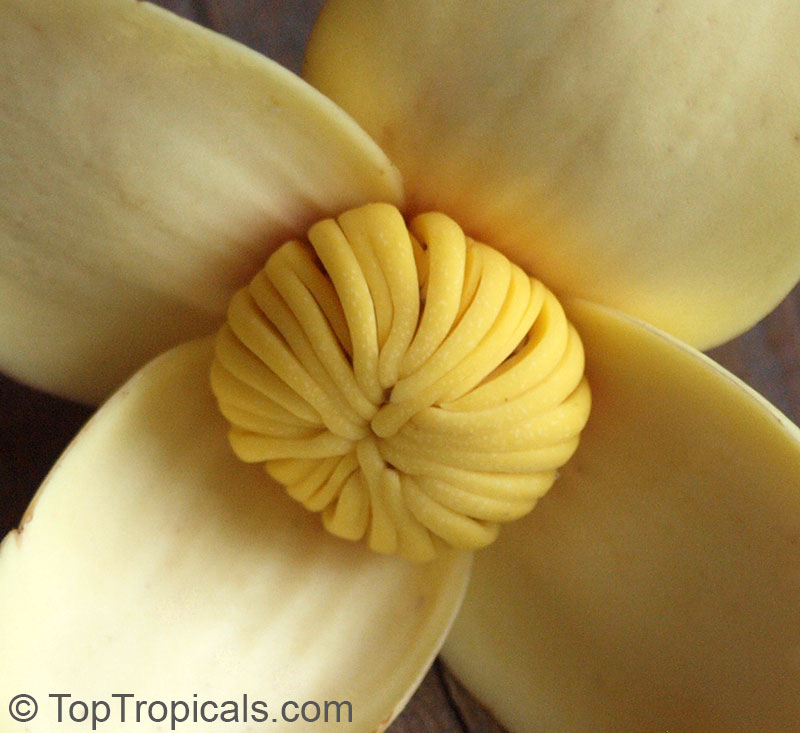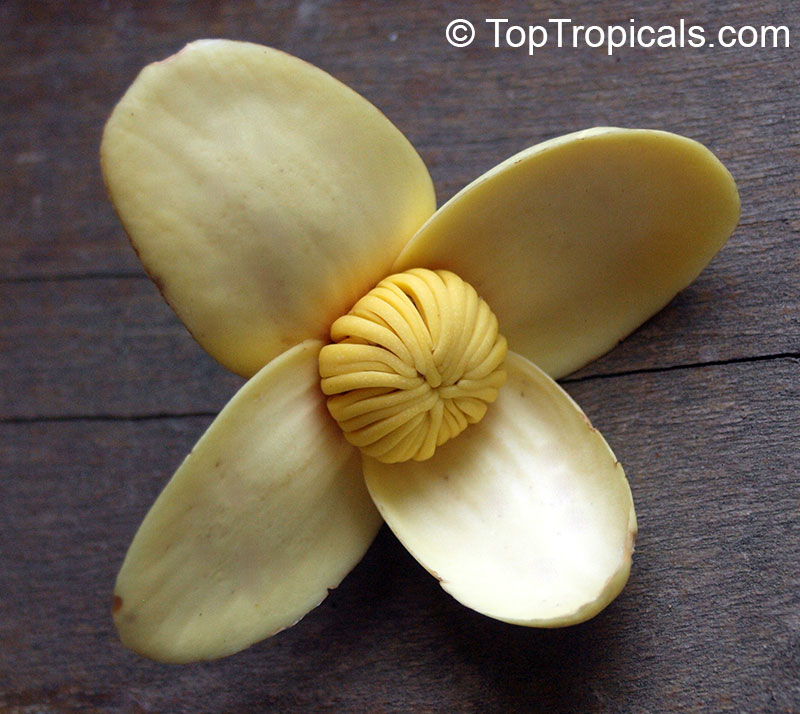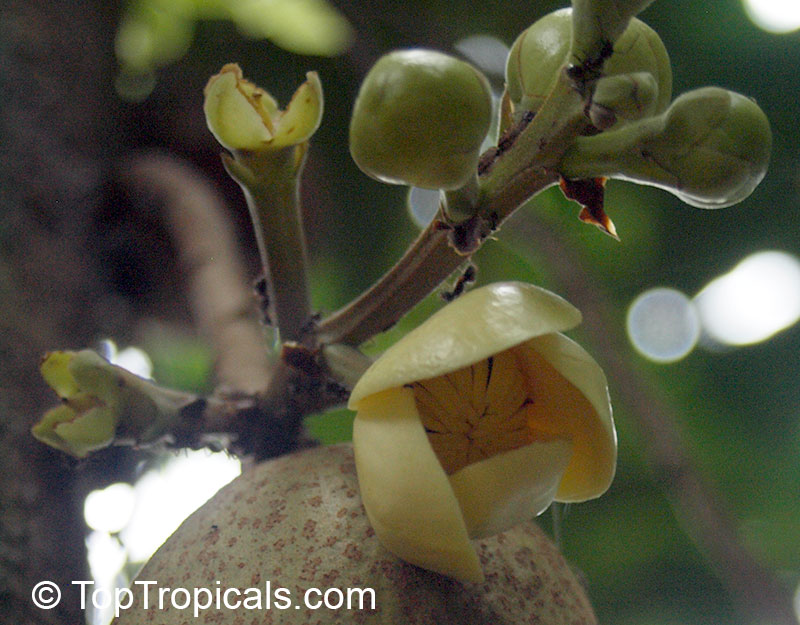Lecythidaceae - Botanical Family
Top Tropicals Plant Encyclopedia
| Number of plants found: 20 | Next | 
|
Go to page: | 1 | 2 |
Botanical name: Barringtonia acutangula
Common names: Freshwater Mangrove, Indian Oak, Indian Putat
Family: Lecythidaceae
Origin: Southeast Asia











Barringtonia acutangula is native to coastal wetlands in southern Asia and northern Australasia, from Afghanistan east to the Philippines and Queensland. The plant is used medicinally in fold remedies. Its bark contains potent opioid painkillers
Botanical names: Barringtonia asiatica, Mammea asiatica, Barringtonia speciosa, Agasta asiatica, Butonica rumphina
Common names: Sea Poison Tree, Langasat, Fish Poison Tree, Putat Laut, Butun, Butong, Pertun, Balubiton, Lugo, Motong-botong, Vuton
Family: Barringtoniaceae / Lecythidaceae
Origin: Coastal areas of: Indian, Madagascar, Philippines, Polynesia












Barringtonia asiatica, often called Sea Poison Tree, is native to Coastal areas of India, Madagascar, Philippines and Polynesia and can be used for bonsai. It is a small tree that can reach between 10-20 ft (3-6m), preferring full sun and moist soil. It produces fragrant, pink and white-off white flowers, often also attracting butterflies and hummingbirds. The plant is flood tolerant and tolerant of sea salt, making it an ideal choice for seaside plantings. It is poisonous or toxic and grown in USDA Zone 9-11. In colder regions, it can be grown in a pot with care.
This deciduous tree has large leaves held in rosettes at the ends of the branches, with young leaves being a beautiful bronze with pinkish veins. Old leaves may turn yellowish. Flowers are delightful puff balls of white stamens tipped with pink, which open at night and attract moths and nectar-feeding bats with their heavy scent. The fruits of the Sea Poison Tree take the shape of a lantern, with the outermost layer of the fruit wall being green and turning brown when ripe. The middle layer is spongy and contains air sacs to help the fruit float, and the innermost layer is hard and thick to protect the seed.
The plant has many ethnomedical uses, particularly in areas where it is native. The heated leaves are used to treat stomach ache and rheumatism (Philippines), while seeds are used to get rid of intestinal worms. Its saponin-rich parts are pounded, pulped or grated to release the poison and used to stun fish in freshwater streams, while the floating seeds are sometimes used as fishing floats. Easily reproduced by seeds, Barringtonia asiatica is a colorful and fragrant tree, making it a great choice for roadside plantings and other seaside plantings.
Botanical name: Barringtonia calyptrata
Common names: Mango Pine, Cassowary Pine
Family: Lecythidaceae
Origin: New Guinea, Australia









Barringtonia calyptrata is a species of mangrove. The fragrant white flowers are in long pendulous spikes and appear just prior to the new growth flush.
Botanical name: Barringtonia edulis
Common names: Cut Nut, Pili Nut
Family: Barringtoniaceae / Lecythidaceae
Origin: Pacific Islands









This is a small evergreen tree from Southwestern Pacific - Fiji, Vanuatu. The tree is harvested from the wild for local use as a food and medicine. The edible seeds are sold in local markets, eaten raw or cooked, with a flavor like raw peanuts. The tree is sometimes cultivated in home gardens and around villages. The bark is used in the treatment of stomach ailments.
Botanical names: Barringtonia papuana, Barringtonia josephstaalensis
Common names: Kun-job, Fish-killer Tree
Family: Lecythidaceae
Origin: Papua New Guinea






Botanical name: Barringtonia racemosa
Common names: Putat Kampung, Fish-killer Tree, Fish-poison Wood, Freshwater Mangrove
Family: Lecythidaceae
Origin: Southeast Asia and Pacific Islands, East Africa















Evergreen tree, medium size. This small tree likes damp costal swamps, but is also cultivated as ornamental for its long, hanging strands of pink or white flowers which are comprised in numerous filaments. Bunches of flower buds are hanging down from the branches, flowers with sweet fragrance bloom in the nights of June to August. Leaves are huge, up to 2 ft long and 4-5" wide, with toothed edge, very tropical looking. They are spiraled at the end of branches.
Botanical name: Barringtonia sp.
Common name: Barringtonia
Family: Lecythidaceae
Origin: Southeast Asia









Barringtonia sp. (Barringtonia) is a small evergreen tree native to Southeast Asia with pendulous racemes of white, off-white, and red, crimson, or vinous flowers. Highly fragrant, it will attract butterflies and hummingbirds to any garden. Though beautiful, this tree is poisonous or toxic when ingested, so it is important to keep any areas where children may play away from it.
This tree should be grown in full sun to semi-shade locations, and it requires regular watering to do its best. In can be grown in USDA Zone 9-11. In cold regions, it can be planted in a pot brought in during colder weather to keep it safe from frost. When growing in a pot, make sure to choose the right size pot and use a well-draining soil. Water the tree generously until the soil has been saturated, and then water only enough to keep the soil moist. During winter, water the tree only when the topsoil feels dry and make sure to reduce the amount of water given. Additionally, prune any dead branches or growth and mulch around the base of the tree to protect its roots from the cold.
Barringtonia sp. (Barringtonia) is a small, but beautiful tree to add interest and plenty of color to any garden. With its fragrant and colorful flowers, you can make sure you'll always have some winged visitors to the garden. Just remember, when planting this tree, to give it all the necessary care it needs to thrive, and keep any areas where children play away from it due to its poisonous properties.
Botanical names: Careya arborea, Careya sphaerica, Barringtonia arborea, Careya orbiculata
Common names: Cocky apple, Kra doon, Slow Match Tree, Wild Guava
Family: Lecythidaceae
Origin: Southeast Asia









Careya arborea is a deciduous tree native to Southeast Asia. It makes an excellent ornamental planting with its tall height of up to 20 feet and its white or off-white flowers with shades of red and crimson attracting butterflies and hummingbirds. Its ethnomedical uses are extensive, and the shoots and flowers are often served in traditional Thai dishes such as Nam Phrik and Vermicelli Fish Curry.
This tree prefers full sun or semi-shade and does best in slightly acidic and well-drained soils. Regular water helps its growth and quickens its development. It grows best in USDA Zones 9-11, but can also be grown in colder regions in a large pot. For best results, the pot should be kept outdoors to maintain a slightly cool temperature and an environment similar to its natural habitat. If the tree is planted in colder regions, the roots should be well insulated, and water should be provided regularly in order to ensure a healthy growth. The trunk should be protected with a layer of mulch in winter to protect its roots.
Careya arborea is a distinctive ornamental addition to any garden or landscape due to its beauty, size, and easy care. It is a great choice for those looking for a large, deciduous tree, with exotic colored flowers sure to attract the attention of both locals and visitors.
Botanical name: Couroupita guianensis
Common name: Cannonball Tree
Family: Lecythidaceae
Origin: Tropical South America








It is popular in botanic gardens and a few larger private gardens because of its bizarre fruit. It is a very tall tree which sheds its large, elliptical leaves several times a year. The pinkish-red flowers grow directly from the trunk near the base of the crown and are strongly scented in the evening. Blooms year round. Flowers are followed by large, globular fruit, reddish-brown in color, which do indeed resemble cannonballs and remain on the tree for many months. On older trees there may be dozens of fruits and flower clusters at the same time.
See video about this tree
Recommended Fertilizer: SUNSHINE Megaflor - Bloom Nutrition Booster
Botanical name: Grias neuberthii
Common names: Piton Tree, Wild Mango, Sanchamangue
Family: Lecythidaceae
Origin: Ecuador








The trunk is straight upwards, branching very little until several meters high. The leaves are on the top, and are very large. The flowers are in inflorescences that come out directly from the trunk, the lower part of it, close to the ground where heavy bees and beetles (the natural pollinators of this species) live.
| Next |  |
Use link to repeat this search:
https://toptropicals.com/cgi-bin/garden_catalog/cat.cgi?search_op=and&keyword_op=and&language=e&family=Lecythidaceae
&number=10&no_change_lang=1&user=tt&sale=1&first=0
